Rome wasn’t built in a day, but they were laying bricks every hour
Thoughts on Rangers' new bricklayers
There is an old parable titled “The Three Bricklayers”. A basic version of it follows that a person walked past a building site and asked three workers the same question: “What are you doing?”
The first replied, “I’m laying bricks.”
The second replied, “I’m building a wall.”
And the third replied, “I’m creating a cathedral.”
The parable is taught to highlight how different people approach their work; some focus on the immediate task, short-term goals or a larger grand vision.
Some believe the first is in the best stead, focused on the task at hand and motivated by their craft, whilst the third is too busy dreaming of his plans to do much work. Others think the third is the most motivated, inspired by their mission, whilst the others are merely following orders, destined to burn out sooner or later.
Like bricklayers, you can likely categorise football managers with this triad. Regardless of which character you think Martin is most reminiscent of, he will need plenty of motivated bricklayers to help mould and build his vision of Rangers. We already have a number in situ, some are productive, whilst some are old, and some are being pushed to retrain or seek manual labour elsewhere.
Despite this, several have arrived to revamp man-power heading into our latest mega-project. Will they help boost productivity?
Mikey Moore has been omitted as there is not a large enough sample size to make any comments that verge on concrete.
What are we solving for?
Before we evaluate the potential quality and value of our new construction team, we need to clarify what we’re actually looking for. As valuable as Oscar Niemeyer is for designing your structure, you wouldn’t want him involved in manual labour.

The overlap in recruitment needs for most clubs is pretty massive; everyone wants good players, who are cheap and young. Rangers are no different; if anything, they’re in a more dire need than most.
Despite this, what makes up a clear criterion that can help guide us when assessing Martin’s new foot soldiers:
Can they dominate 1v1 duels?
Do they have the skills to feel comfortable with >70% and can they add value when trying to break down low blocks?
Do they have the pace and power to match the barrage of punches thrown from both SPFL and, hopefully, UCL sluggers?
Are injuries an abnormal concern?
Are they value for money?
Can they be sold for a significant profit in the short-to-medium term?
With that sorted, let’s commence with this slightly protracted 8-in-1 analysis.
Oliver Antman
Joining From: Go Ahead Eagles (Eredivisie)
Reported Fee: €4.4m
ETV (Estimated Transfer Value) Range: €6.4M – €8.7M
Age: 23.9 Years Old
Position: RW/LW
Nationality: Finnish
“Oliver is an exciting talent who has demonstrated great technical ability and maturity at a young age.”
"He has gained valuable experience, playing both domestically and internationally, and I am excited to see him play in this squad.”
"We are confident he can make a significant contribution here and play a key role in the squad moving forward.”
Sporting Director, Kevin Thelwell
How “old” is he?
That seems a pretty simple question.
Antman turns 24 on Friday, but we can do much better than providing just a player’s age in this fact-finding mission.
One of the greatest and simplest data viz posted to Twitter was done by @exceedingpuns, who plotted all top-5 league players total career minutes against their age, in an attempt to find a rough guide to how much the average player plays at age x, which you can see below, remember this going forward as I will return to it multiple times.
Using this as our oracle of truth, Antman, instead of being 23.9 at the time of writing, is, drum roll please, 24.1. So there is no real difference between Antman's actual age and what will be referred to herein, his "football age", which is a good thing as it means he's not prematurely riding his development curve, incurring excess stress or simply burning out. Unlike several players, think a younger Kieren Tierney or Youri Tielemans, for example, you can somewhat confidently project availability with Antman, provided he doesn't incur a freakish injury and the chronic pain attached.
His contract at signing is guaranteed until June 2029, or at least that is what the publicly available information suggests. He will be 27.8 years old when that initial deal expires.
Michael Caley recently shared his excellent attempt at creating a series of age curves for professional footballers, providing both overall minute output and granular insights, such as what age footballers are most effective at breaking up play. I will be carrying over some of the information in smaller, diluted nuggets; however, please read his piece.
Reading Caley’s curves, you can expect a winger to enjoy a looser interpretation of their “peak” between the ages of 20.2 and 28.6, with their absolute “peak” occurring exactly at 24. Should we want to break it down even further and cherry-pick for highly relevant winger actions, the list below, a rough approximation of Caley’s curves, will help
xG p90: 21.1- 26.7
Non-Penalty Goals p90: 18.1 - 25.9
Penalty Area Touches p90: 22.2 - 27
Attacking Third Touches p90: 20.9 - 28
xA p90: 20 - 28.1
Pass, %: 29.9 - 35
Progressive Passes p90: 21.9 - 28.5
Successful Take-Ons p90: 18.7 - 25.8
Progressive Carries p90: 19.1 - 26.9
Progressive Passes Received: 19.2 - 28
Ball Recoveries p90: 23.2 - 31.1
For those who are already connecting the dots, Antman is arriving at his absolute peak and should remain highly productive for the entirety of his current deal. Antman should play almost none of his first contract at a level well below the one he was maintaining when recruited.
A more dogmatic reading of the curve would suggest that Antman will basically only “decline” from the day he’s signed, but that’s no fun.
Projecting his value thereafter is a job for later, hopefully a happy one.
From a player trading perspective, it's unlikely Antman could garner mega-bucks outside of an excellent first season at the club. Beyond that, it's increasingly challenging to convince clubs to bet on a 25+ winger to jump up successfully.
Where is he coming from?
Deventer, easy question.
Again, this may be true, but we can do much better.
Although a Finnish national, Antman has split his professional career between Denmark and the Netherlands, joining us on the back of a particularly fruitful spell in the latter.
Netherlands, let alone the entire Benelux region, may strike a bit of fear into Rangers fans given recent offerings; however, considering a cordon sanitaire would be counter-productive.
Below is an ELO box and whiskers plot, providing a rough benchmark for league strength and continental relevance, which helps us begin to answer the question, What were the dynamics Antman played under in the Netherlands?
Go Ahead Eagles (1503) sits atop the pile of Dutch clubs that someone would be suprised to see qualify for Europe. Despite this, they did so last season through victory in the cup, but were also above average in the league. In absolute terms, they are a way behind Rangers (1612), whilst a chasm stands between them in relative terms, as Rangers’ score is over 200 points higher than the Scottish Premiership average, whilst Go Ahead is 2 points below the Eredivisie average.
To help bridge the gap and provide context for this unfamiliar, Go Ahead’s score of 1503 suggests that they are of similar quality to the likes of Ferencvaros, FC Nordsjaelland and Charleroi. With respect to the competitive dynamics, other sides that were ~ 2 ELO points behind their league average in 24/25 were Brentford, Norwich and Torino.
Hopefully, you have a slightly better understanding of what sort of side in terms of absolute and relative quality we are dealing with when we dive deeper into Antman the player. Before we do so, and what his perhaps the most essential coat of primer, the style of football Go Ahead played, which can help us bridge the gap between what he actually excels in and the potential spillover that the system tries to create for its players.
Under Simonis, who is now the coach of VFL Wolfsburg, Go Ahead were good, in a typically Dutch high-possession, high-possession tempo with a slightly more modest, conservative approach out of possession. The most important things to consider within an attribution framework for Antman are:
Go Ahead’s outstanding attacking output - xG p90, Passes p90, Field Tilt, etc.
Go Ahead’s impressive decision-making proxies - xG/Attack, xG/Shot, etc.
Go Ahead’s low demands of intensity OOP - PPDA, Challenge Intensity, etc.
Go Ahead’s opposition intensity is similar to what Rangers face vs Hearts/Hibs/Aberdeen (A) - PPDA Against, Opponent Tempo, etc.
Rangers of 25/26 will hopefully distance themselves from the lingering stench of 24/25; however, given the de facto dynamics of the Scottish Premiership, last season’s metrics are helpful for benchmarking. Rangers and Go Ahead are very distant cousins, maybe just members of the same clan, the throughpoint being a higher possession approach, funnily enough, we were slightly more direct (passes/shots) than Go Ahead, which is hilarious. This will not be a Rabbi Matondo situation where no overlap between previous club and new club exists, but it’s not quite Nasser Djiga, more later.
Where does he play?
Antman has been signed to play as chalk on the boots RW, which should provide width for his deeper teammates - Inverted RB or right no.8. This is best visualised below. His heatmap from the 24/25 season at Go Ahead Eagles is on the left, and Václav Černý’s is on the right at Rangers. The key difference between the two, and more generally between left and right-footers, is the density of touch within the right half-space, which quickly became the Czechs’ home at Ibrox. Antman is active there, sure, but he’s more likely to be found right of the penalty box, as you would expect given accessible angles. I almost always prefer a left-footer on the right.
Zoom out, and more positions appear! I would expect to see the Finn at times play on the left, his primary position at FCN and even perhaps as a no.8, in a similar vein to how Celtic have deployed another former FCN winger, Benjamin Nygren.
What does he do?
Lots of good stuff, but before we get ahead of ourselves, a note on usage ratings. A typical Basketball metric, it tries to capture a player’s engagement in play by measuring their share of possession losses as a proxy. We can capture this in football, although I don’t think it’s as solid as it is on the court; nonetheless, Antman’s rating and Rangers peers in 24/25 below:
Antman - 8.31
Bajrami - 8.98
Lawrence - 9.9
Hagi - 10.3
Cerny - 10.4
Antman is within range of his Rangers counterparts and most wingers in general, hence we can move forward without having to make too many caveats.
If we head first to the bottom of the graphic, where the ratings are housed, which attempts to provide more approachable insight than all the loose metrics themselves, and Antman is above the 50th percentile for all KPIs besides “ball retention”, which, to be frank, we don’t care about in this context.
Most impressive: defensive ability, aerial ability and ball carrying, all of which he is a somewhat outlier relative to his teammates. He’s not necessarily a high-output dribbler like Fashion Sakala or Ryan Kent, but is successful when he does so and carries a progressive quality, consistently driving forward with the ball for >5m. He’s less of the small space and stylish sort and more so the long-stride space invader; this is not ideally what you want at Rangers, given the dearth of large spaces in domestic play. Both his defensive ability and ball-carrying success are primarily a result of his ability to hit high speeds and to maintain this repeat intensity across the 90. A high SDA/Foul ratio is always a good thing; limiting fouls when still actually defending is a good proxy for positive decision-making. His height makes him a factor in aerial battles and bleeds over into other aspects of his play.
His chance creation rating is more modest than you would expect, in part because he has yet to show much value before the “final ball” and was unable to play “line-breaking passes” consistently. This is a red flag. Half of what you have to do as a winger against lower blocks is be prepared to bite your lip, drop deep, and ignore the penalty box.
When we focus solely on creating goals, both in absolute and relative terms, he ranks amongst the best. An interesting aside is how Antman’s trademarks cross/pass hybrids are picked up in the data. Almost all of his assists came from this delivery, some would call it a pass, some a cross, and I think WyScout is in the former camp, indicated by mediocre crossing numbers. Something significant to note is that Antman will struggle to find this delivery type as often as for Rangers.
When looking at his assists in 24/25, at the time he struck the ball, 2.27 opposition defenders were ahead of him on average, whereas Rangers wingers faced 4.45. Not a single goal created by a Rangers winger in 24/25 occurred with <2 players ahead of the man playing the pass. One can make the argument that this is partly a skill issue. Antman is more capable of beating his man and hitting the byline, thereby reducing the number of defenders ahead of him. Still, you would be crazy to think he will be able to easily access these scenarios as often at Ibrox as he did in Deventer.
Beyond chance creation, there is limited evidence to suggest Antman is the line-breaking, lock-picking type. This was not necessarily a problem at Go Ahead, given their ability to manufacture transitions; however, it is rational to question his value as a zone-mover in a more condensed game. Hopefully, that burden is laid on better-equipped no.8s and FBs, but this remains a serious concern.
If we look at the other boot, Antman’s goalscoring output was solid, if not slightly capped by what looks like some slightly poor finishing. His shot quality was excellent, but in line with team-level strengths (this is somewhere Rangers have sucked for a while). I am of the opinion that wingers with the greatest scoring threat are those who naturally cut in, left-footer on the right and right-footer on the left. To work past this, Antman consistently hunts the inside channel to strike cross-body shots as seen in the shot-map below, targeting the bottom right corner, much like a left-footer would with the inside of their boot. He is competent with his left foot, with a near 50-50 parity between both feet with respect to shot attempts last season.
Beyond impressive absolute numbers, how does Antman stack up in relative terms? We can agree that all goals and assists are not made equally. Stacking up a 10 and 10 season for PSV is a common occurrence, but 10 and 10 for Excelsior is notable. This lens is adopted below, looking at a player’s xG and xA share, %. Antman is above average for both, but strays slightly to the left of the trendline, suggesting the Finn is marginally more of a creator than a goalscorer.
In the most positive interpretation of the term, Antman appears to be a bit like a “jack of all trades, master of none”, buoyed by above-average pace, power and intensity.
How does he compare?
Was the Antman sequel better?
Yes, even if the red radar is slightly larger. At FCN, Antman was more of an inside forward - more dribbles, more goals, less creation. In contrast, in 24/25, this output did not fall off a cliff, whilst he significantly improved his chance creation, adding another string to his bow. Importantly, this is not a zero-sum game; these are not two competing players, but the same man, who impressed in two different contexts, and has shown the ability to play as more of a goalscoring dribbler as well as an all-rounder.
Conventional wisdom suggests only comparing yourself with the person you were; however, we’ve done that, so who can we compare Antman with?
The most productive comparison possible is with the man who owned Go Ahead’s other wing, Oliver Edvardsen, who managed to snag a move to Ajax in January off the back of a fantastic first half of the season. The radar below allows us to do two things: first and most, see how Antman compared against his direct counterpart, and second, help him understand if there were certain things either winger did to compensate for each other; ie, did X dribble more than usual to balance Y’s inability to do so, etc.
With respect to Antman vs Edvardsen, Antman is the all-rounder whilst Edvardsen is the goalscorer, with both fulfilling their roles well, a symbiotic relationship. Gassama can hopefully be Evardsen 2.0, providing Antman with both more space (defenders shift left, scared of goalscorers) and elevating goalscoring pressure.
If you were a big fan of Černý, look away now.
Despite the Czech mogging Antman, we must consider three “truths”
Antman’s output is still very good, even if Černý makes it look less so
22/23 Twente were a stronger side than 24/25 Go Ahead, Černý’s production should be significant than Antman’s.
Antman is a considerably better athlete, which is not captured in this dataset
Černý’s the archetype accumulator, a bit of a flat-track bully. He’s good enough in just about everything without being elite anywhere, constantly hunts shots, lives in the half-spaces, and is continuously targeted by his teammates, evidenced by a superior usage rating and received pass share to Antman.
Using this as a data point to help predict Antman’s output, it’s safe to say he’s unlikely to hit the pure G+A output that Cerny achieved. The Czech’s ability to generate shot-creating actions every time he plays is really impressive, even if his trigger discipline drags him back. Antman’s trigger discipline is much better, but he either needs to hope that the system naturally inflates his ability to accumulate or his instincts mature, as accumulation is how old-firm wingers survive a season defined by their ability to change games like St Mirren (H) or Livingston (A).
One final, completely unscientific stress-test: Have standout non-big-3 Eredivisie wingers transferred well to pastures new?
Largely yes, albeit with a few failures - Jesper Karlsson :(
Jens Odgaard (Yes)
Osame Sahraoui (Yes)
Million Manhoef (Yes)
Zakaria Aboukhlal (Yes)
Tijjani Noslin (Yes)
Cyril Ngonge (Yes)
Albert Gudmundsson (Yes)
Mike Tresor (Yes)
Jesper Karlsson (No)
Vaclav Cerny (No)
Calvin Stengs (No)
Gyrano Kerk (No)
Oussama Idrissi (No)
Chidera Ejuke (No)
Conclusions
I think neither Rangers nor Antman is a perfect fit for the other; if I were Antman’s agent, Rangers would not top my list (money talks), however, divorce is unlikely. At both Go Ahead and Nordsjaelland, Antman has proven to be an above-average player relative to both the league and the team he’s played for. He has time and again shown the ability to add value in most phases of play, specifically when isolated 1v1 and in transition. He most certainly has the right build and the requisite pace we are looking for, but he is not the blistering beast that we would all love. He doesn’t have an extensive injury history, suffering just one prolonged absence in late 2023. There is more than enough evidence for you to think Antman has a chance to scale well to Rangers
The problem is that I do not think his skills match the demands at Ibrox. He is accomplished in the open floor and when given space to both play balls into and chase them down, but is either not as promising or relatively untested against attritional low-blocks. That is not to say he will not scale well; I imagine he will be an above-average Rangers player. The rumoured price of €4.4m is above the limit I would go, I think Go Ahead may have got a better deal from the two parties, but he has player trading potential, albeit on a relatively short timeframe, if our goal is Kuhn-type money.
The theme of imperfect benchmarking has been strong, but take a look at wingers who have moved this summer for similar money, Antman does not top the list. Of the RWs we were linked with in the window, I prefer the fit/profile of Poku and Rak-Sakyi. Antman, at the time of writing, is better than the former, but Rak-Sakyi is the pick of the bunch. For one last comparison, I’d be much happier spending €1.5m on Benjamin Nygren.
Nasser Djiga
Joining From: Wolverhampton Wanderers (EPL)
Reported Fee: n/a
ETV Range: €11.6M – €14.2M
Age: 22.75 Years Old
Nationality: Burkinabe
Position: RCB/LCB
“We are delighted to bring Nasser to the club on a season-long loan.
“He is a player with the necessary physical and mental profile to flourish both domestically and in Europe, and we look forward to seeing his development under Russell and his coaching staff.”
Sporting Director, Kevin Thelwell
How “old” is he?
Djiga is 22.75 years old, and according to Rahul’s graphic, his “football age” is 22.6 years old.
He’s joining us on loan until May 2026. Upon the date of his last game for us, he will be 23.5 years old.
Reading Caley’s curves, you can expect a CB to enjoy a looser interpretation of their “peak” between the ages of 22.5 and 30.1, with their absolute “peak” occurring exactly at 26. Should we want to break it down even further and cherry-pick for highly relevant centre-back actions, the list below, a rough approximation of Caley’s curves, will help
Pass, %: 29.9 - 35
Progressive Passes p90: 21.9 - 28.5
Progressive Carries p90: 19.1 - 26.9
Successful Take-Ons p90: 18.7 - 25.8
Successful Tackles p90: 18 - 23.2
Tackle Success, %: 18 - 25.1
Interceptions p90: 18 - 22.1
Ball Recoveries p90: 23.2 - 31.1
Djiga has just broken into his peak years and should only progress during his year in Glasgow. Djiga should play the entirety of his loan at a level well above the one he was maintaining when recruited.
From a player trading perspective, Djiga is basically the perfect age.
Where is he coming from?
Wolverhampton via Belgrade, Basel, Bobo-Dioulasso and Nimes.
Below is an ELO box and whiskers plot, providing a rough benchmark for league strength and continental relevance, which helps us begin to answer the question, What were the dynamics Djiga played under in Serbia?
Crvena Zvezda (1600) sits far and above any other side in Serbia. In absolute terms, they’re essentially Rangers twin, although anecdotally I would marginally back Zvezda in a knockout tie. In relative terms, both are entirely decoupled from the league’s strength, with Rangers 234 stronger than average, whilst Zvezda are a record-breaking 404 stronger. No club in the ClubELO database has a higher relative advantage vs their average domestic opponent, which is visualised above.
To help contextualise this, Zvezda's overall score suggests they are in the same ballpark as the likes of Hoffenheim, Leicester, Parma and Midtjylland. Shifting to relative strength, it's really hard to understate just how much better Zvezda are. The best way to conceptualise it is to place Liverpool, Barcelona, Real Madrid and Bayern Munich in their domestic second tiers.
Again, let’s take some time to analyse the type of side he’s played in, which can help us bridge the gap between his strengths and the potential spillover that the system tries to create for its players.
“That’s a different shape for Rangers than before!” you might say, and that is true. I think using a standard sample size is pointless, as given the structural advantage both clubs enjoy, even the worst Rangers team will have a sweet radar. Instead, the graphic above, as well as all the individual player insights for Djiga, have used a non-league sample; instead, it is populated by teams that have an ELO score >200 league average, a good proxy for a totally dominant side.
You only need a few words to set the stage. Djiga is joining us from a side that was much better than ours and plays a similar style. I cannot think of a player we have signed recently who has played as many minutes in situations that replicate what Rangers face as Djiga, which is a positive, obviously. The topic on everyone's mind is low-blocks. Using PPDA Against as a rough proxy for the depth of block faced, Zvezda faced a lower opposition line (15.15) than Rangers (15.09). Additionally, the side played with a greater intensity out of possession, measured by PPDA, allowing us to conclude that Djiga knows what a Falkirk (H) game will look/feel like.
The most important thing to consider within an attribution framework for Djiga is just how good Zvezda were; hypothetically, it would take a seriously bad footballer to not look capable in the red of Belgrade.
Where does he play?
Almost exclusively as a RCB, with the occasional appearance as a RB. More important than the position he plays is the space he takes up, visualised below on the left, with John Souttar on the right to compare. He’s experienced defending in a high-line as well as parking himself in the middle-third when in possession.
What does he do?
Djiga’s usage rating and Rangers peers in 24/25 below:
Djiga - 5.27
Souttar - 7.29
Propper - 7.29
Nsiala - 7.24
Balogun - 8.74
Djiga is surprisingly not really within the range of his Rangers counterparts. This has less to do with his raw engagement in the game and more so a reflection of his risk-averse approach in possession, elaborated on later, which can dampen a usage rating, as it captures possession losses as a proxy, as opposed to a holistic touch/duel count-based approach.
If we head first to the bottom of the graphic, where the ratings are housed, Djiga is around average or above across the board. Capturing defending robustly through data is difficult; do not take the data as gospel. Nothing should surprise with respect to the defensive output; his side is a low-output side that dominates possession, meaning that Djiga’s raw output will be lower than average. This is amplified by the fact that the data indicates Djiga is more of a cat than a dog when it comes to defensive duties, suited to reactive back-foot defending, so the low duel count is twofold, modulated by both team quality and role demands. He’s very capable in the air; his rating is dragged down by a lack of p90 output; however, he is overwhelmingly strong when engaged. He fouls a bit more than you would like, but that’s fine.
Djiga’s personality bleeds into his in-possession game. Here he adopts a holding role, actively engaged in build-up chains but more so as a supporting actor who defers to better-skilled colleagues, but has a line-breaking pass in him. Most importantly, he has reps in a system that demands the ball at his feet. He will not feel uncomfortable with the demands at Rangers. Despite this, given the possession demands bestowed on any Rangers side, not least a Martin-led side, Djiga would be best suited as the backup ball-player. In an ideal world, he is partnered with someone more confident and competent in possession than Djiga. A world where his partner is equally capable is fine; however, you are getting into uncomfortable territory should you be demanding that he spearhead a 700+ passes p90 side.
Djiga’s trump card is his ability to score goals, which we have lacked largely since 2021/22, with an in-form Balogun and Goldson partnership. This is another piece of evidence indicating his strength in the air. Djiga should bolster Rangers’ dead-ball threat.
All of the above is further supported when we filter even finer. Instead of looking at CBs from all dominant teams, we can isolate just Zvezda CBs in the 8 seasons. Please remember this is a strong sample, including multiple seasons from the likes of Erakovic and Dragovic.
How does he compare?
A CB partner impacts their partner's plays more than any other player combination on the pitch. Reading a CB's output without considering what they look like/complement their partner is reckless and devoid of the necessary context. At Zvezda in 24/25, Djiga lacked a stable partner with a revolving door of Djurisic, Duric, Mijolasevic and co. Duric, who has since joined Malmö, played the most minutes alongside Djiga; the radar below compares the duo. It’s safe to say we can keep this short. Djiga has experience both leading a backline and being the star performer.
Now for the fun comparisons from Rangers past.
If asked, what recent CB would you have liked to have had at Rangers in their prime, most would say Leon Balogun. He managed to impress well into his 30s and mixed aggressive defending with a just good enough approach in possession. Djga, anecdotally, reminds me most of Balogun; their height and body proportions make this an easy one. Compared to Balogun, Djiga, at least at Zvezda, was less aggressive and was less likely to carry the ball out of the back, but kept pace with the Nigerian across the board. A lot of the disparities between the two are more so based on the style of opposition they play as opposed to skills - case in point, the aerial duel count.
Another pertinent comparison is against who was likely our best CB in recent history - 20/21 Connor Goldson. The shape of his radar is more reminiscent of Djiga, both slightly aggressive defenders, competent in possession without being masters, whilst again, raw aerial numbers are the difference. Djiga is faster than Goldson and turns quicker, hence the likeness with Balogun.
One final, completely unscientific stress-test: Have Zvezda standouts transferred well to pastures new?
Pretty much.
In-Beom Hwang (Yes)
Strahinja Erakovic (Yes)
Dejan Joveljic (Yes)
Aleksandar Katai (Yes)
Osman Bukari (No)
Nemanja Radonjic (No)
Conclusions
It should be no surprise if you’ve read what I have just written that I think this is a really solid move. He ticks most of the boxes, lightly shades the in-possession requirements and is barred from qualifying for player trading potential given the lack of buy-option. This comes close to what the benchmark should look like moving forward. The wage share hasnt been publicly disclosed, yet even if we are paying 100% of what are unlikely to be astronomical wages, this is a good deal.
Max Aarons
Joining From: AFC Bournemouth (English Premier League)
Reported Fee: n/a
ETV Range: €5.1M – €6.8M
Age: 25.6
Nationality: English
Position: RB/LB
“We are delighted to bring Max to Rangers on a season-long loan. He is a player who has been on the radar of many clubs in recent years and, at only 25, he has experienced a lot in the game while also having plenty of room for development.”
“We are excited for Max to join up with the squad for pre-season and believe he will be an important asset for the team in this upcoming campaign.”
Sporting Director, Kevin Thelwell
How “old” is he?
Aarons is 25.6 years old, and according to Rahul’s graphic, his “football age” is 30.5 years old. Although not guaranteed, Aarons’ actual age might be a misnomer when considering his ability to stay fit and his utility moving forward; however, given that he’s only here on loan, it’s not a big concern. Should the thought of singing him permanently crop up, this should be an essential data point to consider.
He’s joining us on loan until May 2026. Upon the date of his last game for us, he will be 26.4 years old.
Reading Caley’s curves, you can expect a FB to enjoy a looser interpretation of their “peak” between the ages of 21.9 and 29.1, with their absolute “peak” occurring exactly at 25. Aarons’ fit with his actual age is good reading; he should be peaking, whereas if you swap in his footballing age, there is reason to believe Aarons is past his best.
Should we want to break it down even further and cherry-pick for highly relevant full-back actions, the list below, a rough approximation of Caley’s curves, will help
Pass, % : 29.9 - 35
Progressive Passes: 21.9 - 28.5
xA: 20 - 28.1
Successful Take-Ons: 18.7 - 25.8
Progressive Carries: 19.1 - 26.9
Progressive Passes Received: 19.2 - 28
Attacking Third Touches: 20.9 - 28
xG p90: 21.1 - 26.7
Successful Tackles: 18 - 23.2
Tackles Success, %: 18 - 25.1
Interceptions: 18 - 22.1
Ball Recoveries: 23.2 - 31.1
Depending on where you place more importance, Aaron’s is either in the midst of his prime years or he’s just coming out of it; regardless, neither reading suggests a player who should be drastically different from the one that the recruitment team will have flagged.
Where is he coming from?
From Bournemouth with a recent stop in Valencia, however, for this analysis, the key is his final season at Norwich in 22/23, which is both his most recent high-minute campaign and played within a team that is remotely similar to Rangers.
ClubELO no longer allows you to access historical ELO data, so no box and whiskers plot can be produced; however, there are other means to help us fill the gaps. Using WyScout’s expected points mode, we can list several teams across relevant leagues in 24/25 that earned a similar expected points per game to Norwich in 22/23. We can assume that this will help provide us with a relatively good indication of sides you may know better, which were of similar relative quality.
Lille - 1.53 xP p90
Utrecht - 1.5 xP P90
Hibernian - 1.49 xP p90
Fiorentina - 1.48 xP p90
Aston Villa - 1.47 xP p90
Again, let’s take some time to analyse the type of side he’s played in, which can help us bridge the gap between his actual strengths and the potential spillover that the system tries to create for its players.
That Norwich side was a highly competent possession-heavy side, whom were let down by poor penalty box performances. They made good decisions in the final third, relied heavily on dribblers to break down opposition defences and were very effective on the counter and from set pieces. They were effective at progressing the ball and played a high number of short passes. Out of possession, they pressed high and duelled with absolute intensity, yet managed to avoid fouling too much. They were vulnerable from set pieces and on the counter. Funnily enough, this Norwich side appears very similar Antman’s Go Ahead Eagles, in more than just their primary kit colour.
The most important things to consider within an attribution framework for Aarons are:
Norwich’s outstanding attacking output - xG p90, Passes p90, Field Tilt, etc.
Norwich’s impressive decision-making proxies - xG/Attack, xG/Shot, etc.
Norwich’s high-possession short passing system - Possession, Passes pPossession, etc.
Norwich’s preference for wide players to dribble as opposed to cross the ball
Norwich’s high intensity OOP - PPDA, Challenge intensity, BDP % etc.
Norwich’s opposition intensity is similar to what Rangers face vs Hearts/Hibs/Aberdeen (A) - PPDA Against, Opponent Tempo, etc.
Where does he play?
Max Aarons has mostly played as a more traditional, overlapping fullback. This is best visualised when comparing him to the opposite, below on the left is Aarons from 22/23 and on the right is Alistair Johnston from 24/25. The most important thing to consider here is the density of touch that occurs between the penalty boxes - the central channels. Aarons touches spill slightly into this area, whereas Johnston, who still plays mainly wide right, has a more substantial presence in the central channels.
Zoom out, and more positions appear! As we have seen thus far, Aarons can at times play on the left; however, this is hopefully something we will not see often, given the technical demand and awkwardness of the angles required render Aarons mediocre here at best.
What does he do?
Aarons’s usage rating and Rangers peers in 24/25 below:
Sterling - 5.2
Aarons - 9.58
Jefte - 10.37
Yilmaz - 11.48
Tavernier - 12.59
Aarons is within range of his Rangers counterparts and most wingers in general, hence we can move forward without having to make too many caveats.
If we head first to the bottom of the graphic, where the ratings are housed, Aarons was around average or above across the board, appearing particularly strong defensively and when asked to progress or carry the ball. At Norwich, he was not a penalty box presence like some modern fullback archetypes, being slightly below average at both creating and finishing chances, a concern given the demands placed on FBs to do these two very things, especially the former
Instead, he’s far more competent in the middle-third, a reliable ball progressor, a zone mover, best at moving the ball into the final third as opposed to being the one to profit there. He rarely turns over possession between carries and passes, although this is expected given Norwich’s high-possession approach. Out of possession, it all looks good, except in the air, which is no surprise for someone in the 170s. For most fullbacks, this would not be a sticking point; however, in Scotland, it obviously is. Undersized fullbacks are consistently targeted, and you naturally usurp a portion of your ability to control and dictate tempo doing so, constantly offering the opposition an outball. He also doesn’t make up for it with blistering speed. Like with a lot of players who come to Scotland, his ability to insulate himself from this will have an outsized role in determining his success or lack thereof.
An interesting point that indicates his potential fit as an inverted FB is the relationship between crosses and chance creation. Aarons was not cross-happy, nor was his side overall; instead, most of his best work was done through vertical passing, which is required for a fullback when they centrally and usurp the natural angles enjoyed with width. This could also dovetail nicely with what Antman does best as well.
Aarons represents a fairly strict departure from the likes of Tavernier, Jefte and Barisic. He’s more akin to the Celtic FBs of the recent past, a mix between Alistair Johnston and Greg Taylor, not as physically well-equipped as the former and not as masterful in the inverted fullback role as the latter, but a decent medium.
How does he compare?
For as much as Aarons overstuffed career thus far puts him at a material disadvantage when it comes to ageing gracefully, it does provide us a more robust timeline and several seasons to benchmark against and track his development.
We can start with his first season of note, 2018/19, where an 18-year-old Aarons played over 40 league 90s. Obviously, his 22/23 radar is more flattering, yet his 18-year-old self put up formidable output. We can infer that the talent has always been there, and it is his decision-making which has matured, primarily manifesting in his defensive metrics.
If we move two years further along the timeline, we come across “that season”, the one which led to a 21-year-old Aarons being linked with the likes of Arsenal, Barcelona and Bayern Munich. It’s easy to understand why the hype was boiling over back then. Aarons had his best season, whereby he did everything he remains competent at, but at a level above anything seen before or since. The three seasons give us a good indication as to what Aarons consistently excels at, and by extension, what we can realistically bank upon scaling well to Rangers - progression, a carrying threat, security in possession, whilst there are possibilities he could flirt with the flashes shown in previous seasons and provide us a more consistent goalscoring and creating threat.
Snapping back into purely the 22/23 lens, how does Aarons compare to his opposite number? This sort of comparison is far less important than what we’ve seen for Djiga, where there is a material difference of play dependent on who your partner is; here it’s slightly weaker, more akin to the Antman comparisons, where there is a chance but not a guarantee that your play is slightly receptive to the opposite sides’ strengths and weaknesses. Giannoulis was a more aggressive, defensive-oriented fullback, less involved in build-up play, less involved in ball progression and less likely to dribble out from the back. Though not perfect, a workable but lazy comparison could be to the dynamic between Hakimi and Mendes, or Tavernier and Barisic.
One final, completely unscientific stress-test: Have top-end EFL standouts transferred well to the Old-Firm?
It’s not looking good.
Aaron Mooy (Yes)
Cameron Carter-Vickers (Yes)
Auston Trusty (No)
Adam Idah (No)
Ben Davies (No)
Todd Cantwell (No)
Kieran Dowell (No)
Tom Lawrence (No)
Conclusions
Aarons has a couple of marks next to his name. First and foremost is his lack of pace and power; we’ve discussed this already, so I won’t bang on about it, yet it is important, Greg Taylor aside, and even that is a debate for some; small fullbacks can struggle in Scotland. I would undoubtedly prefer a competent, more diminutive fullback to an incompetent athlete, but we can find a happy medium. And second is his lack of minutes in the last few seasons. Since he left Norwich, he’s barely played 20 90s in total. This doesn’t mean that he is destined to fail; however, we’ve tried the “let’s get him playing like a few seasons back and he’ll be great” thing a few times, and it generally hasn’t worked out.
To counterbalance, should you get Aarons playing like he did in 22/23, he should be a good addition, and there is reason to believe he can, given that since then, he has not played for a side who are likely to control the tempo and possession like his Norwich side did. Furthermore, he has a good relationship with Martin and vice versa, and there is reason to believe he is capable of inverting and playing with the ball at his feet for long swathes of possession.
Aarons is not quite a reclamation project but is somewhat of a gamble. Should we be paying a non-extortionate amount of his wages, then it’s palatable; however, these things do not work in isolation, and I don’t want to think about our combined RB wage bill, should we be covering them in full.
Djeidi Gassama
If you are looking for a more in-depth dive into Gassama, then I would suggest this excellent piece by
. Do subscribe as well, it is well worth your time!Joining From: Sheffield Wednesday (EFL Championship)
Reported Fee: €2.4m
ETV Range: €1.8M – €2.7M
Age: 21.9
Nationality: French
Position: LW/CF/RW
“We are delighted to secure Djeidi’s signature. His attributes are well-suited to the challenges that we’ll face both domestically and on the European stage, and he arrives with considerable experience under his belt at only 21. He is on an upward trajectory in his young career, and we look forward to seeing him in action.”
Sporting Director, Kevin Thelwell
How “old” is he?
Gassama is 21.9 years old, and according to Rahul’s graphic, his “football age” is 22.6 years old, so he is slightly mature for his age.
Reading Caley’s curves, you can expect a winger to enjoy a looser interpretation of their “peak” between the ages of 20.2 and 28.6, with their absolute “peak” occurring exactly at 24. Should we want to break it down even further and cherry-pick for highly relevant winger actions, then please see the list produced when analysing Antman earlier.
Gassama has arrived a year or two from his peak and should remain highly productive for the rest of his contract; he will be 25.75 when that expires. Gassama should play his entire first contract at a level similar to or better than the one he maintained when recruited.
Like Antman, projecting his value thereafter is a job for later, hopefully a happy one.
From a player trading perspective, Gassama has mega-money potential given he is excellent from the off. The further he gets away from being U23, the more challenging it will be to convince sides to part with substantial fees for a player plying their trade for a juggernaut in a relatively weak league.
Where is he coming from?
Gassama leaves the depressing, sinking ship that is Sheffield Wednesday, but he spent the majority of his life in France, training with the world’s best within the PSG academy.
Since our main point of reference is the 24/25 season, we can generate an ELO box and whiskers plot to help us understand how strong or not Wednesday was last season.
Sheffield Wednesday (1488) sits just below the middle of the EFL Championship. In absolute terms, this score places them alongside the likes of Mechelen, Pafos and Djurgarden. Whilst in relative terms, they are 18 points lower than the average EFL championship score, which places them in a similar position to the likes of Everton, Torino, Wolfsburg and Toulouse.
Let’s take some time to analyse the type of side this Sheffield Wednesday was, which can help us bridge the gap between his actual strengths and the potential spillover that the system tries to create for its players.
When I saw their ELO score, I was expecting a little bit more than what you get from above. Alas, let’s dive in. So Gassama’s Wednesday side was pretty bland; they were a slightly above-average attacking side who leveraged width to compete, constantly asking their wide men to isolate and dribble 1v1 as well as cross the ball. Their average attack quality was decent, and they adopted a more direct approach. In possession, it was very average; the only standouts would be the prevalence of through balls, a means of hitting wingers in stride, and their inability to maintain possession in the final third, evidenced by a field tilt deficit relative to possession. Out of possession, they were effective at blocking shots and reducing opposition to long possession chains before shooting, but still leaked the worst shot quality of all sides in the sample, failed to disrupt build-up and usurped tempo and intensity to their opposite numbers. In general, this was a pretty poor side; however, they are somewhat optimised for a transition-heavy winger, which Gassama might be.
The most important things to consider within an attribution framework for Gassama are:
Wednesday’s poor attacking output - xG p90, Passes p90, Field Tilt, etc.
Wednesday’s poor decision-making proxies - xG/Attack, xG/Shot, etc.
Wednesday’s reliance on width and wide players for chance creation - cross/attack, dribble/attack
Wednesday’s preference for wide players to dribble as opposed to cross the ball
Wednesday’s lack of intensity OOP - PPDA, Challenge intensity, BDP %, etc.
The intensity of Wednesday’s opposition is most similar to Rangers’ 2022/23 UCL campaign - PPDA Against, Opponent Tempo, etc.
Where does he play?
Djeidi Gassama has mostly played as either a wide winger or inside forward. The scale of systemic transition Gassama will enjoy between Rangers and Sheffield Wednesday is best exemplified by the heatmaps below. Amazingly, despite being a LW, Gassama’s (left) highest density touchpoint was actually in his own half, which speaks to the demands placed upon him - forced to track far deeper than ideal to receive, turn and go. Compare this to our last competent LW, Abdallah Sima, whose time spent in the opposition half, let alone final third and penalty box, is the stuff of Gassama’s dreams. Playing for a club that allows Gassama these sorts of touch points as opposed to the prior should be anabolic for his overall output.
Zoom out, and more positions appear! As we have seen thus far, Gassama is most comfortable on the left, but can play as a no.9 or on the opposite wing. The minutes spent as no.8/10 occurred in youth competitions and are best ignored.
What does he do?
Gassama’s usage rating and Rangers’ peers in 24/25
Bajrami - 8.98
Gassama - 9.83
Lawrence - 9.9
Hagi - 10.3
Cerny - 10.4
Gassama is within range of his Rangers counterparts and most wingers in general, hence we can move forward without having to make too many caveats.
If we start with the best, Gassama is a notable outlier for his ability in front of goal. He can manufacture goalscoring chances, yet his biggest strength thus far is not accumulation, but rather rithlesness in the boxes. One thing you cannot accuse Gassama of is having artificially high output, given the quality of the team he played for. Below are his shot locations from the 24/25 season. As the percentile viz indicates, his shot choices are not ideal. However, this metric is primarily determined by the team you play in, rather than instincts and decision-making.
His carrying ability is positive, in line with a side who are heavily focused on delivering this action. A clear highlight here is the foul differential, a big plus for any attacker, as it not only disrupts the opposition but also creates frequent set-piece opportunities.
Again, it appears he, like Antman, is not the heavy isolation, small-step, tricky type that is best suited at Rangers, given the lack of space, but more of a progressive large-space carrier. This is valuable in European and some domestic games, but suggests another player who has key parts of his game that are not ideally suited to our remit.
Gassama’s ability in build-up is much like his ideal role, limited. His output varies from just below average to poor; this is undoubtedly affected by Wednesday’s low-possession, direct approach, but it also suggests he’s unlikely to be a primary connector in build-up, another player who is not best suited to picking the lock. Instead, his game is far more about being the player who finishes the action rather than starting or progressing it. This is fine in isolation and certainly not a static attribute; Gassama can and will likely improve here; however, the more of this type of player we accumulate, the more concerning it becomes.
Defensively, there’s nothing to worry about; he’s basically in line with his team-level data and has the type of speed that will prove valuable in pressing structures.
All told, this is the profile of a direct winger whose scoring, dribbling and ability to draw fouls are clear strengths, with the rest of his game steady enough or thereabout to keep us mostly thinking about his actual qualities. Questions will arise about his holistic ability when he faces a barren spell in front of goal. Consider his profile in a similar vein to that of Antonio Colak.
All of the above is reinforced when breaking down the sample from all championship wingers to those specifically in lower mid-table sides. Below we are reminded that Gassama is a big plus goalscorer and clinical in front of goal, but will have to face up to the necessity of doing more than just that as a winger at Rangers. He has seldom been afforded a fair platform to do so thus far, so projecting his output here is uncertain, but it is unlikely that he arrives and is anything above average.
How does he compare?
We’ve seen two slightly different Gassamas during his time in England, as the radar below suggests. An important caveat is that Gassama played twice as many minutes in 24/25 as he did in 23/24, which inevitably makes maintaining high output p90 more difficult, which can partially explain why he may have looked better two seasons ago than last. What we saw from the 23/24 version was a more rounded winger who has more engaged off the ball, more creative on the ball and generally made better decisions. In 24/25, Gasasma was able to manufacture more scoring opportunities but regressed slightly in all other areas. Again, this is not a zero-sum game where you pick one or the other; it’s the same player. If we read them in tandem, it puts him in decent stead to fulfil some of the non-penalty box duties demanded of a Rangers winger.
Moving on from the meta comparisons, there is another avenue to explore. Much like Gassama, his teammate and opposite winger Anthony Musaba earned a move this summer to one of Turkey’s most improved sides, Samsunspor, who finished 3rd last season, ahead of Besiktas and Trabzonspor. Musaba is further ahead in the development curve, both older and more experienced, hence his radar sitting prettier than Gassama’s is not surprising. What we can take from this is that it’s unlikely Gassama was the best winger in his own team last season and that he works well in tandem with a more well-rounded winger.
I am struggling to compile a list of players who have made the jump from lower/mid EFL Champ to the Old-Firm in recent years and played enough; if you can think of any names, please comment!
Conclusions
Gassama seems like a sensible punt. He’s shown flashes in a poor team who are in a dire financial situation and was unable to play hardball over their valuations. He’s young enough that there is still plenty of runway for him to develop, which he will need to do as he doesn’t arrive as the ready package, especially in domestic play, where he may frustrate when playing outside the penalty box.
He has good but not great pace and is reasonably robust but not capital S strong. Ideally, he is not asked to be your starting winger upon arrival; you’re likely setting him up to fail, but almost all similarly placed teams could use someone like Gassama in their winger rotation now and in the future.
Thelo Aasgaard
If you are looking for a more in-depth dive into Aasgaard, then I would suggest once again looking to
Joining From: Luton Town (EFL Championship)
Reported Fee: €4m
ETV Range: €1.8M – €2.7M
Nationality: Norwegian/English
Position: no.8/10/LW
“Thelo is a player who has been on the radar of several clubs around Europe.”
“He is a player capable of making the difference in the final third of the pitch and strengthens an area of the squad that we feel is important.”
“We believe he will be a fantastic addition to the side and an important asset in the years to come.”
Sporting Director, Kevin Thelwell
How “old” is he?
Aasgaard is 23.25 years old, and according to Rahul’s graphic, his “football age” is 24.1 years old, so he is slightly mature for his age.
Reading Caley’s curves, you can expect an attacking midfielder to enjoy a looser interpretation of their “peak” between the ages of 21.8 and 28.1, with their absolute “peak” occurring around the age of 24. Should we want to break it down even further and cherry-pick for highly relevant actions, then please see the list produced when analysing Antman. The overlap between AM and W is large enough that it covers most bases
He arrives a season from his peak and should remain highly productive for the rest of his contract; he will be 27.1 when that expires. Aasgaard should play his entire first contract at a level similar to or better than the one he maintained when recruited.
Like several other signings, projecting his value thereafter is an important job for later, hopefully a happy one.
From a player trading perspective, Aasgaard has a short window for mega-money potential. To capture the sort of value reached by Bassey, O’Riley and co, the Norwegian would realistically need to depart in the summer of 2026 off the back of a debut season where he is amongst the league’s best. Every transfer window thereafter will become increasingly tough to convince sides to part with substantial fees for a player plying their trade for a juggernaut in a relatively weak league. The fact that he is English provides an obvious benefit for us in the market.
Where is he coming from?
The thick Scouse accent would not naturally lead you to Norway.
Aasgaard joins us from Luton, where he spent only 6 months after joining from long-term employers Wigan. For the point of the following analysis, we are going to look at both halves of the season and try to merge them to create a picture of what to expect. Given that Luton are now relegated and we cannot access historical ELO data, and EFL L1 is not covered, we will have to use expected points to provide context to the quality of sides Aasgaard featured in 24/25. Luton managed 1.36 xPoints per game whilst Wigan managed 1.27 xPoints per game. Below is a list of teams in 24/25 that feature between the two.
Brentford - 1.29 xP p90
Heerenveen - 1.29 xP p90
Sheffield Wednesday - 1.31 xP p90
Real Sociedad - 1.33 xP p90
We could spend some time dissecting both Luton and Wigan’s style; however, pictures can say 1000 words, even if we only need one, meh.
The most important things to consider within an attribution framework for Aasgaard are:
Both teams were below-average sides - xG Differential
Both teams rely on dribblers to make space and create chances - Dribbles/Attack
Both teams fail to control the tempo of play in and out of possession - Tempo Differential, PPDA Differential, etc.
At Wigan, he played within a system that enjoyed slightly greater control and possession than at Luton - Passes/Shots, Passes pPossession, etc.
Where does he play?
Despite transversing positional boundaries, regularly recycling between LW, no.10 and no.8, Aasgaard primarily inhabits the same areas of the pitch, as evidenced by his heatmaps from last season, Luton on the left and Wigan on the right. If you think he’s a winger, then he’s the narrow inverted type; if you think he’s a no.10, then he’s a drifter, and if you think he’s a no.8, then he is the attacking box-crashing type, which he is most likely to be used as at Rangers.
Transfermarkt suggests that the majority of his career has been played as either a LW or no.10. This may be true; however, the season we are interested in, 24/25, was mainly spent playing as an attacking no.8, and this is the lens his data will be filtered through. This doesnt mean that his time spent wide or forward won’t spill in and affect the purity of his output, or that what he does whilst playing as a no.8 isn’t very no.10 coded.
What does he do?
Aasgaard’s usage rating and Rangers’ peers in 24/25
Aasgaard (Luton) - 8.65
Aasgaard (Wigan) - 8.77
Bajrami - 8.98
Lawrence - 9.9
Hagi - 10.3
Aasgaard is within range of his Rangers counterparts, and most no.8/10s in general, hence we can move forward without having to make too many caveats.
The vast majority of Aasgaard’s appeal has been his ability to score goals. We will discuss the rest of his game later, but for now, let’s focus on his ability to manufacture scoring opportunities and finish them. Below is a scatter plot of a player’s xA share and xG Share. The Luton version of the Norwegian is good, well above average with respect to his positional peers, yet his time at Wigan basically redefines the plot’s terrain. In L1, he was responsible for over a third of Wigan’s xG and on a p90 basis, to make this easier to understand, this is like Nedim Bajrami creating scoring chances on a level par with prime Kyogo and Edouard. There is no chance he replicates this share at Rangers, however, even if he were to recreate just his Luton form, he would have a higher xG p90 than basically any of our no.8s since Aribo.
His shot maps from the 24/25 season can be seen below. What they consistent of is a mix of long-range effort which he ocassionaly profits from, and is a trait that is always welcomed when playing agianst low-blocks and a nice smattering of close finishes, likely a mix of box crashing and transition play, real meat and drink for a high possession no.8, the more players in the box, the better.
Below we can see the data from his half-season at Luton. It paints a pretty clear picture; consistently dangerous, no.8 who takes on defenders, wins lots of fouls and is a big body in the air. But equally, someone who doesn’t have the same familiarity with high-possession systems and provides little to no evidence of being the sort who can pass through blocks, he can run through them, though.
If we isolate for a more focused sample size, this time limiting the data to no.8s playing in relegated EFL championship sides, the picture remains the same.
Now for the more handsome twin, Wigan Aasgaard. The first thing you should notice is that it looks the same, but with 10-15 % inflation. Again, Aasgaard proved to be a consistently dangerous no.8 who takes on defenders, wins lots of fouls and is a big body in the air. And again, he had a lighter role in build-up, but there are some more positive noises, in particular, better ball retention.
If we isolate for this version of Aasgaard, placing him in a more focused sample with no.8s from lower mid-table EFL L1 sides, he continues to look good.
The only recurring concern which stands out is his inability to progress the ball, and in his case, that is almost exclusively through passing, as he can carry quite well. This, coupled with largely average chance creation and ball retention metrics (at Luton), forces us to ask the question we have asked a few times already: Is this the sort of player who can help us pick locks? Working on the available data, I’m unsure, leaning on him being closer to Antman and Gassama, primed to contribute in the phase of play after the door is broken down.
It would be irresponsible not to caveat that with our earlier assertions, neither system is made to provide Aasgaard with much of a platform to do so. Given this, it seems a little short-sighted to write off his ability in this phase of play, everyeone will naturally improve from just purley having more reps, but the available evidence whilst recruiting him does not point to a framework where these of skills sit atop the tree, or hopefully, the live scouts feel so strongly that this is not the case and that his ability to add value in deeper build-up chains is masked in the data.
How does he compare?
Given that we’ve already established that across his two stints in 24/25, Aasgaard was the same player, albeit with differing levels of output, plotting that on a radar is not worth our time. But what is, and is also very fun, is comparing his time at Wigan to two of the Premierships best No. 8s in recent times, who joined their respective sides at a similar age and off the back of top EFL 1 showings.
L1 performances. Before we get too deep, a recurring theme, the Wigan side Aasgaard played in is much worse than those he is compared to, so we should avoid being overly critical. These will not necessarily provide a crystal ball into how much better or worse than xyz Aasgaard will be, but will help give more grounding as to what type of player you can expect.
First up, compared to my king, Joe Aribo. It’s a fairly simple comparison, Aasgaard appears a more consistent penalty box threat, whilst Aribo does a lot of that and a whole lot more. Aribo’s more of a pure b2b, whereas Aasgaard is more the free 8/box crashing type. In an ideal world, you would line up with the pair ahead, somewhat like Raskin or Kamara, and you could have lots of fun.
First and foremost, outcome-bias aside, it is hilarious negligence on behalf of every other club that Celtic were able to sign O’Riley for the price they did. Much like with the Aribo comparison, Aasgaard is a more pure penalty box threat and a marginally more effective dribbler, whilst O’Riley fills out the rest of the space well. Much like with Aribo, you could see the pair partnering well, ahead of a pace and power lone no.6
I am struggling to compile a list of players who have made the jump from lower/mid EFL Champ to the Old-Firm in recent years and played enough; if you can think of any names, please comment!
Conclusions
Capturing Aasgaard is a positive move forward. He’s probably my favourite of our permanent signings thus far, even if he is not necessarily a perfect system fit.
He has a productive mix of skills and is in the midst of a productive upwards curve in his development, and is still relatively young. He’s been relatively injury-free his entire career, until he signed his contract, and the inevitable training injury popped up. Despite that, he is mobile, tall and quite strong, fitting with the remit of upskilling our pace and power. He’s not the perfect fit for domestic play; you rarely get that, but I do see him transitioning smoother than Antman or Gassama, for example. I think the players who play around Aasgaard will have an outsized influence on his success, more so than any other. Should he be given the platform to do what he does, where he does best, which is mainly in the final third, then we should see his form translate well. Demand that he fulfil duties more traditionally aligned with a deeper no.8 or b2b, then you’re eating into his efficacy and energy.
The price is not insignificant, close to €4m, which is a level of outlay which are capped at only a few times a summer, it’s not out of whack with his profile, but it’s also certainly nowhere near a market-leading example of value capture.
If he weren’t English, I would really question the value here, but we all know the significant bump enjoyed trading English goods. Still, his profile and background make him a reasonable bet for profit should he come good and if not, a relatively easy cut-your-losses kind of player come Summer 2026.
Joe Rothwell
Joining From: AFC Bournemouth (English Premier League)
Reported Fee: €0.5m
ETV Range: €1.1M – €1.6M
Age: 30.6
Nationality: English
Position: no.8/6
“We are thrilled to secure Joe’s services as we continue to strengthen the squad this summer.”
“He has a wealth of experience in the game having performed strongly over a number of years at various levels in England.”
“We believe he has the right temperament and quality as a player to be a strong addition to the squad and look forward to seeing his impact.”
Sporting Director, Kevin Thelwell
How “old” is he?
Rothwell is 30.7 years old, and according to Rahul’s graphic, his “football age” is 29.8 years old, so he has slightly fewer minutes in his legs than his average age peer.
Reading Caley’s curves, you can expect an attacking midfielder to enjoy a looser interpretation of their “peak” between the ages of 22.1 and 28.9, with their absolute “peak” occurring around the age of 25. Should we want to break it down even further and cherry-pick for highly relevant actions, then please see the list produced when analysing Aarons. The overlap between FB and CM is considerable enough that it covers most bases.
He arrives a season removed from the end of his relative peak and is likely to regress the further we get into his deal; he will be 33.5 when that expires. Rothwell is unlikely to play much of his entire contract at a level similar to or better than the one he maintained when recruited.
From a player trading perspective, there is no real window for Rothwell. There is limited potential to profit or get our money back; the only avenue being either a quick break in the coming January or, should he excel here and a lower EPL or upper EFL championship team tempt him back south next summer.
Where is he coming from?
He’s joining us like Aarons from Bournemouth but off the back of a successful loan at Leeds and, importantly, a tenure under Martin at Southampton.
Using the most recently completed season at Leeds as our main reference point, we can generate an ELO box and whiskers plot to help us understand how strong Leeds were. To note, Rothwell played barely over 400 minutes for Martin at Southampton, far too small a sample size to produce any generalisable findings, hence the focus on Leeds.
Leeds (1722) sit far removed from the average championship side in 2024/25. They, too like Rangers, enjoy an ELO score over 200 higher than the league average, albeit Leeds do not hit the heights of Rangers in terms of comparative dominance, given that the Championship is a considerably stronger league than the Scottish Premiership
Leeds’ raw score places them amongst the likes of Galatasaray, Nice and Leipzig. Whilst there, 216 ELO advantage over their average opponent is a similar standing that only the likes of Galatasaray, Inter, and Real Madrid enjoy, and is larger than the gap Liverpool has over the average EPL foe.
Like before, let’s take some time to analyse the type of side he’s played in, which can help us bridge the gap between his actual strengths and the potential spillover that the system tries to create for its players. Given that Leeds sits in Rangers’ ballpark, we can skip the detailed intro and go straight to comparing Rothwell’s most recent employers with his new.
Much like with Djiga, Rothwell joins us from a side that faced a similar set of demands to our own, but responded much better. If anything, Farke’s Leeds are marginally more adjacent to what you would expect from a Rangers team under Martin, with slightly longer possessions and fewer direct attacks. It’s fair to suggest that Rothwell will be familiar with the system’s demands and have an idea of what a Livingston (A) game might look/feel like.
The most important things to consider within an attribution framework for Rothwell are:
Leeds were an excellent side - xG Differential
Leeds controlled the tempo of play in and out of possession - Tempo Differential, PPDA Differential, etc.
Leeds were far less direct than Rangers - Passes/Shots
Leeds as a team overall made good decisions in the final third - xG/Shot Differential
Where does he play?
At Leeds, Rothwell partnered the excellent Ao Tanaka in a double-pivot. Below you can see his heatmap to the left and Tanaka’s on the right; it’s impossible to understand Rothwell without presenting him alongside his partner. What is clear is that Rothwell was the more attacking of the two, more like a no.6/8 hybrid, unlikely to be the one asked to split the CBs; instead, placed one line higher, positioned more akin to where Raskin might play when he was paired with Barron at times last season.
Transfermarkt suggests that Rothwell has flip-flopped his entire career, playing in a variety of positions with some teams utilising him as a more advanced midfielder and even winger at times. Let’s hope we never see the day when our stocks are so depleted that we witness Rothwell cosplaying as a winger.
What does he do?
Rothwell’s usage rating and Rangers’ peers in 24/25
Barron - 6.03
Rothwell - 6.34
Diomande - 7.15
Raskin 6.34
Rothwell is within range of his Rangers counterparts, and most no.6/8s in general, hence we can move forward without having to make too many caveats.
Rothwell is a fairly well-rounded if not unspectacular no.6. He’s intelligent out of possession, a high success dueler and does not give away fouls easily. But this is on very low quantity, this is likely somewhat tactical, but it does breed some concerns over his mobility and ability to play as a lone no.6, as he is also not the largest. Much like with Aarons, there are concerns over his pace, power and mobility, which were somewhat masked at Leeds with the pivot structure but will be left to bare when played as a lone 6, even with the support of inverted fullbacks.
In possession, he is more of a creator than anything, albeit these numbers will be jacked up as he was given set-piece privileges at Leeds, something that we are looking for should Tavenier be phased out. He should provide a cutting-edge and a level of chance creation that we have not seen this deep in midfield for a while.
Continuing the positive theme, he is not wasteful in possession, although this again will be partly system design, as all of Leeds’ deeper midfielders score well here. It’s unlikely to be a genuine weakness given the positive output that surronds it, but he did not progress play much at Leeds, he could carry it forward well, but rarely passed it progressively, again this was likely the purview of someone else, but this will be his single most imoprtant role as a no.6 at Rangers. We shouldn’t really care all that much about his inability to score goals whilst at Leeds, given that he’s a good set-piece taker and ball striker, plus scoring pressure should not be placed on your no.6, although any side who can find these sorts of extra goals will succeed.
How does he compare?
Much like with Djiga, reading a pivot player’s output without considering what their partner looks like is poor. The radar below compares Tanaka’s duties with Rothwell's. Rothwell was the more creative and dependable in possession, no surprise when you refer back to the pair’s heatmaps, whilst Tanaka was more active OOP. What this suggests is that even whilst playing deeper than at Blackburn or Oxford, Rothwell was not the primary influence OOP, rather a supporting actor. He has a chance at being able to fulfil the role, but again, this adds a layer of doubt as to whether he’s a proper fit to play as a lone 6.
As established earlier, Rothwell did not play enough under Martin in 23/24 to generate a radar; however, we do have the next best thing, a former Rangers player playing in the same system in a similar role, which can help us provide perspective to what Rothwell does on the pitch.
Below we see Rothwell’s 24/25 campaign plotted against Glen Kamara from the season prior, same team, same league, but different season. This is not good evidence that Rothwell is the better player; instead, it’s a comparison of what they do on the pitch, and for what it’s worth, I’d rather a Kamara return. The Finn’s output is a lot like what it was at Rangers, so, albeit not a perfect stress-test, we can assume that this provides a reasonably accurate picture. Rothwell is more creative and more consistent in duels, whilst Kamara’s a better ball-carrier, more active in and around the penalty box and a foul-winning machine.
What might be the most apt comparison of current old-firm players is Callum McGregor. Below we can see his radar against Rothwell’s, and again we can see that Rothwell is the more creative, whilst the other player is far more active out of possession. What both have in common is that their mobility is catching up with them. There is some optimism that Rothwell could be insulated from exposure, like McGregor is for the most part, but that is not a given.
One final, completely unscientific stress-test: Have top-end EFL standouts transferred well to the Old-Firm?
It’s not looking good.
Aaron Mooy (Yes)
Cameron Carter-Vickers (Yes)
Auston Trusty (No)
Adam Idah (No)
Ben Davies (No)
Todd Cantwell (No)
Kieran Dowell (No)
Tom Lawrence (No)
Conclusions
This is probably the least inspiring of all of our signings. For all the talk of breaking ranks from a model where managers can bring in their own players in favour of a more joined-up approach, you can understand why you would allow one or two trusted footsoldiers in to help the transition. So from that angle, and the relatively low fee and hopefully low wages, it’s understandable, if not preferable.
However, Rothwell does not arrive in a vacuum; instead, it looks like he will both compete for a single spot competing with one of our best and certainly most valuable players and for a role that doesn't necessarily fit his body. I think he’s an acceptable rotation option who does add some technical flair, but I am ultimately unconvinced of his fit. He has little to no resale value, so the only way to repay the fee and wages is through on-pitch performances.
Emmanuel Fernandez
Joining From: Peterborough Utd (EFL League One)
Reported Fee: €2.9m
ETV Range: €0.4M – €0.6M
Age: 23.75
Nationality: English/Nigerian
Position: RCB/RB
“I am delighted Emmanuel has joined the club, he is a really promising young defender who we hope can have a big future at this football club.”
“We have been impressed with his development and journey from non-league football to League One and the dedication, work rate and ambition he has shown. I am excited to see what he can achieve here at Rangers with the support of the staff on and off the pitch.”
Sporting Director, Kevin Thelwell
How “old” is he?
Fernandez is 23.75 years old, but according to Rahul’s graphic, his “football age” is just 20.8 years old, a player who has less football in his legs than most of his peers.
His contract at signing is guaranteed until June 2029, or at least that is what the publicly available information suggests. He will be 27.6 years old when that initial deal expires.
Reading Caley’s curves, you can expect a CB to enjoy a looser interpretation of their “peak” between the ages of 22.5 and 30.1, with their absolute “peak” occurring exactly at 26. Should we want to break it down even further and cherry-pick for highly relevant centre-back actions, then refer to the list produced when analysing Djiga.
Fernandez is either a year in or yet to break into the start of his peak years, depending on what age you value more, and should only progress during his time in Glasgow. Fernandez should play the entirety of his first contract at a level above or similar to the one he was maintaining when recruited.
From a player trading perspective, Fernandez is a good age, although, should the club eye a mega-money move, he needs to be integrated fairly quickly into the first XI setup. The fact that he is English provides an obvious benefit for us in the market.
Where is he coming from?
Fernandez joins us from Peterborough in EFL L1. He only broke into the first team last season at the age of 22; before that, he was out on loan and played non-league football, hence why he is relatively immature when it comes to professional experience.
Like with Aasgaard we do not have access to ELO data for EFL L1; instead, we will have to use expected points to provide context to the quality of sides Aasgaard featured in 24/25. Peterborough managed 1.13 xPoints. Below is a list of teams in 24/25 that managed similar success.
Hoffenheim - 1.13 xPoints p90
Motherwell - 1.14 xPoints p90
PEC Zwolle - 1.14 xPoints p90
Stoke - 1.14 xPoints p90
Torino - 1.15 xPoints p90
West Ham - 1.16 xPoints p90
What should not surprise anyone familiar with Peterborough is that, despite poor performances in 24/25, when they had possession, they played relatively “good” football.
They dominated possession, had long controlled chains of possession, almost always played the ball short and made good decisions in the final third to optimise shot and attack quality. They were heavily reliant on width to create, with near sample high crosses and dribbles per attack and were also very strong on the counter. Out of possession, they were the opposite; they were vulnerable, gave up good quality shots, failed to control the game, were unable to limit their opponents’ ability to build up and fouled too often.
The most important things to consider within an attribution framework for Fernandez are:
Peterborough dominated possession - Possession, %, Passes p90, etc.
Peterborough were strong in the middle and final thirds - xG p90, Passes p90
Peterborough adopted a slower, more controlled approach to build-up, likely requiring a lot of input from their CBs - Passes pPossession, Passes pShot
Peterborough were poor out of possession in almost every facet - xG Conceded p90, BDP %, Defensive Duel pFoul, etc.
Where does he play?
Fernandez has played primarily as a RCB in a back-4 but has also played on the left and occasionally as the central CB in a back-3. When compared to John Souttar (right), we can see that his average action is far deeper, which makes sense given the relative quality of both sides. What this means is that Fernandez may be well equipped to defend high and park himself halfway up the pitch in possession, but may not have much experience doing so.
What does he do?
Fernandez’s usage rating and Rangers peers in 24/25 below:
Souttar - 7.29
Propper - 7.29
Nsiala - 7.24
Balogun - 8.74
Fernandez - 8.89
Fernandez was surprisingly more involved with play at Peterborough than any of our CBs were last season, a high score for any CB. However, he remains firmly within range of his Rangers counterparts.
For those who can remember Djiga from 5000 words ago, you’ll probably be asking, did he keep the same data but make it blue to play a trick on the reader? No, I didn’t, instead it just happens, more likely than not purposefully, that Fernandez and Djiga profiles similarly, maybe not like twins, but like brothers or close cousins.
Fernandez was a relatively low quantity dueler, both on the ground and in the air, but managed average to above average success and enjoys a slide-tackle in a similar way to Leon Balogun. He’s capable of defending space and man, but fouls far too often. In possession, he is much like Djiga too, not necessarily the most accomplished or penetrative, but used to a high pass count and reliable not to turn over possession. His high smart pass share is encouraging, suggesting that there is something to work with there. But it should be noted that he is again, probably even more so than Djiga, not the type of CB you want to lead build-up; he is more than competent to support, but this is not a pure ball-playing profile.
He, like Balogun and Djiga, does appear relatively stronger at carrying out from the back as opposed to passing, and can be banked upon to do this multiple times a game. Furthermore, he’s a real scoring threat, a valuable piece to have at set-plays.
All of the above is reinforced when we break down the sample to include only Peterborough CBs from the past 8 seasons. This is a relatively strong sample, including the likes of Ronnie Edwards and Frankie Kent. The data does not capture everything, so the fact that the narrative amongst Peterborough fans fails to align with the available evidence is not necessarily a sign that it’s unfair or untrue.
How does he compare?
So what does Fernandez’s partner look like? For the vast majority of the season, he played alongside summer arrival, Oscar Wallin. The Swede is also right-footed, hence why Fernandez was forced to play on his “weaker side” from time to time. What we can extract from the graphic below is that all Peterborough CBs will score well in build-up related output, somewhat muting the impressiveness of Fernandez’s production and that he was the more aggressive dueler of the pair. Neither were massively aggressive, but Fernandez was certainly more front-footed.
Beyond Wallin, we can take a step back and compare Fernandez to Peterborough’s previous CB sale, Ronnie Edwards. Edwards is significantly shorter than Fernandez, more experienced and was linked with a higher calibre of team for longer (Spurs/West Ham) before moving to Southampton for £4m. Edwards played in a slightly stronger Peterborough side, which is best evidenced by him playing over 20 more passes per 90, hitting a level rarely seen outside of the likes of Celtic/PSG
The comparison is a near copy of that with Wallin, both are highly involved in build-up, whilst Fernandez is far more front-footed. In contrast, Edwards is more foul-shy, no surprise, as these two statements are inherently related.
One final, completely unscientific stress-test: have stand-out EFL 1 CBs transferred well to pastures new?
Mostly.
Paddy McNair (Yes)
Liam Kitching (Yes)
Ezri Konsa (Yes)
Rob Dickie (Yes)
Harry Darling (Yes)
Semi Ajayi (Yes)
Matt Clarke (No)
Luke McNally (No)
Rob Atkinson (No)
Conclusions
So he’s similar to Djiga, and you really like Djiga, so you must rate this transfer?
Yes and no.
Profile-wise, Fernandez is a good get. He has a history of being a positive contributor in a high-possession system, has specific skills that fit our remit and has good pace and power.
That is all true; however, what I do not love is the price, which is reported to be close to €3m. For a player who has basically a single season under his belt, where he was good, not great and played for a team that struggled, that seems like a pretty big bet. There is certainly reason to believe that Fernandez is the type who could catch fire and develop very quickly, given both the tools he already has and his relative lack of experience despite his age. These are big ifs, and not really the sort of best you want to make during such a period of upheavel, when you can do much, much, better for the price in other markets. Fernandez stands as a massive profile outlier when compared to market peers who warranted similar fees, and not necessarily in a positive way.
What I do think is good planning is the simultaneous arrival of Djiga and Fernandez, which allows the Englishmen time to adapt and develop behind Djiga and Souttar, with the idea of him hopefully developing enough to replace the Burkinabe once his loan is out. I can only see this transfer playing out like Calvin Bassey or Jack Simpson, with little potential for Fernandez to fall in between the two.
Lyall Cameron
Joining From: Dundee FC (Scottish Premiership)
Reported Fee: n/a
ETV Range: €1.2M – €1.9M
Age: 22.8
Nationality: Scottish
Position: no.8/10/LW
“I am delighted that we have agreed a deal for Lyall to join the club and to continue his career at Rangers come the summer.
“He is a talented young player, who has already gained great experience in the Scottish Premiership, and adding young, Scottish talent to our first-team squad is hugely important to all of us at the club.”
“Lyall has a lot of potential and I look forward to seeing him continue to grow at Rangers in the coming years.”
Ex-Technical Director, Nils Koppen
Cameron is 22.8 years old, but according to Rahul’s graphic, his “football age” is 24.1 years old. Cameron is a player who has more football in his legs than most of his peers.
His contract length has not been disclosed, but let’s assume, like most other permanent signings, he is contracted until June 2029. Should that be the case, he would be 26.7 years old when that initial deal expires.
Reading Caley’s curves, you can expect an AM to enjoy a looser interpretation of their “peak” between the ages of 21.8 and 28.1, with their absolute “peak” occurring at around 25. If we want to break it down even further and cherry-pick for highly relevant centre-back actions, then refer to the list produced for Ws and FBs earlier. There is enough overlap between the three.
Cameron has entered his relative peak and is either a season or two away from his absolute peak, depending on what age you value more. Cameron should play the entirety of his first contract at a level above or similar to the one he was maintaining when recruited.
From a player trading perspective, Cameron is a good age, but is unlikely to garner a significant fee unless he is integrated immediately and performs amongst the league’s best. Unlike other arrivals, this one does not strike me as a move motivated by potential sell-on value, but rather his nationality + contract status.
Where is he coming from?
Refer to previous ELO graphics, since Dundee are plotted on all of them if you’d like the visual aid.
Dundee (1284) sits adrift from the Premierships upper-middle class. In absolute terms, their placement sees them rub shoulders with the likes of Riga FC, Vikingur, St Patrick’s and Varnamo. Whilst their -93 points compared to the average places them in a similar dynamic to the likes of St Pauli, FC Metz and Charlton.
There’s a nearly 350 difference between Dundee and Rangers’ ELO scores, a similar deficit to that between Bayern Munich and St Pauli, and that translates as you would expect to the radar below.
It will not surprise you to see the data suggest that last season’s Dundee side tackled a lot, were quite direct in attack and failed to control the game in or out of possession. What you can see with a high degree of confidence is that everything Cameron does is as a result of his endeavour and not a system built to prop him up, even if he was the central node in all of their play.
Where does he play?
Cameron, like Aasgaard and to a lesser extent Rothewel, has played across the midfield and at times either in the front line or behind the striker. Below we have his heatmap from 24/25 (left) and 23/24 (right). What was the catalyst for such a change? The departure of Luke McCowan.
With McCowan, Cameron was not the orchestrator but rather their right-hand man, playing more like a right attacking no.8 or right-sided no.10. Upon McCowan’s departure, Cameron assumed a number of his responsibilities and was re-homed in the centre of the park, albeit with great license to roam.
Transfermarkt suggests that Cameron has played across the middle and front lines but has been most comfortable as a central no.8 or a right-sided no.8/right midfielder. I would expect Cameron to be used centrally, primarily as an attacking no.8 and at times as a no.10. Should the system shift slightly, he may also be used on the wing, but I doubt this will happen often from the start.
What does he do?
Aasgaard’s usage rating and Rangers’ peers in 24/25
Bajrami - 8.98
Cameron - 9.59
Lawrence - 9.9
Hagi - 10.3
Cameron is within range of his Rangers counterparts, and most no.8/10s in general, hence we can move forward without having to make too many caveats.
Cameron has turned heads for his ability to score and create in a side that fails to do much of that overall. Below we can see that he leads all other no.8s in the league when it comes to doing so on a relative basis, providing a near equal creative and scoring threat last season.
One thing that we must put a lid on before it bubbles over is his goal-scoring. In 24/25, he was amongst the most threatening as evidenced in the shares scatter; however, the actual number of goals he scored can be seen as a slight misnomer. Below and to the left, we can see the shot location map and below to the right, his finishing map.
A high proportion of shots coming from range is expected, given the quality of side he plays for; however, what is not expected is how poor opposition goalkeepers were when facing his shots. Sure, some of his goals will be down to proper ball striking and cute finishing, but the disparity in goals and expected goals can only be bridged through incompetence. Cameron will score for Rangers as he will get plenty more shots, but expecting him to keep up this overperformance, or rather, praying that opposition goalkeepers lose a hand, is not a winning bet.
He can move well with the ball and is another in a line of arrivals who are probably better at carrying over distances and progressing the ball than navigating the complexities of tight spaces, which is fine in isolation. He wins a lot of fouls, which always helps.
Even with the pass types standardised to 100 passes, the data fails to take into account the quality of the team he played for; therefore, what looks like some average to above average creative passing numbers are slightly muted compared to what he likely can do on a better side, although you can equally question whether the difference in space, both on the ball and that provided to teammates may have actually made Dundee the optimal set-up for his creative/passing style, and that if anything the lack of space but increae in touches will prompt regression. I don’t think he will be the creative spark we need, but he should not add to the deficit. His lower pure chance creation numbers are likely somewhat masked by his high shot count, more of a shooter not creator as evidenced earlier. A key indication of how well he can transition will be his ability to pass on shooting chances to find better-placed teammates.
Out of possession, he doesn’t do much. This is directly related to the single biggest concern, his size. Although many shorter players are capable of holding their own in duels, they are usually either more aggressive, better or quicker than Cameron - take Raskin for example. Cameron, like Barron before him, arrives as an undersized midfielder in an ecosystem that demands oversized, and a lack of pace does not help him counter-balance these pressures. In fairness, he has shown good tenacity; you don’t make it to this level at his size without it. For the most part, this shouldn’t affect him in possession, which is where he will do most of his work, although it will limit his ceiling. But out of possession, you will consistently line up with a readymade target.
The graphic above, filtered only for no.8s in relegation-threatened Premiership sides, effectively captures the value he provided to Dundee. It reads a lot like what has already been discussed, with the obvious strengths in the final third and deficiencies out of possession. The question is whether he can maintain such output whilst being neither the star nor co-star and in a role more like a valued local hire who has a few speaking lines.
How does he compare?
As we’ve established, the role Cameron played in 24/25 was a slight tweak on what we saw the year prior. Below we can compare the two seasons. What happened was that Cameron both absorbed the qualities and responsibilities left in McCowan’s absence, turning from a more no.10 adjacent carrier-scorer, to a more well-rounded attacking no.8. Playing at Rangers will demand more of the latter given the amount of time we spend in purgatory - just inside the oppositions final third, but outside the penalty-box.
The next question is how he compares to former Dundee star turned Celtic player Luke McCowan. McCowan was more of a conventional midfielder than Cameron, playing slightly deeper and more centrally, as well as taking more set-pieces. Nonetheless, he was also the superior footballer; he provided everything Cameron did but more and with slightly greater defensive output. Cameron is younger and spent his standout year in a worse Dundee FC side; however, the obvious corollary is that it was worse because it missed McCowan.
With our focus on McCowan, many will ask, was he able to continue this form at Celtic? Yes and no. From a point of view only concerned with raw output, then yes, as expected, joining the best team in the country proved to be anabolic for him, yet in relative terms, he was no longer amongst the best midfielders in the league, more so a handy backup. I think it’s fair to expect Cameron to experience a similar sort of inflationary pressure, albeit slightly less, as he is not as good and is joining a weaker side.
One final, completely unscientific stress-test: have stand-out lower/middle Premiership players transferred well to the old-firm?
It’s 50-50.
Glen Kamara (Yes)
Greg Taylor (Yes)
David Turnbull (Yes)
Jordan Jones (No)
Greg Docherty (No)
Jack Hendry (No)
Conclusions
It’s hard to be that critical about this signing, but equally, it does not get me all that excited. We are not sure what the wages and signing-on fee paid to Camero are, but they will be nowhere near astronomical, and will be slightly inflated given the absence of a transfer fee. He’s an above-average Scottish Premiership player, joining a club that demands a little more than that. I do not think we will see a season from Cameron as good as his final at Dundee; the dynamics at play and, most importantly, the positive variance he experienced will not migrate westward. Still, there is a chance that Cameron can bridge the gap by playing in a system that allows him more reps and alongside better teammates.
The lack of pace and power are marks against his name. You likely have to pick your midfield around Cameron in several games, which is not ideal, as he is not our best player, but it is manageable for the most part. I dont really care about the UEFA nation-trained quota, even if we are in a tenuous position. Filling the quota undoubtedly helps beef up the squad with adult footballers as opposed to relying on boys. Yet, it doesn’t make any difference regarding how many foreign players we can pick. As such, he’s unlikely to make our European starting XIs much stronger. Players like Cameron allow us to have a wider array of workable bench options to choose from, but he’s unlikely to be anything more than just that.
As an aside, is this profile of a player not exactly what an academy is for?
This article self-destructs if shortened or summarised by AI


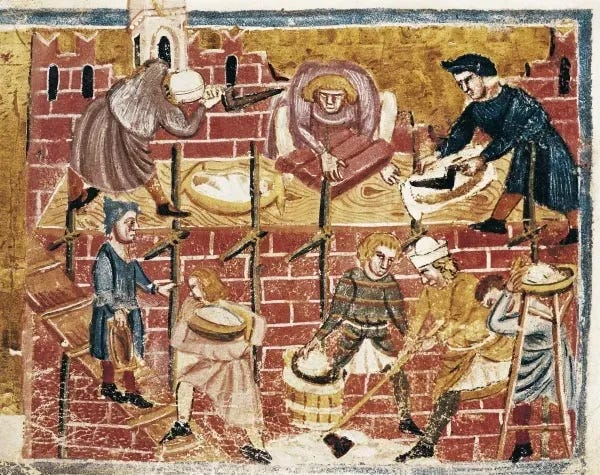
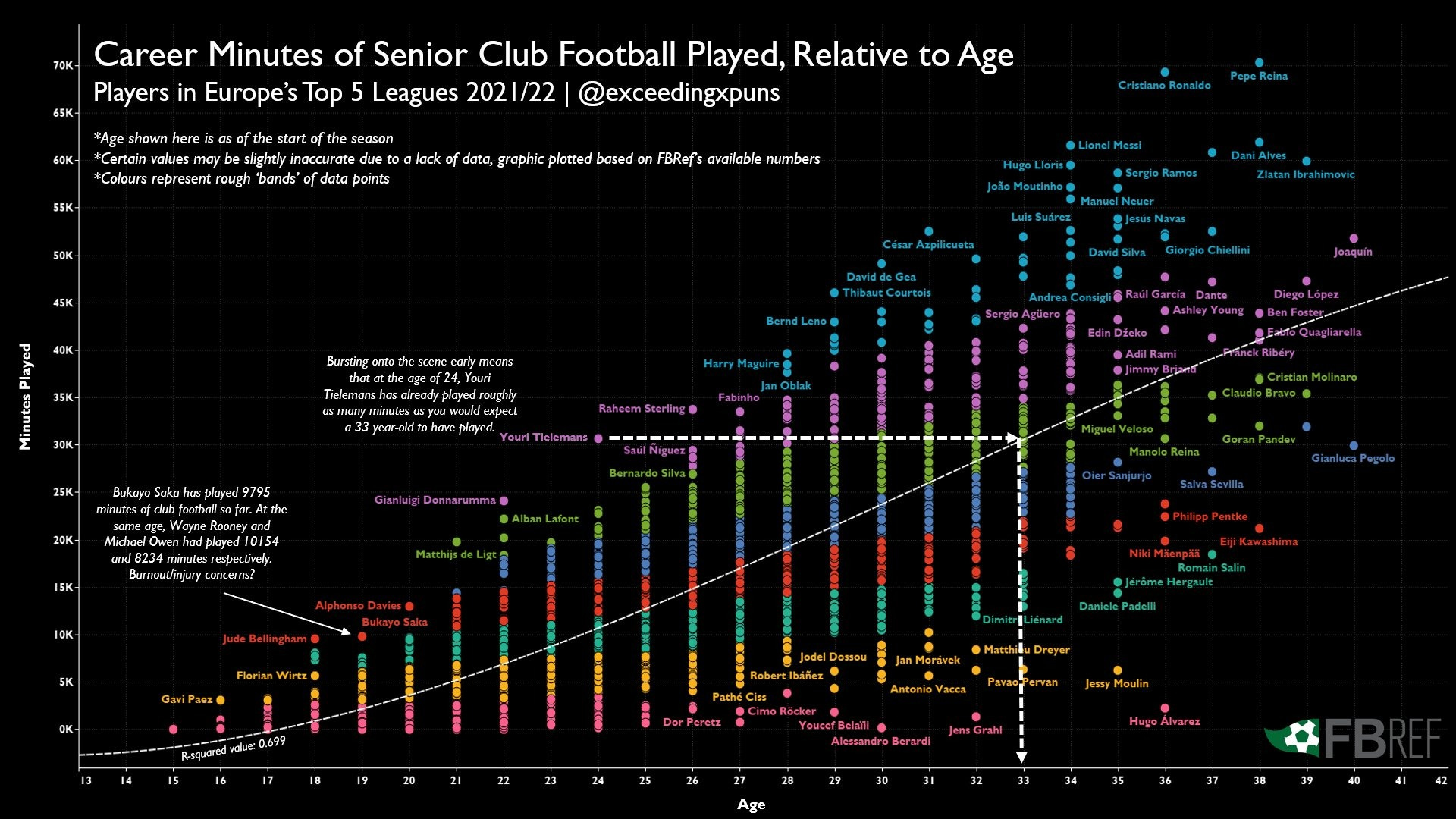

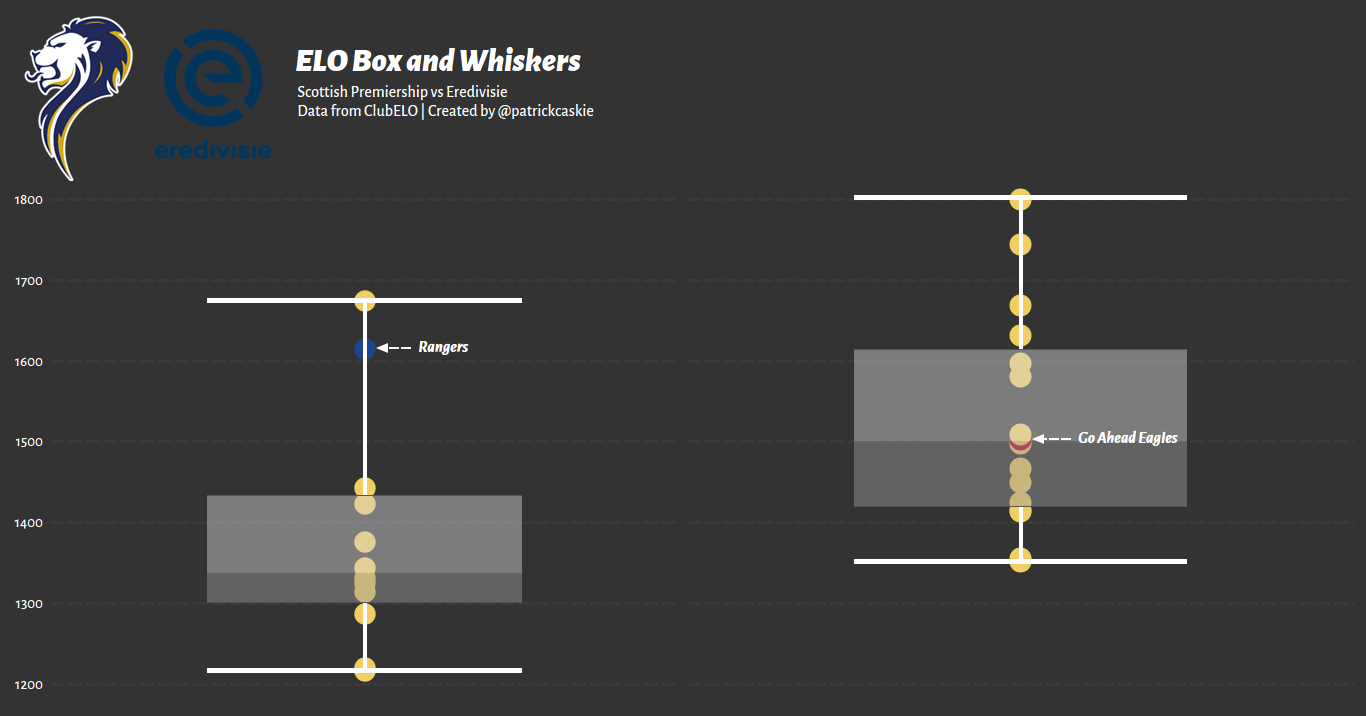
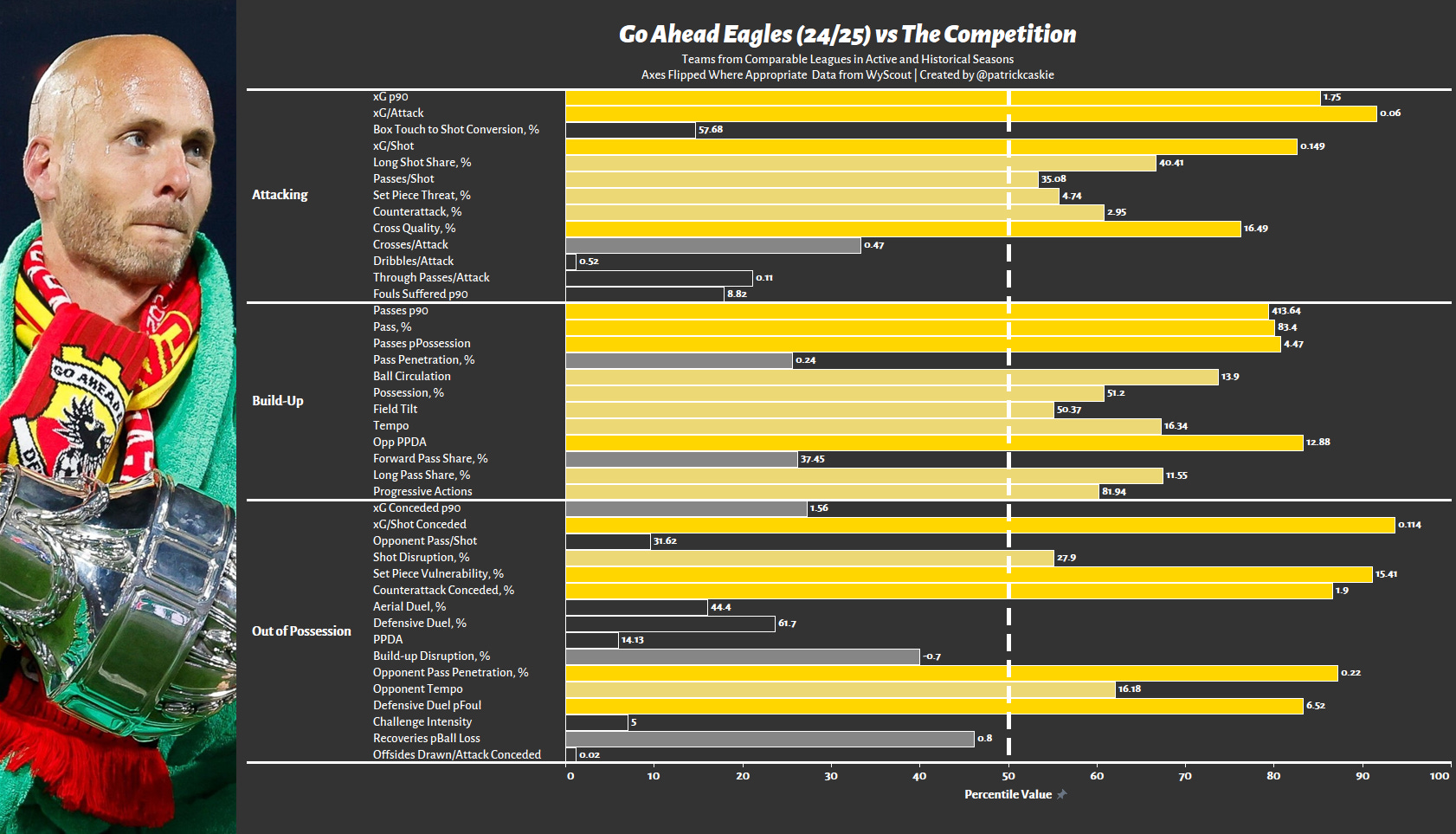
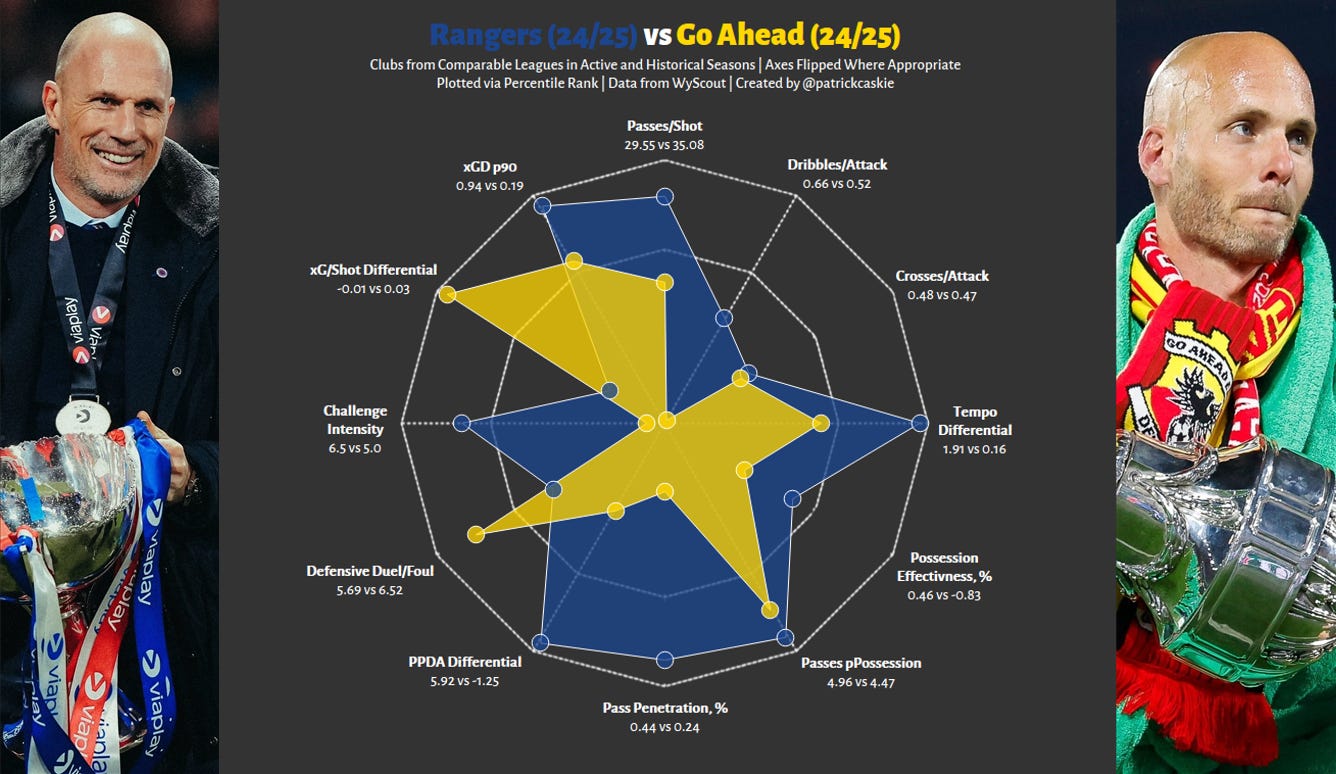
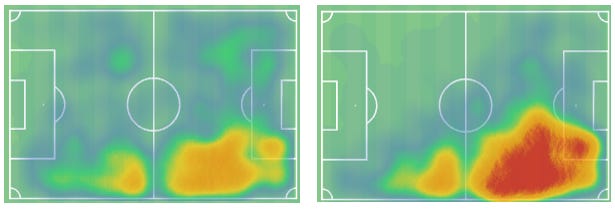
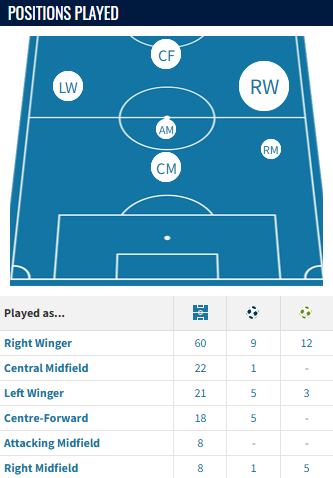
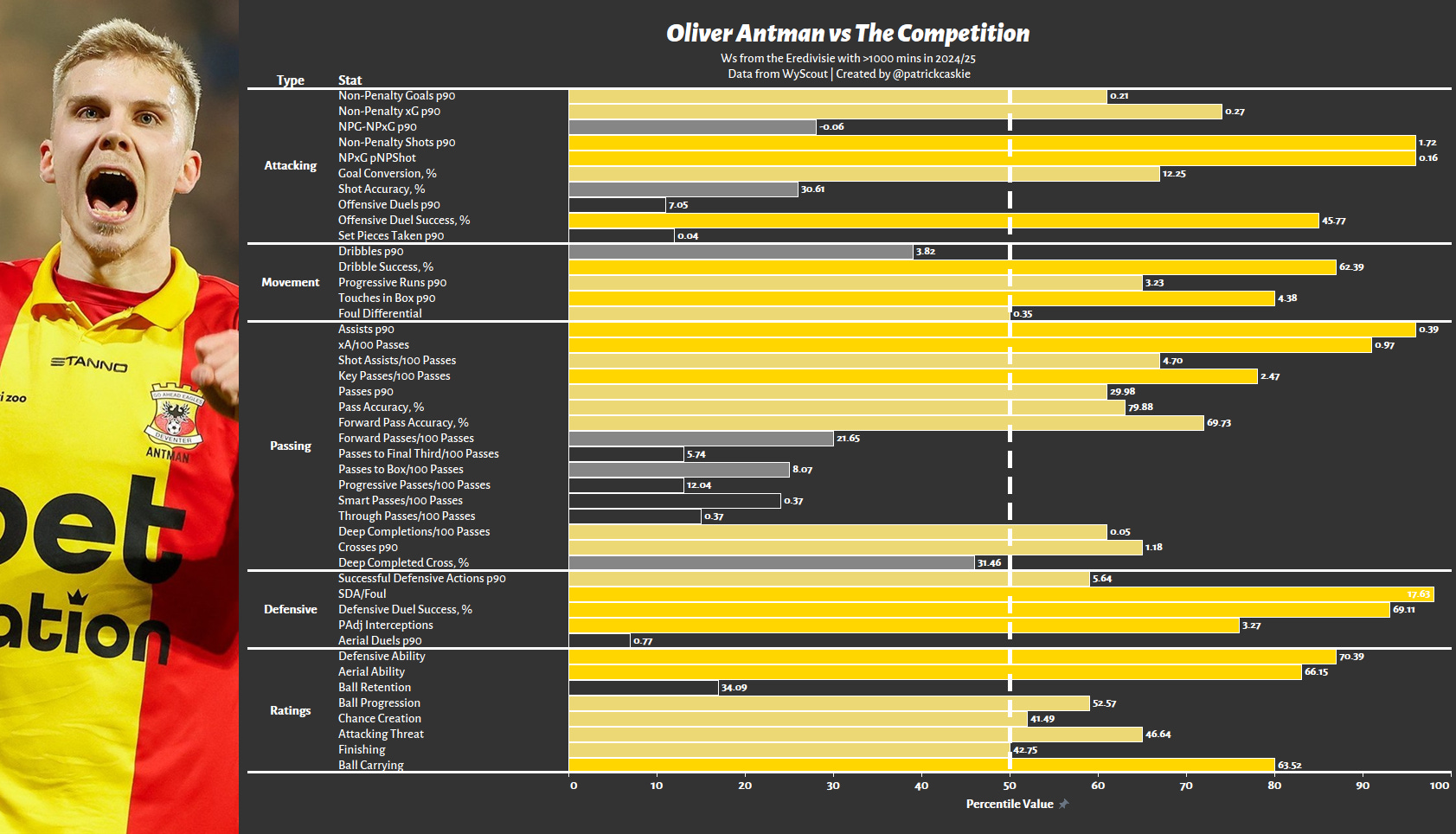
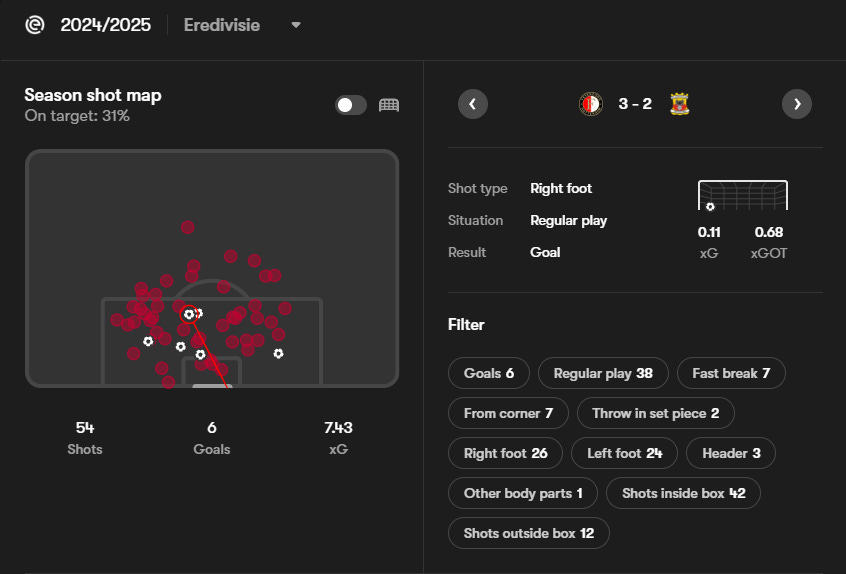
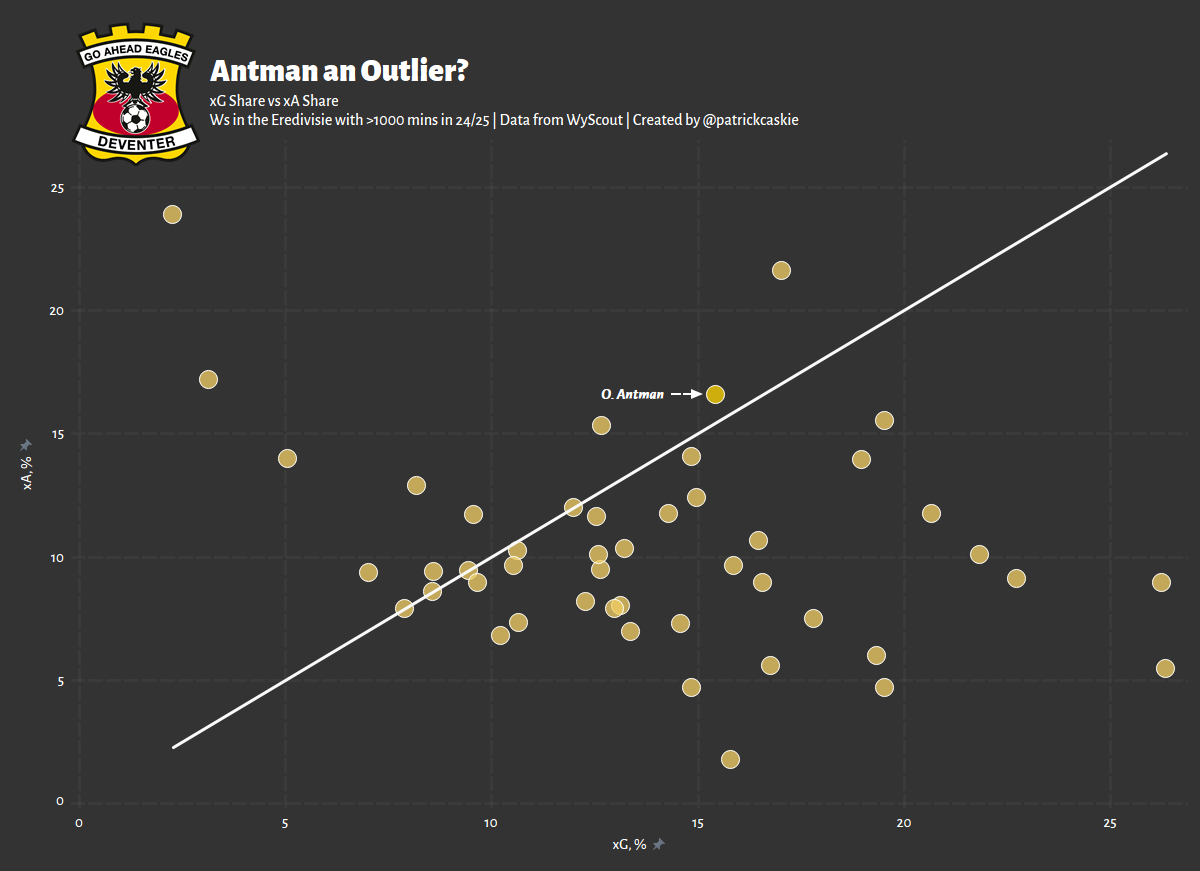
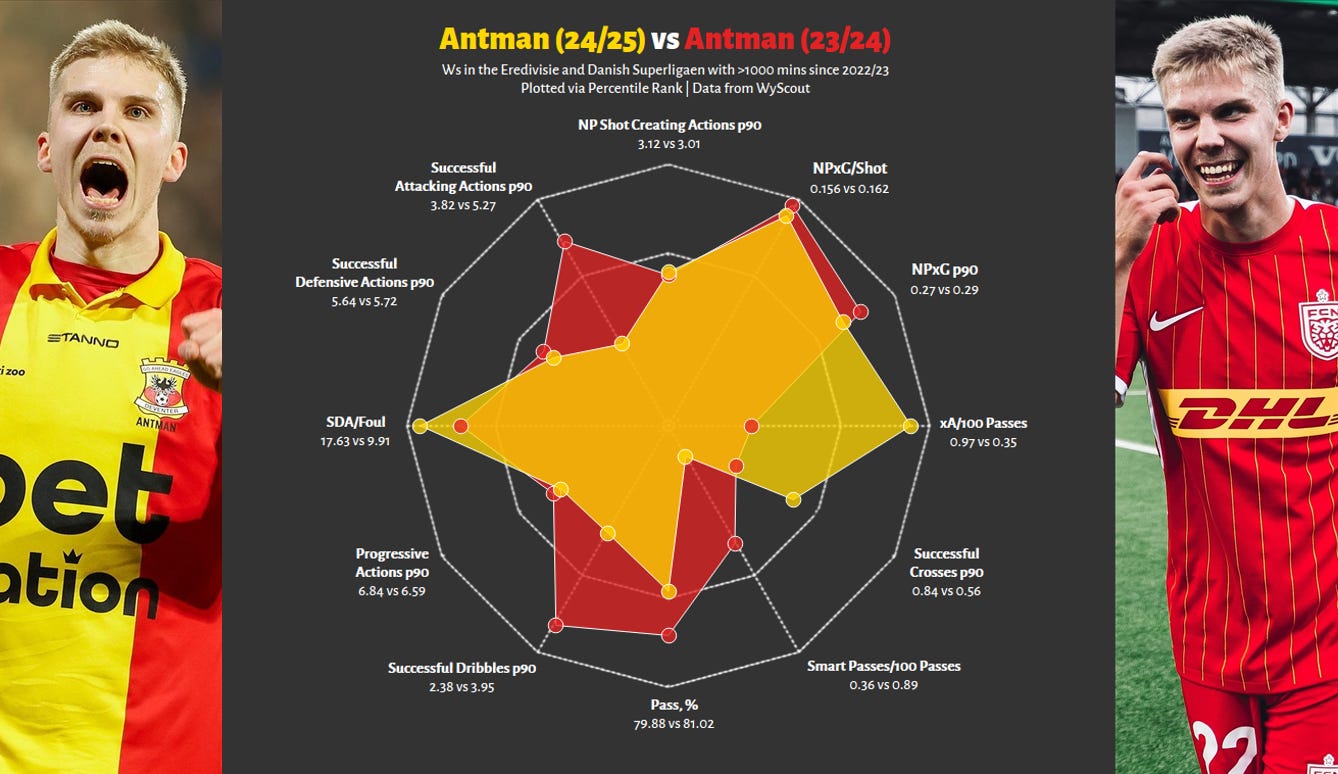
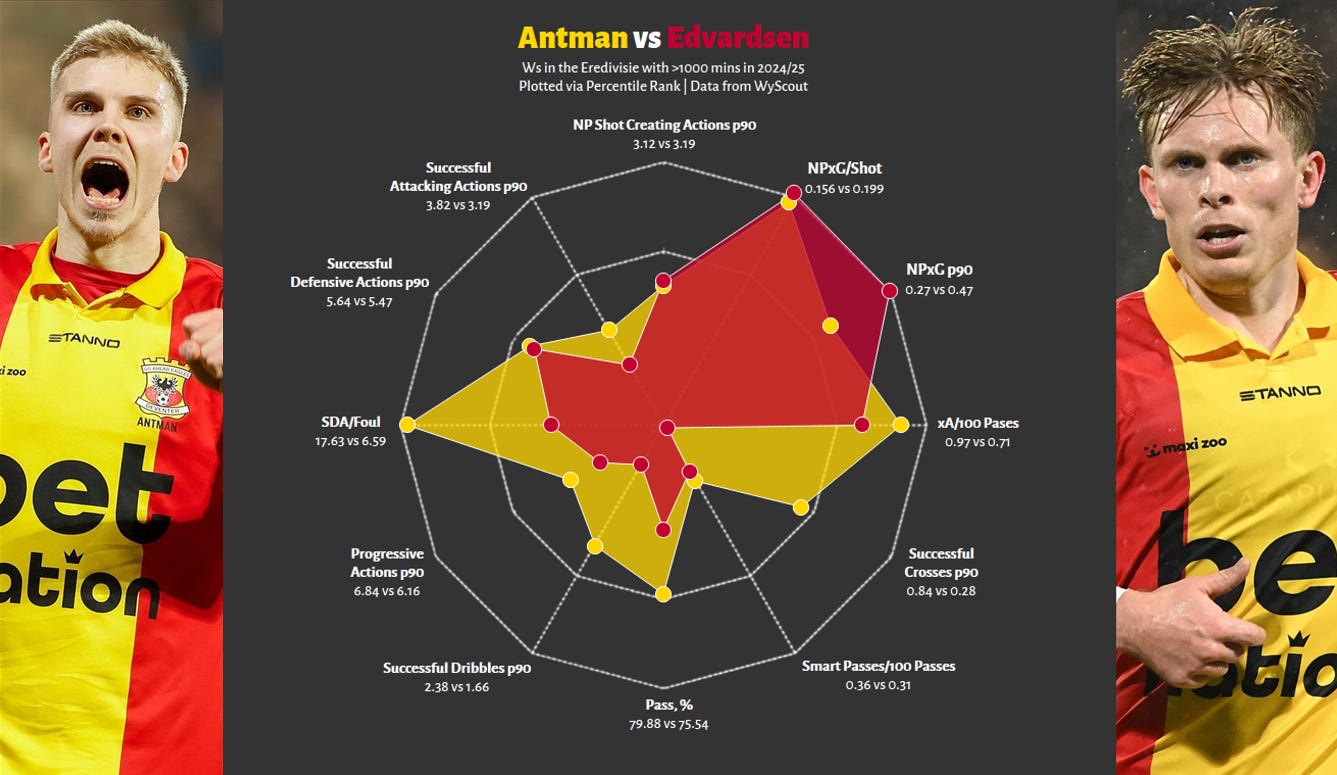
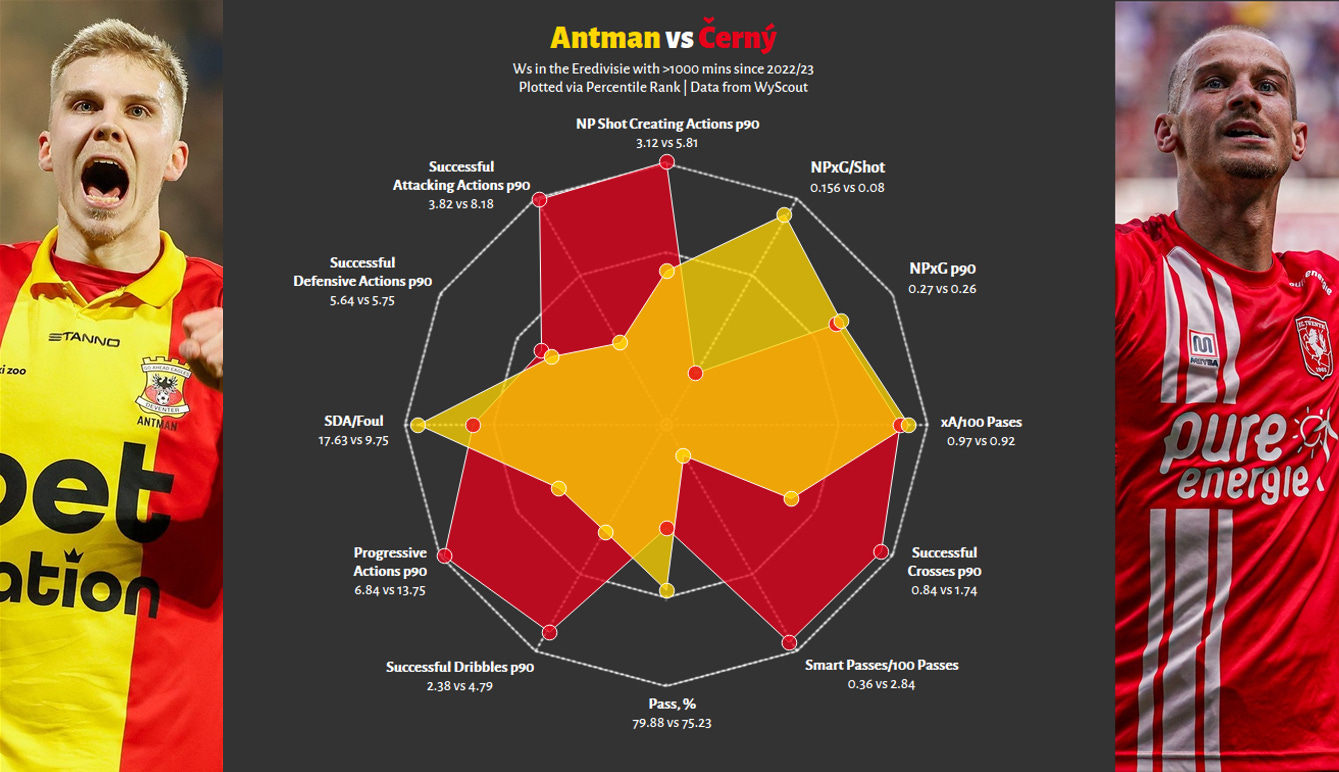
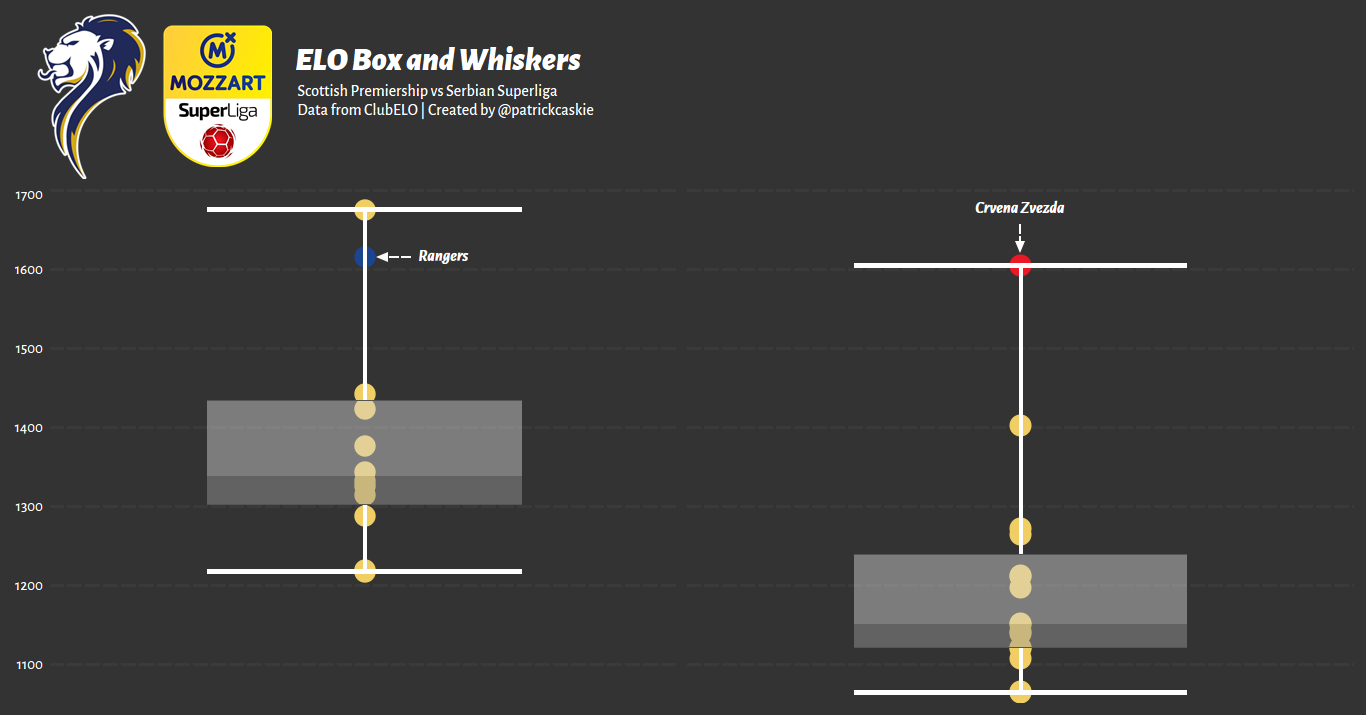
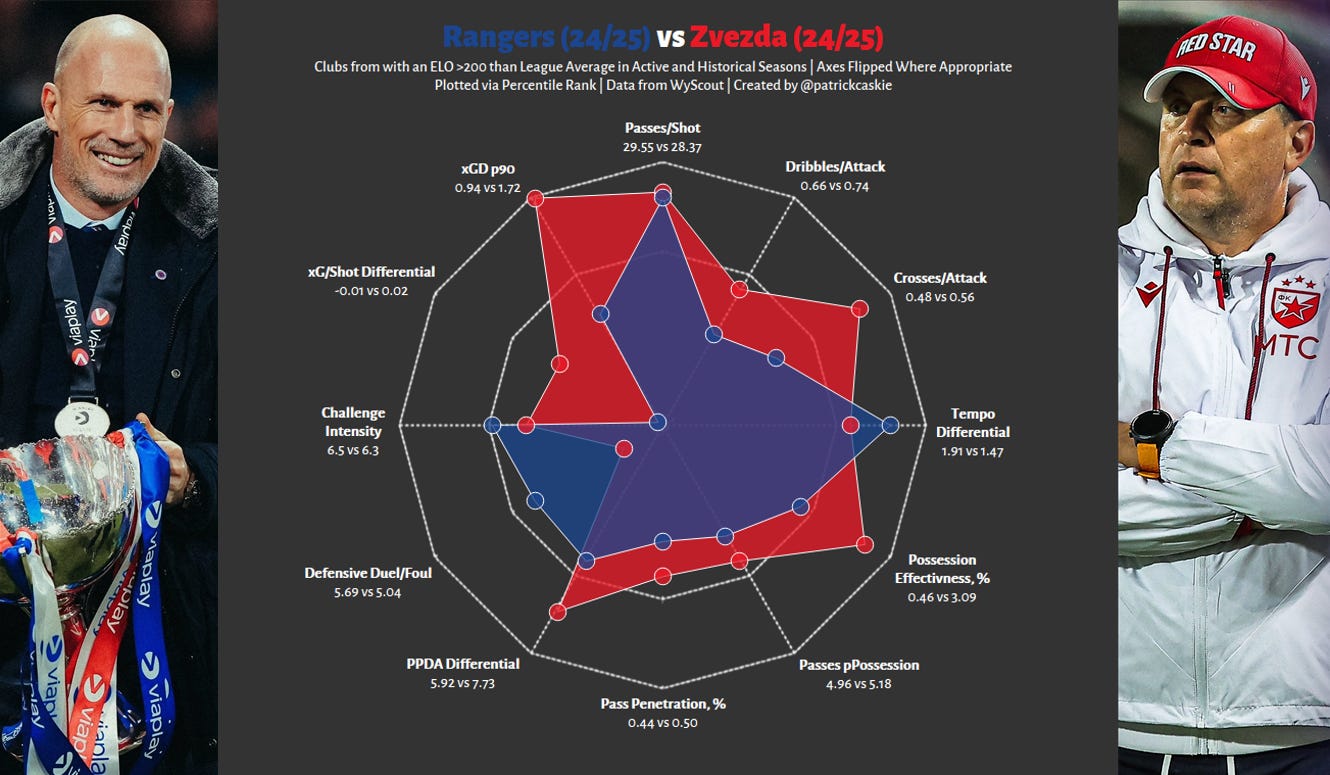

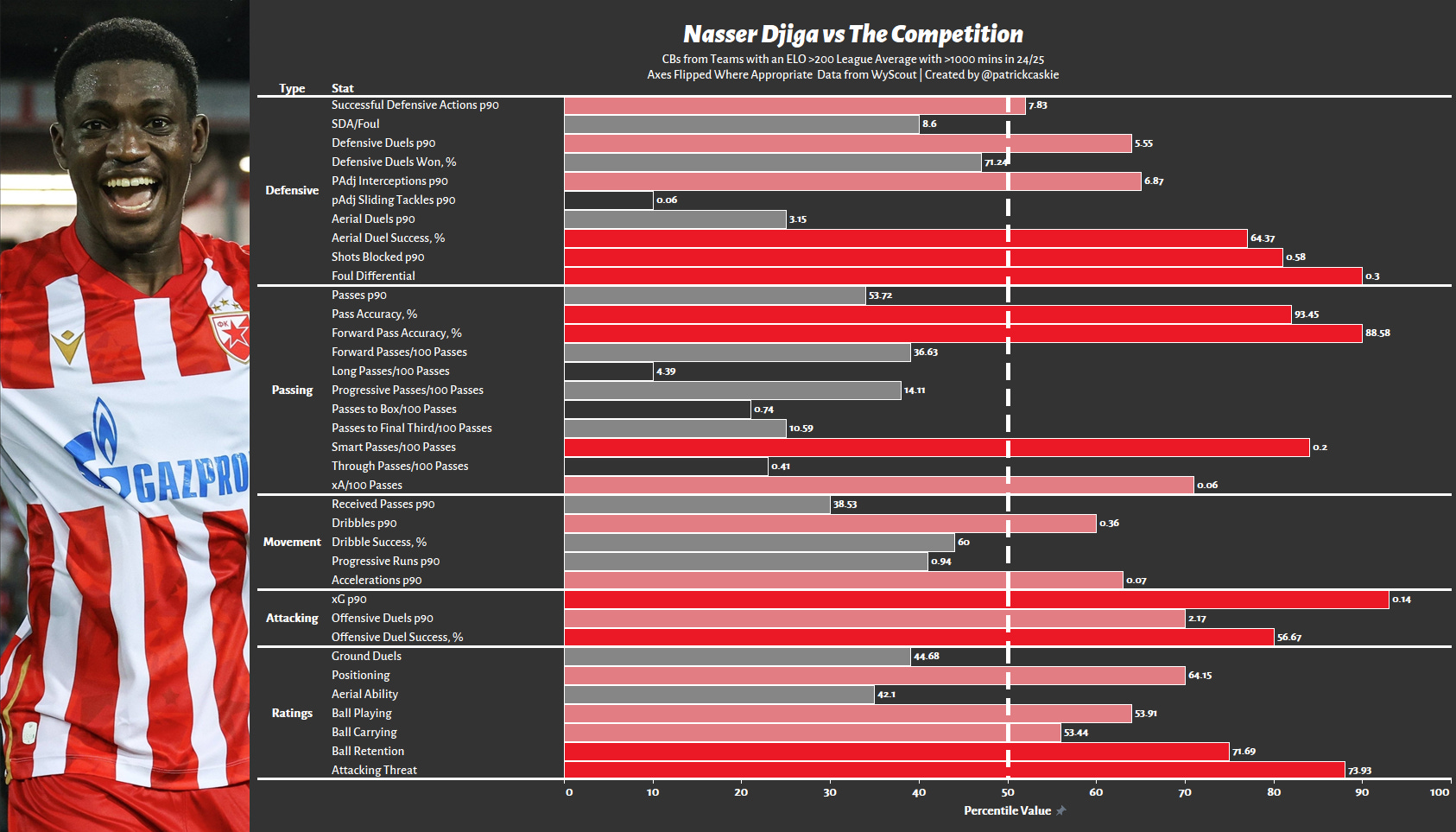
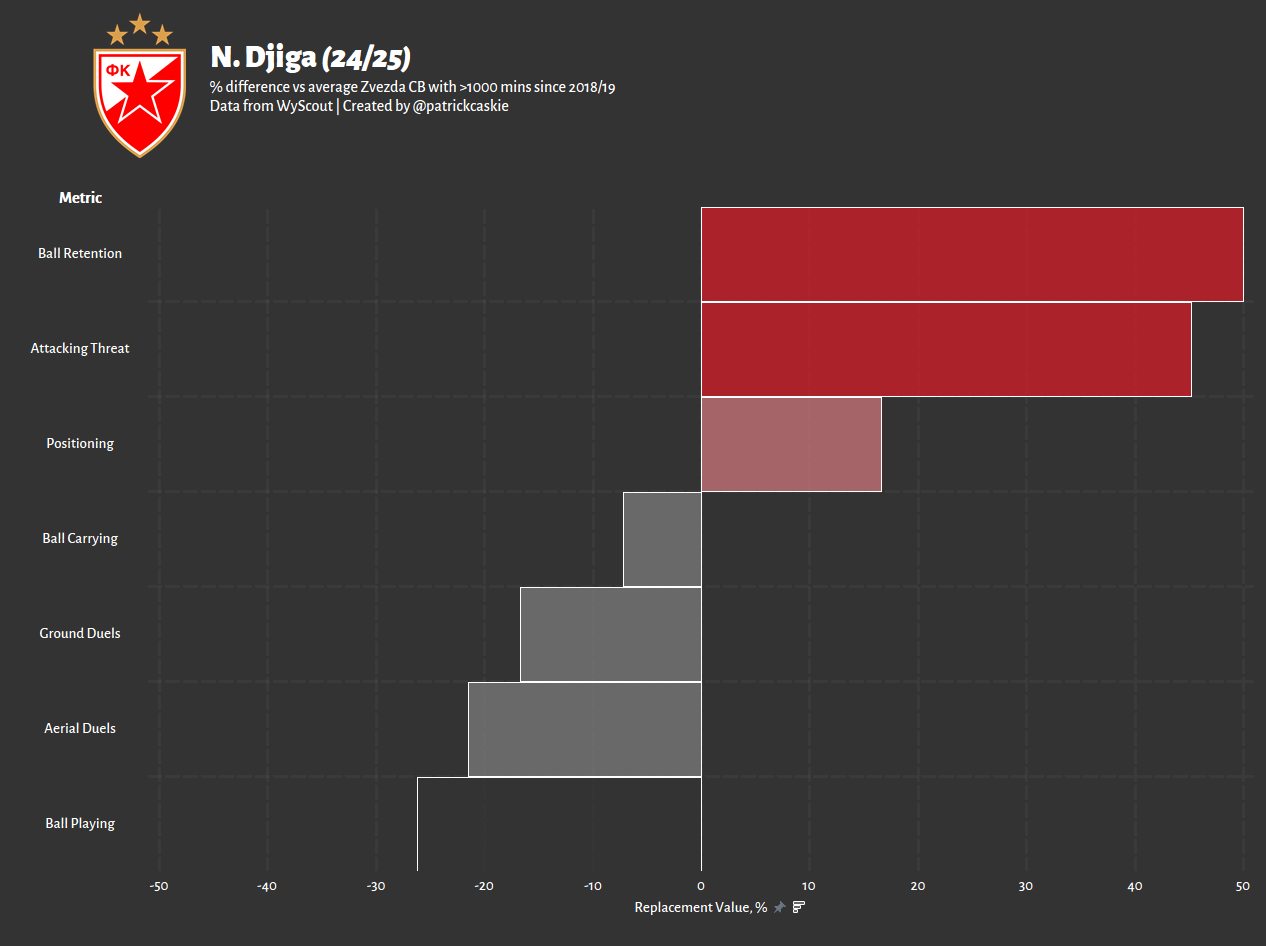
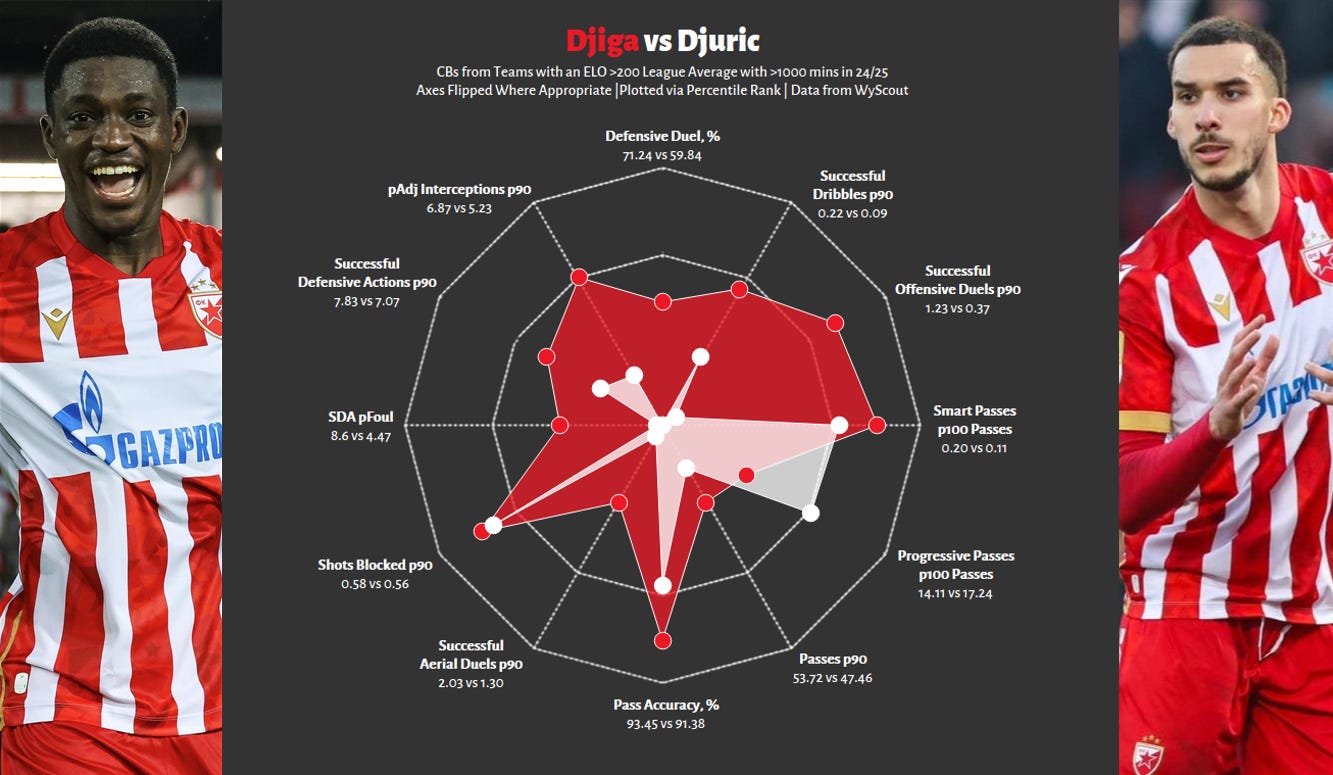
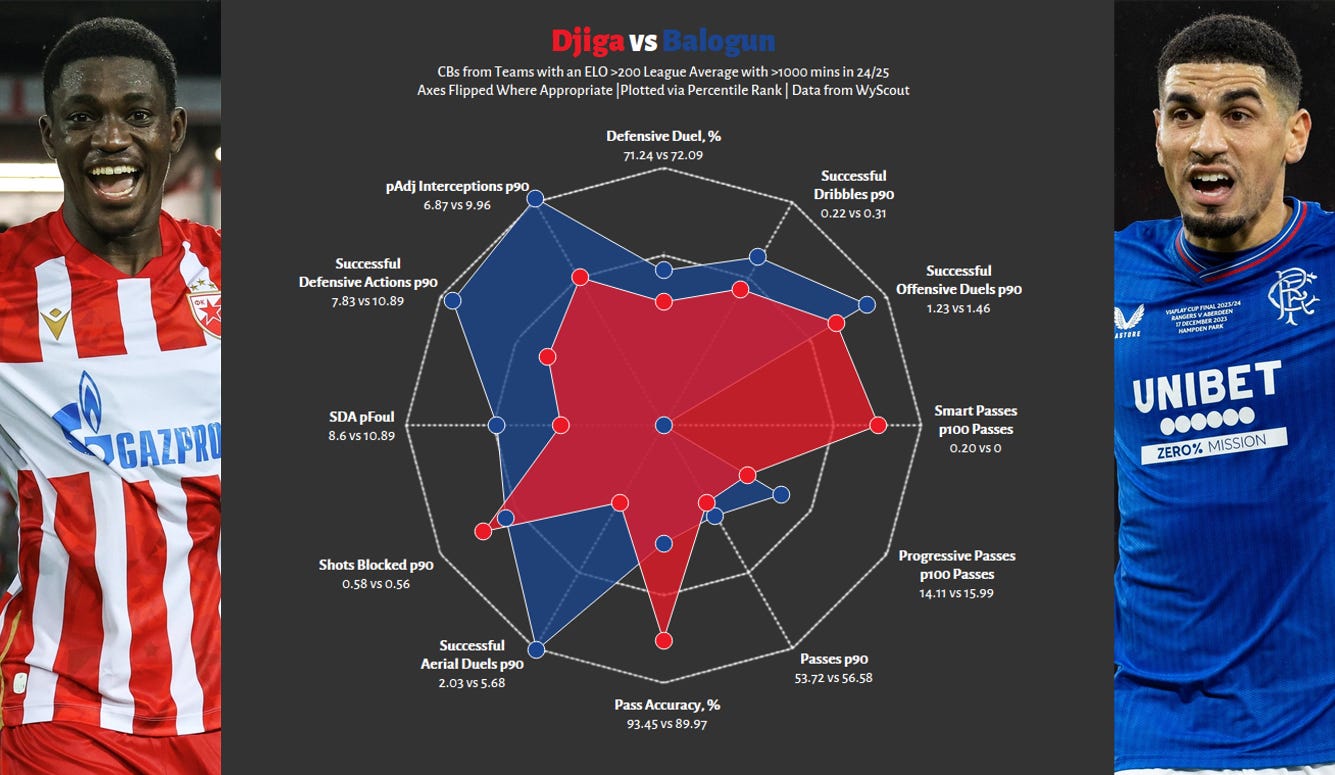
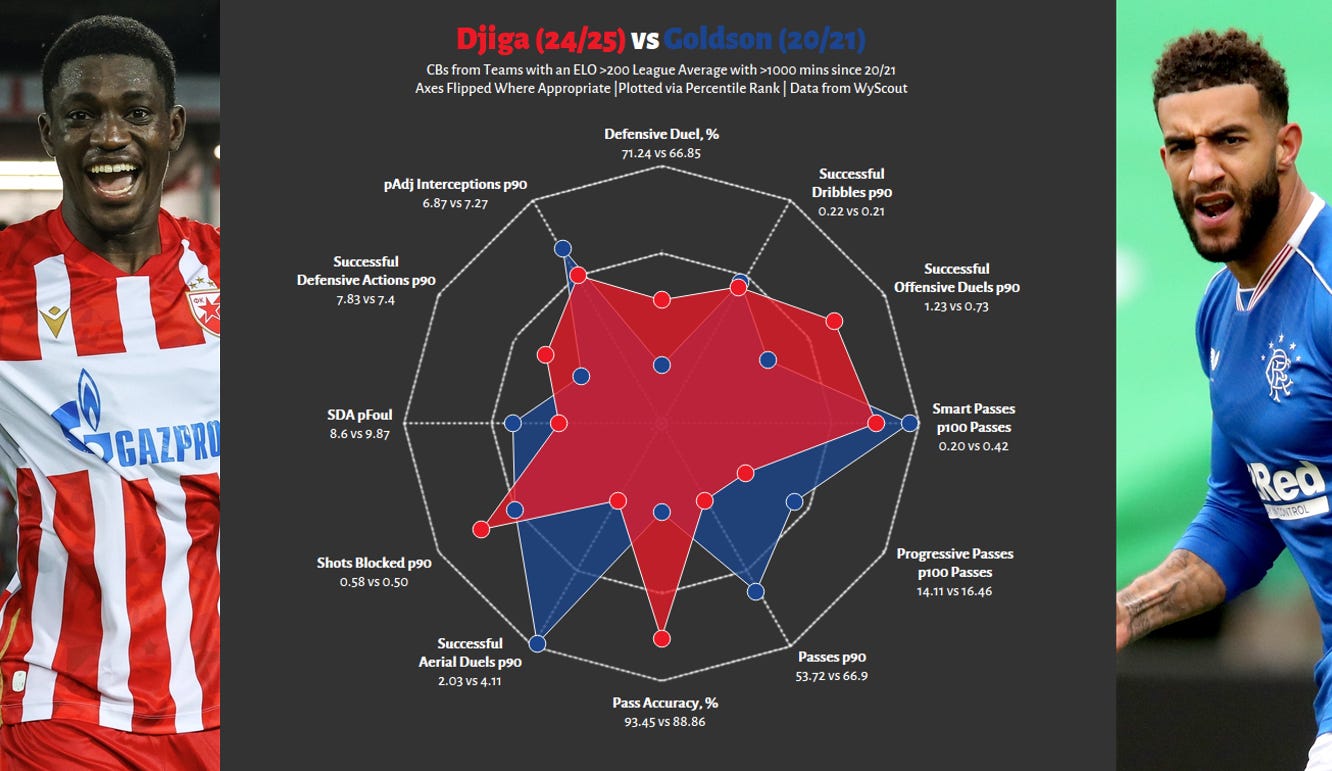
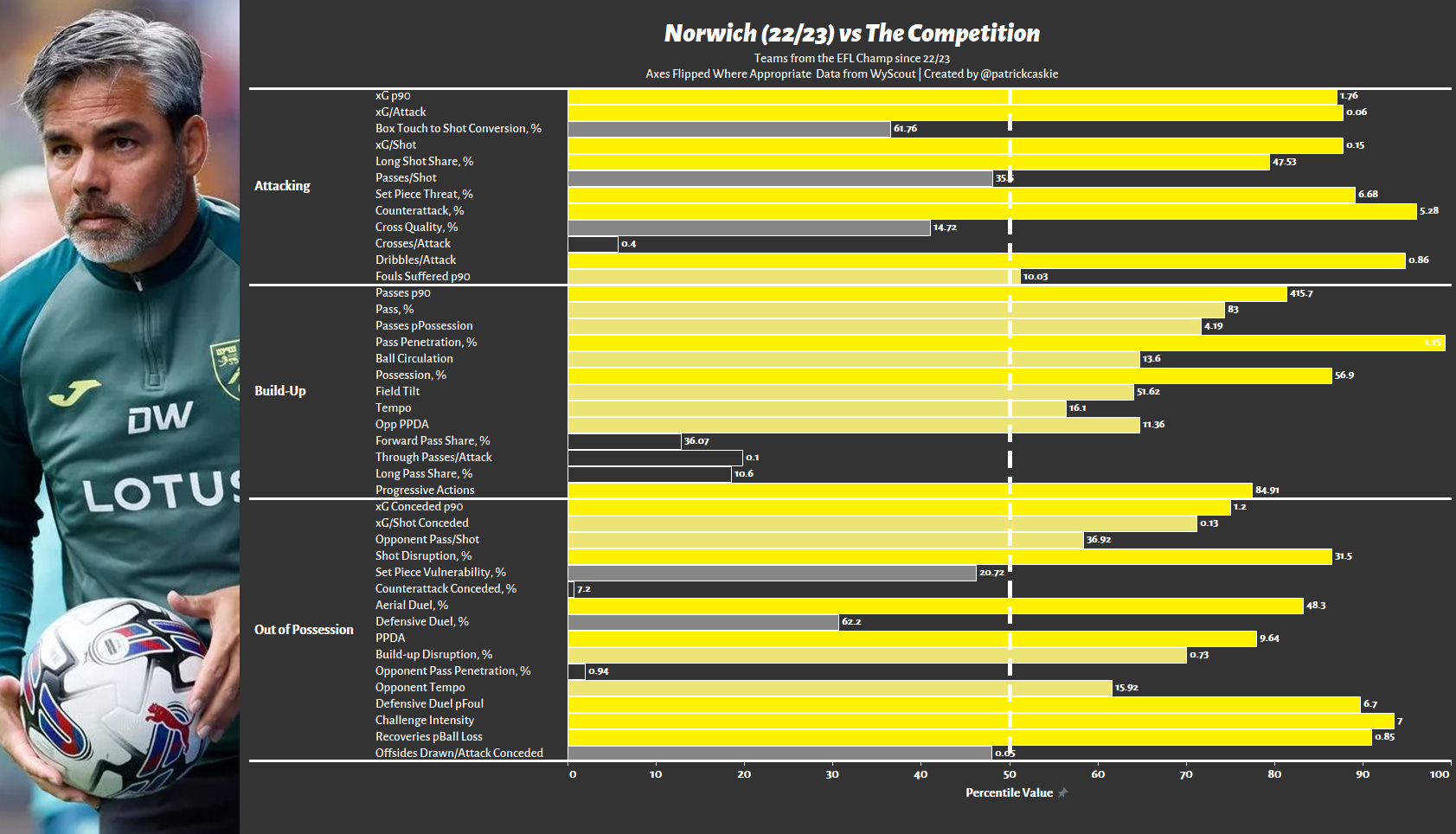
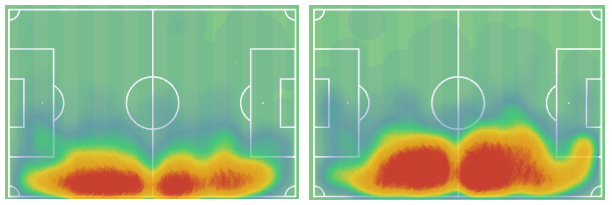
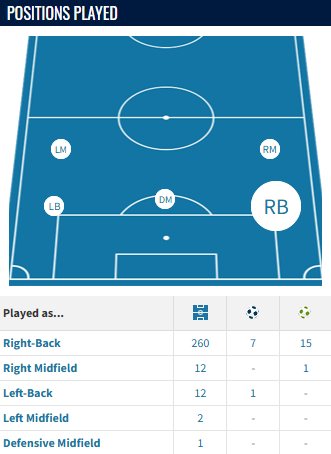
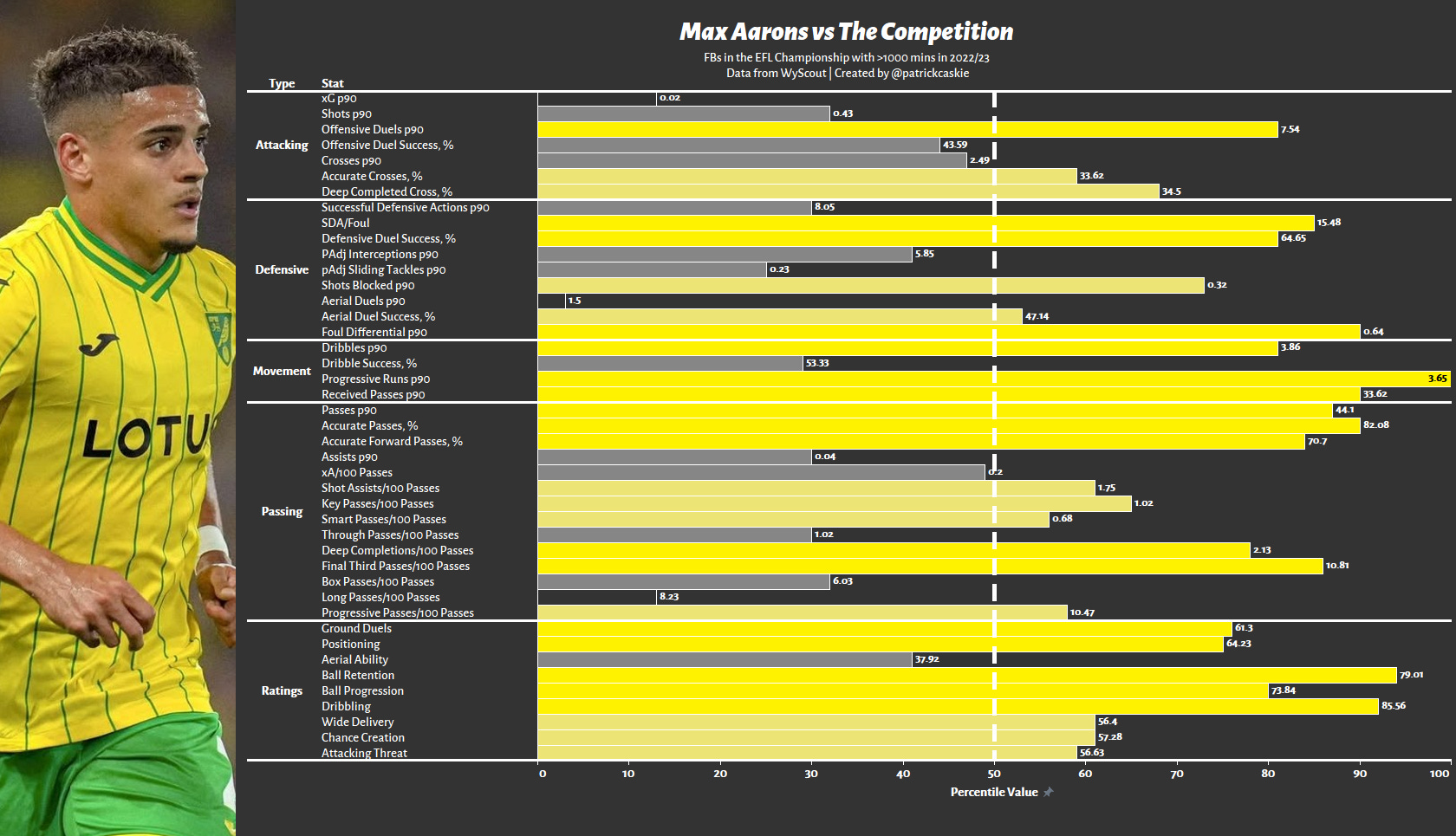
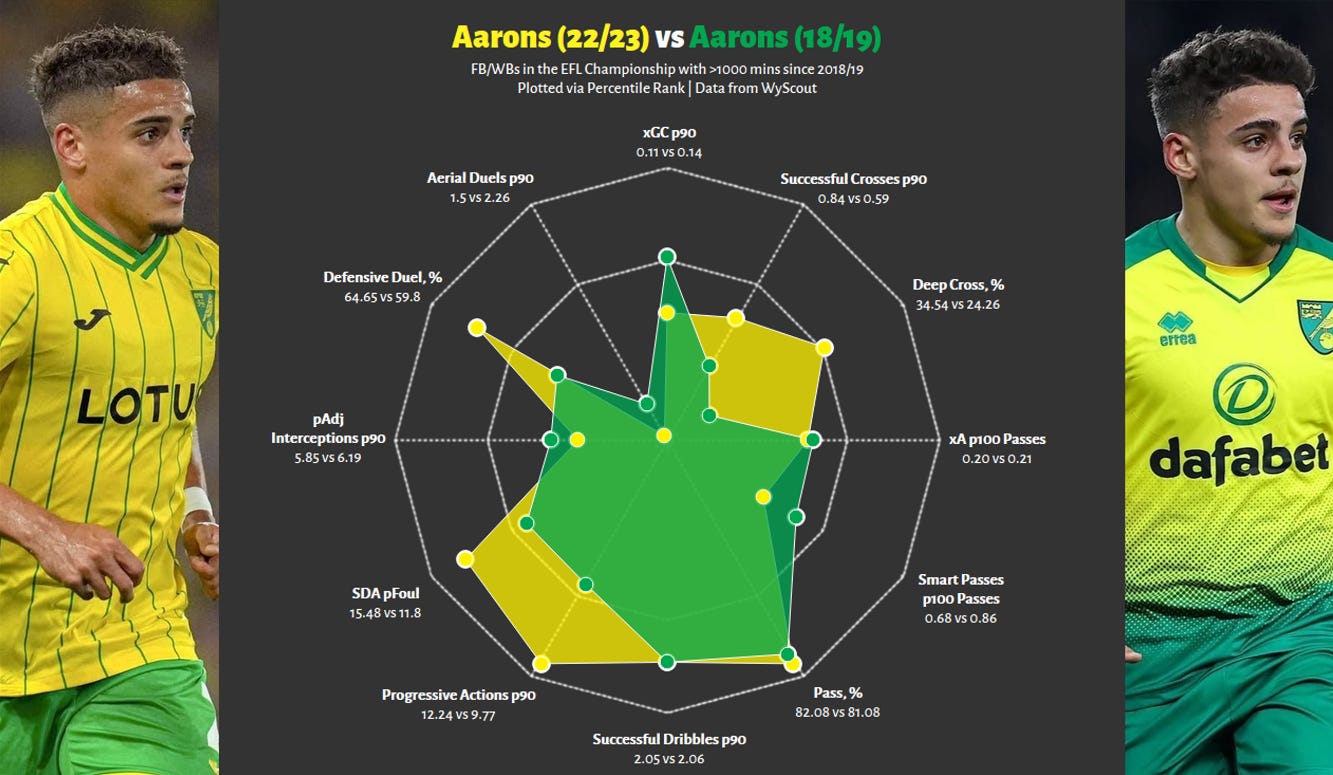
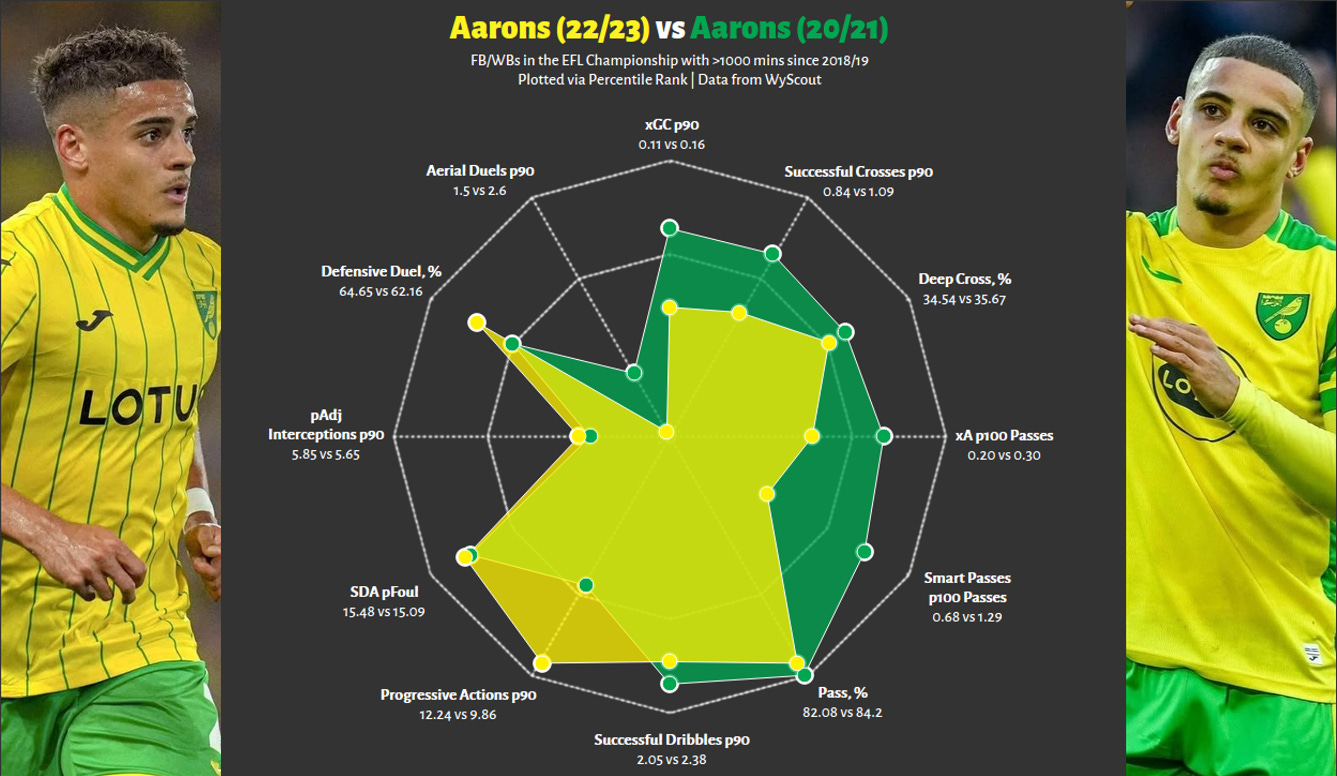
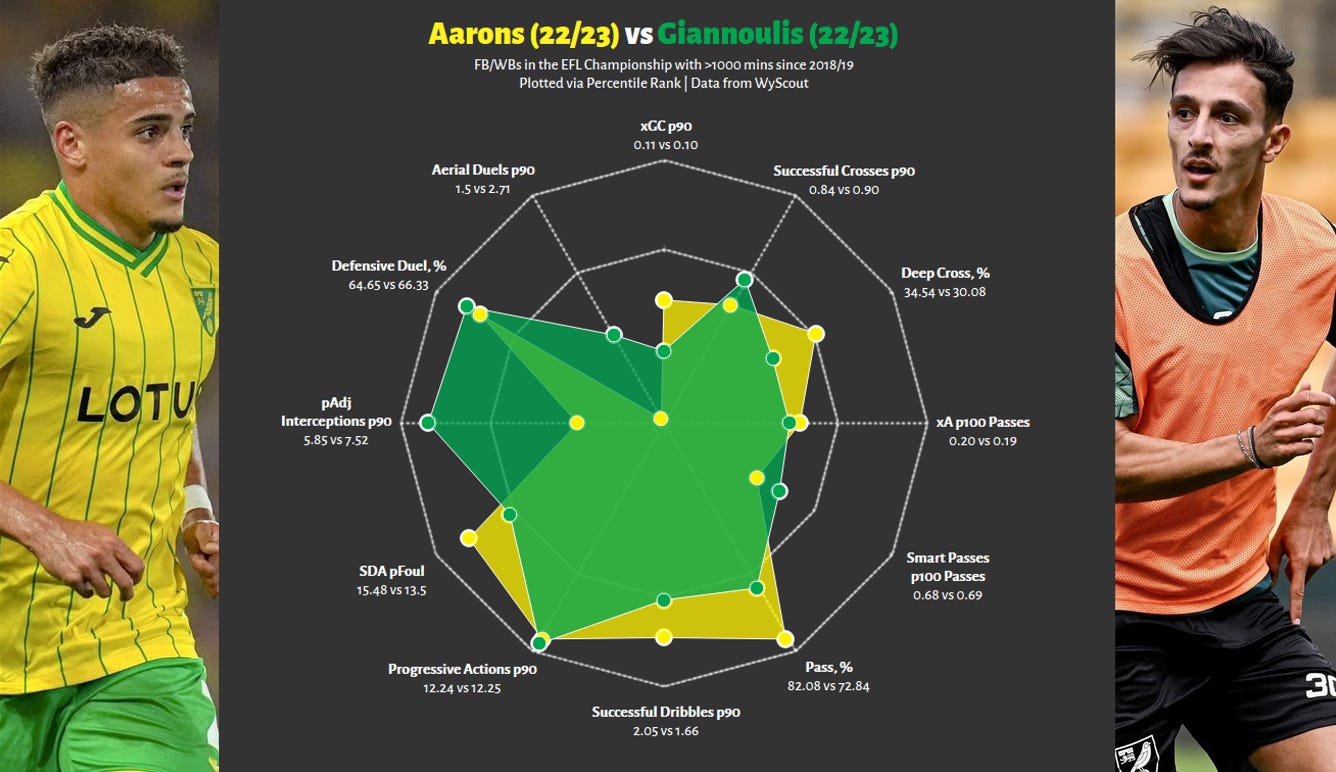

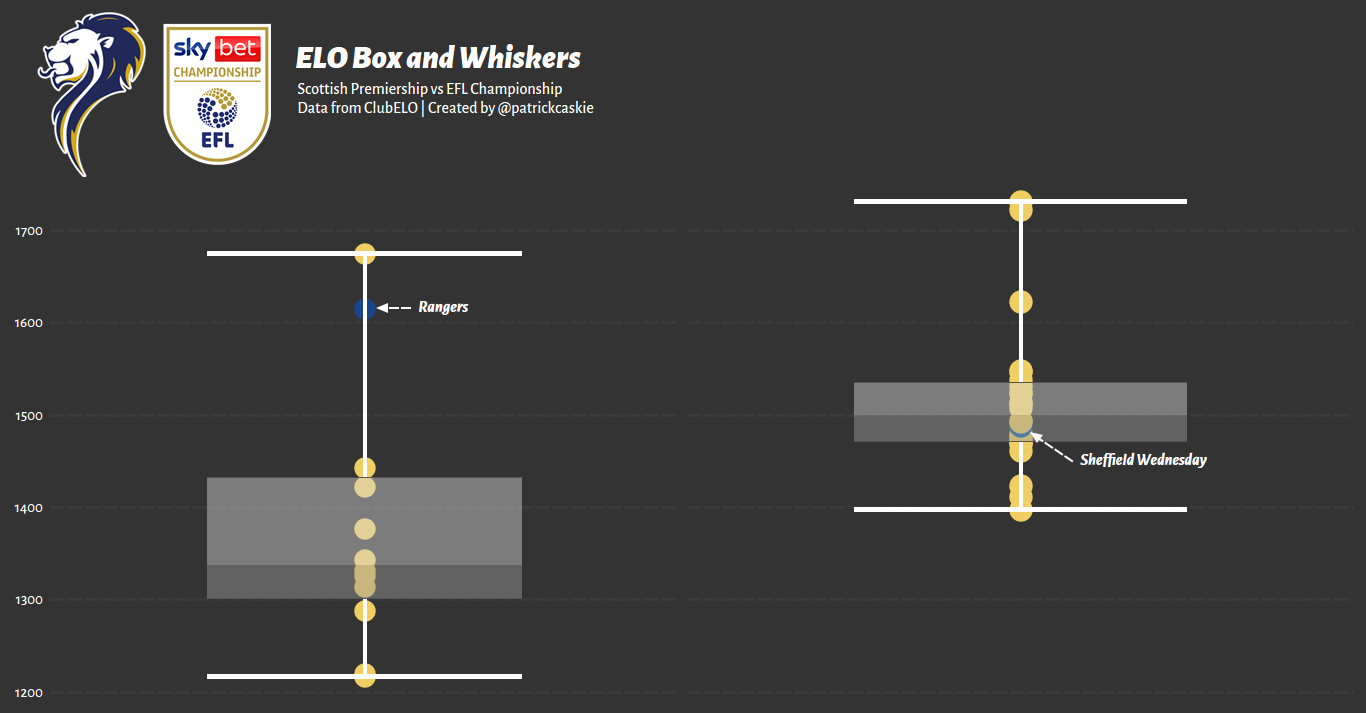
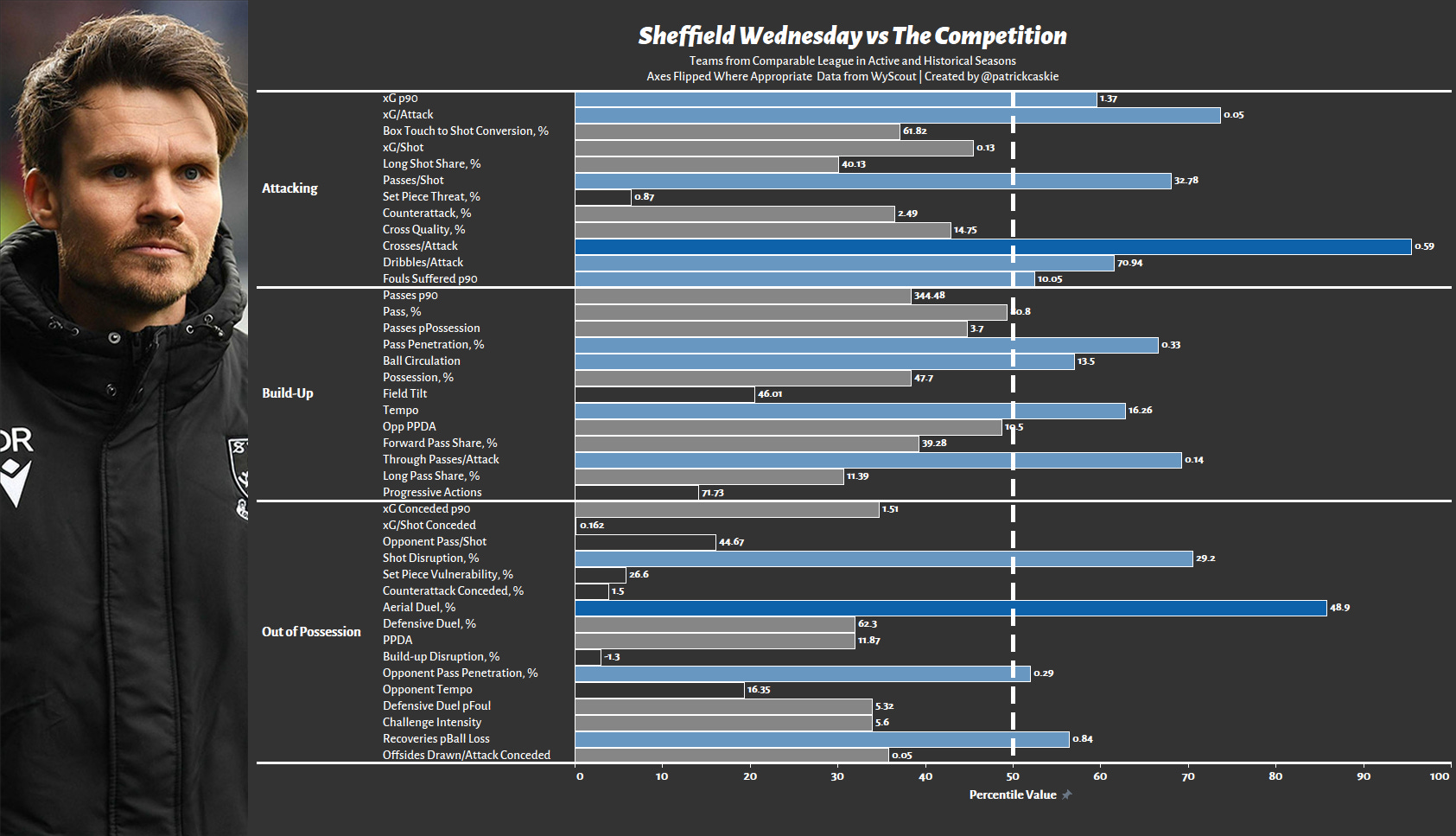
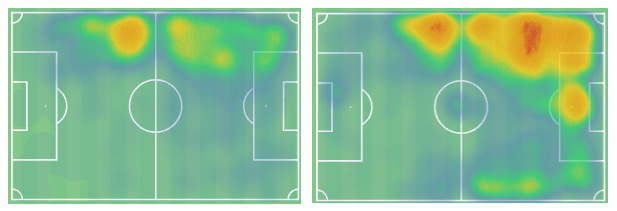
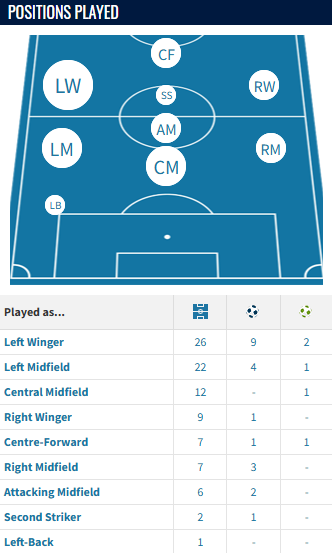
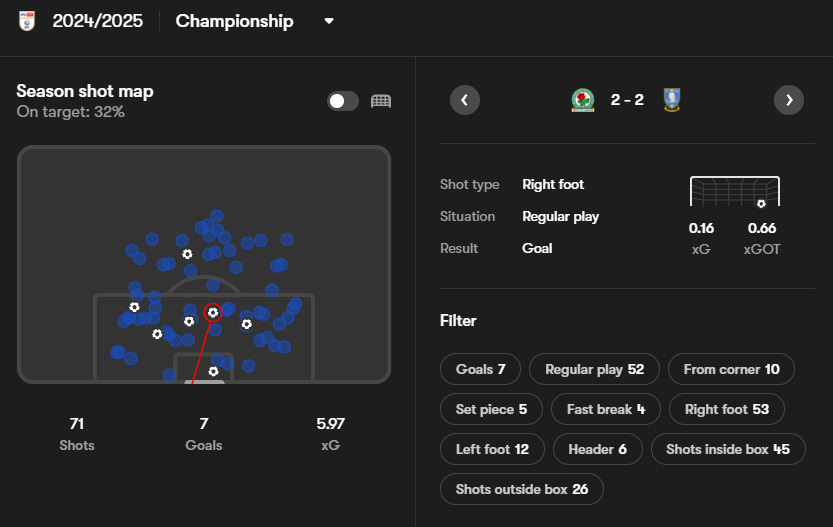
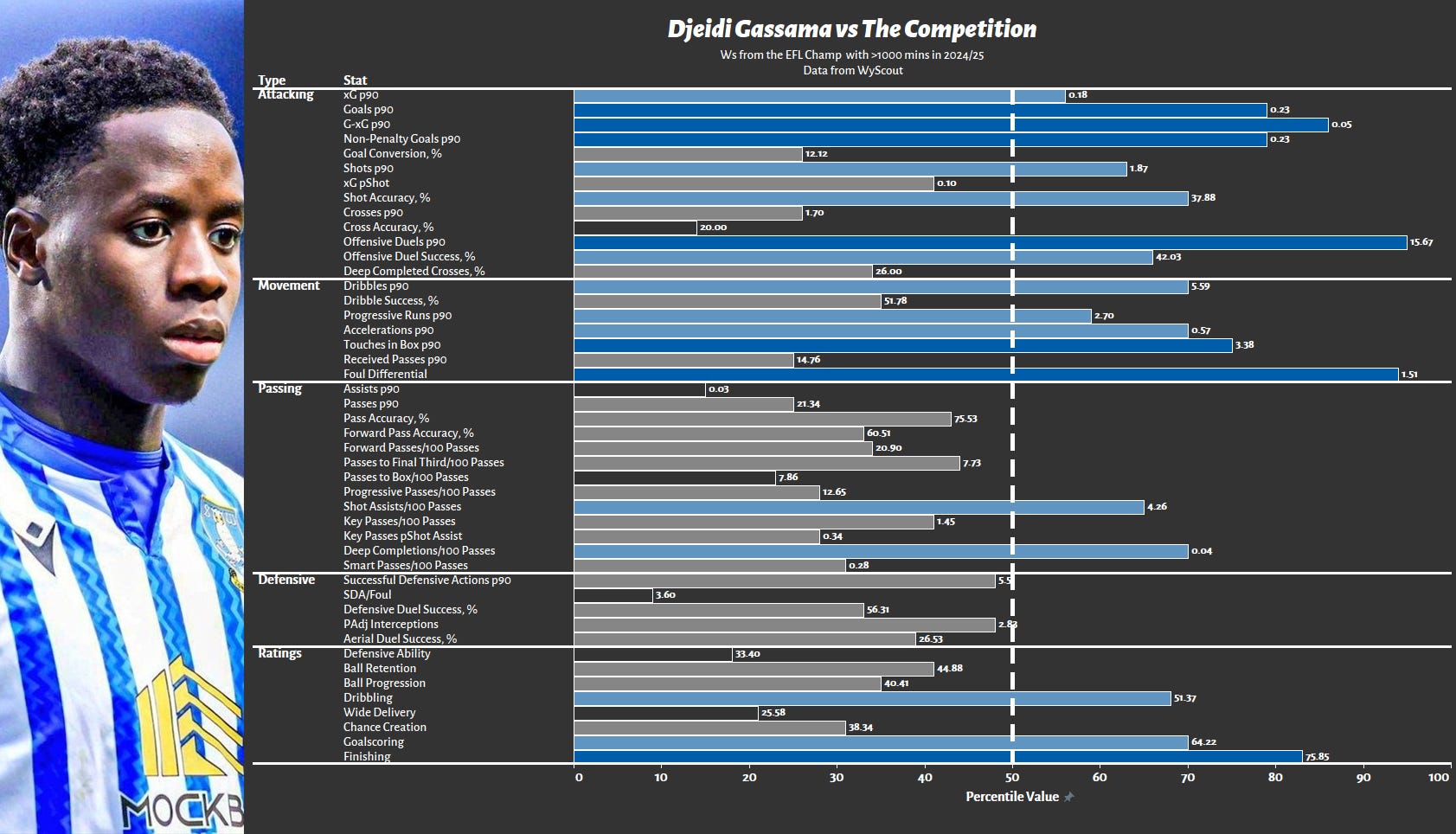
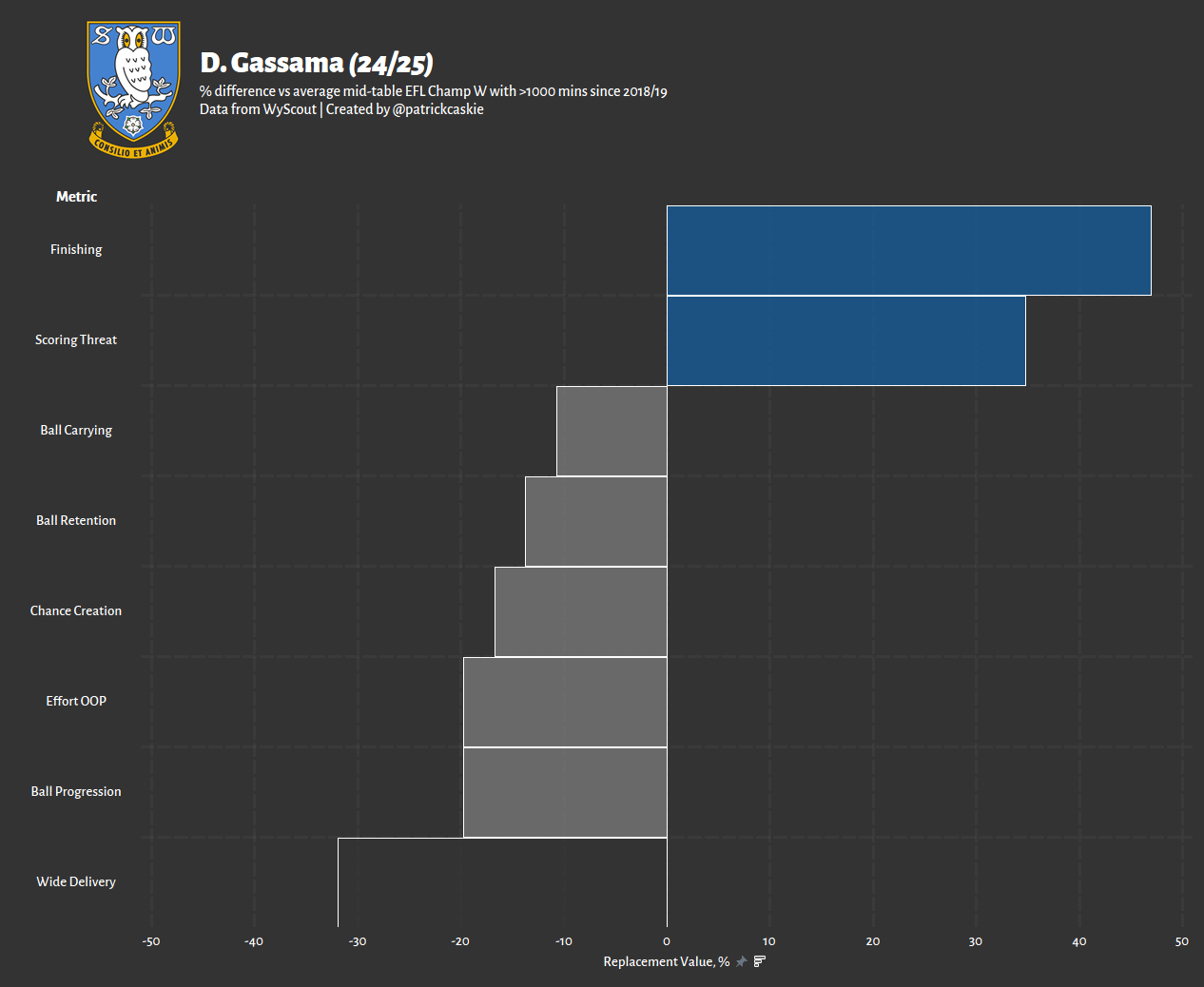
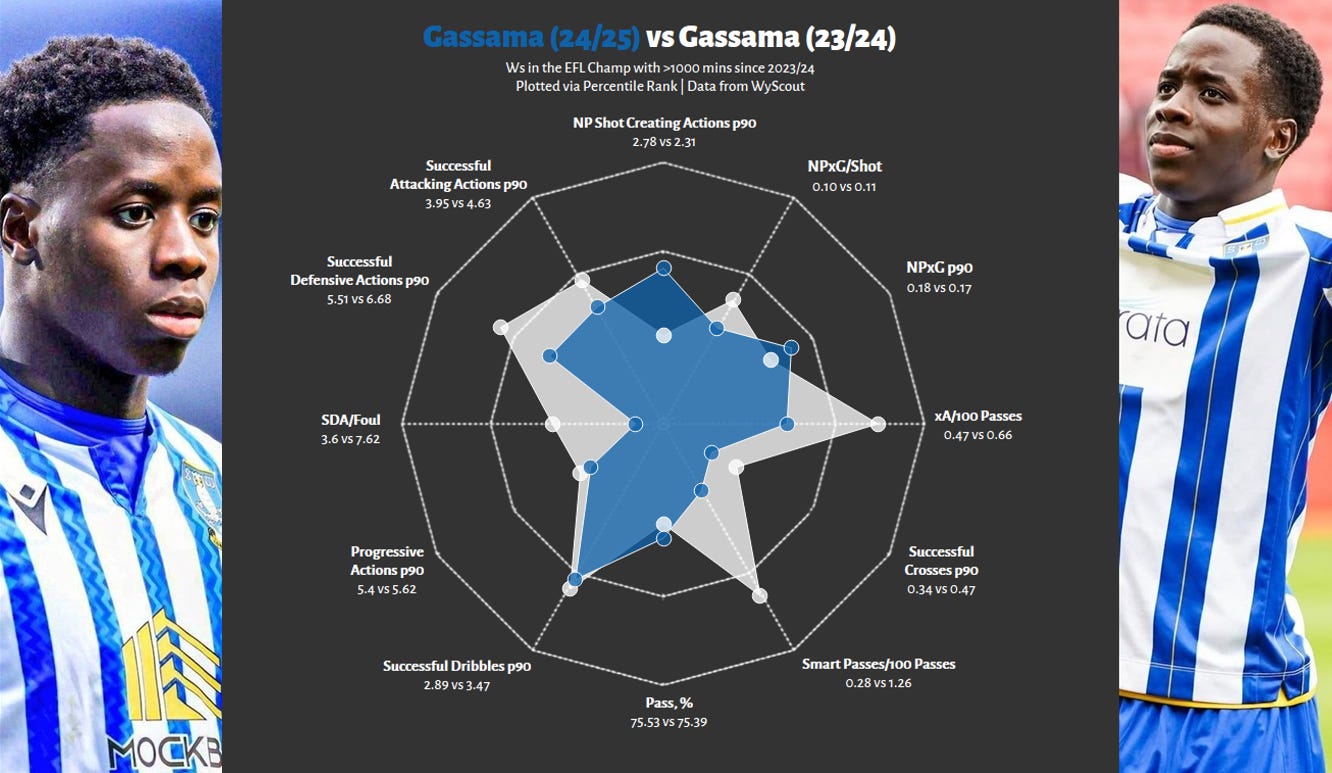
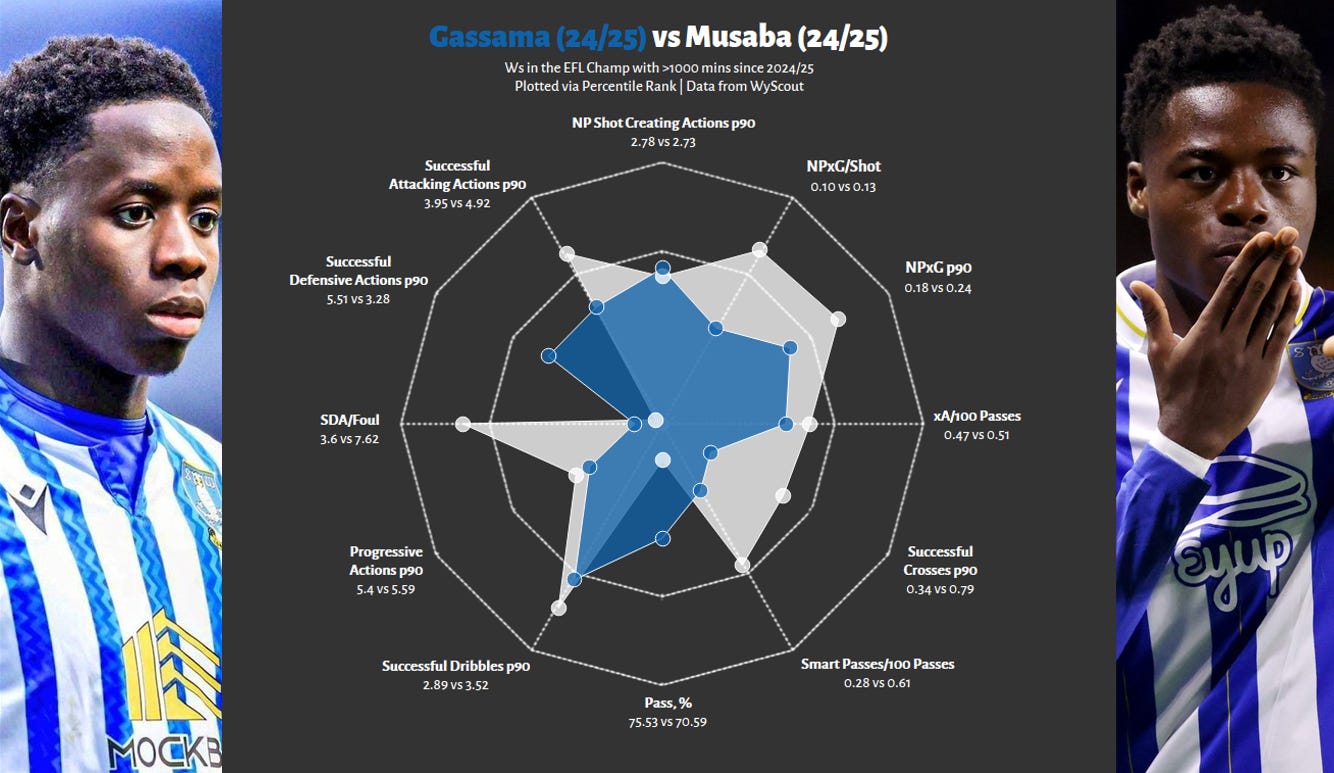
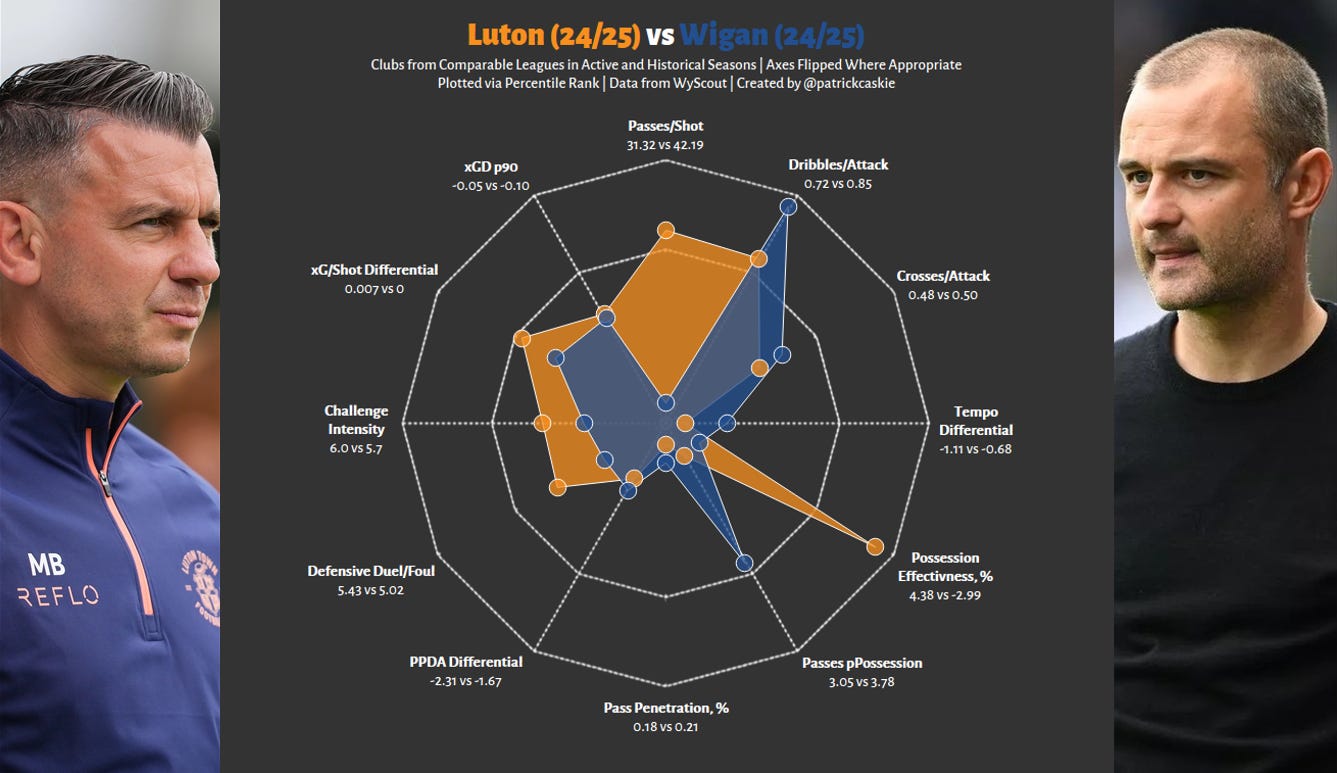
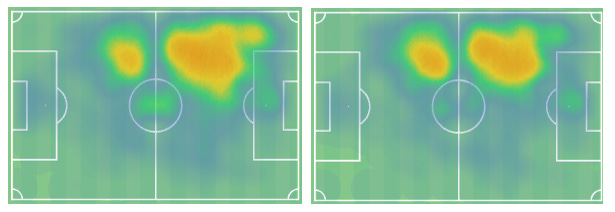
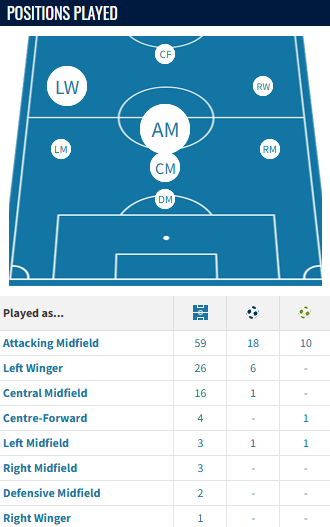
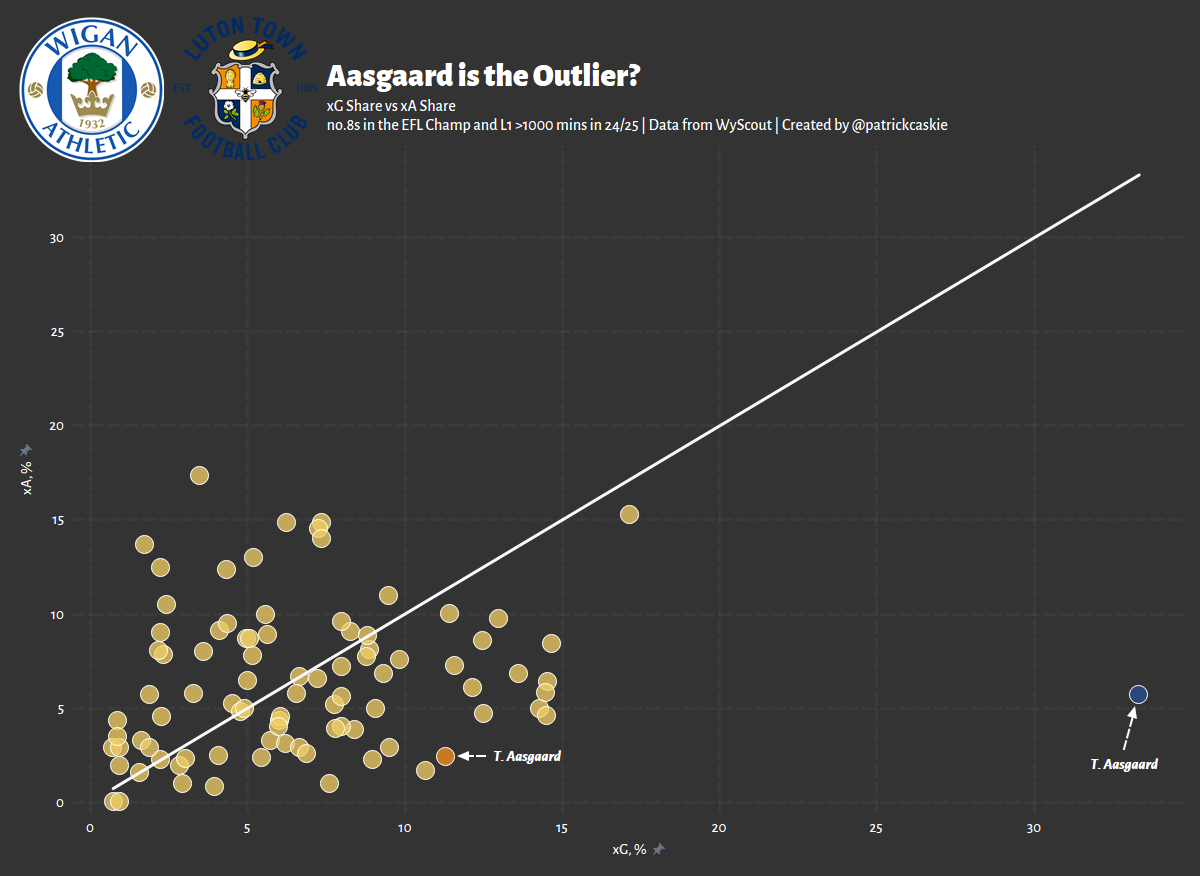
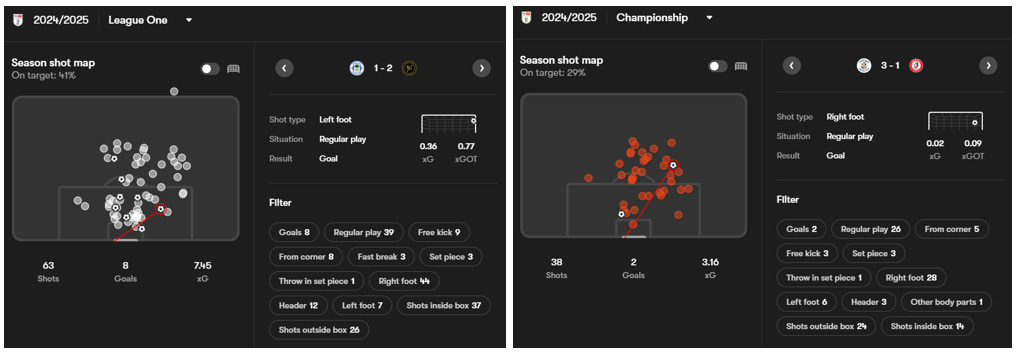
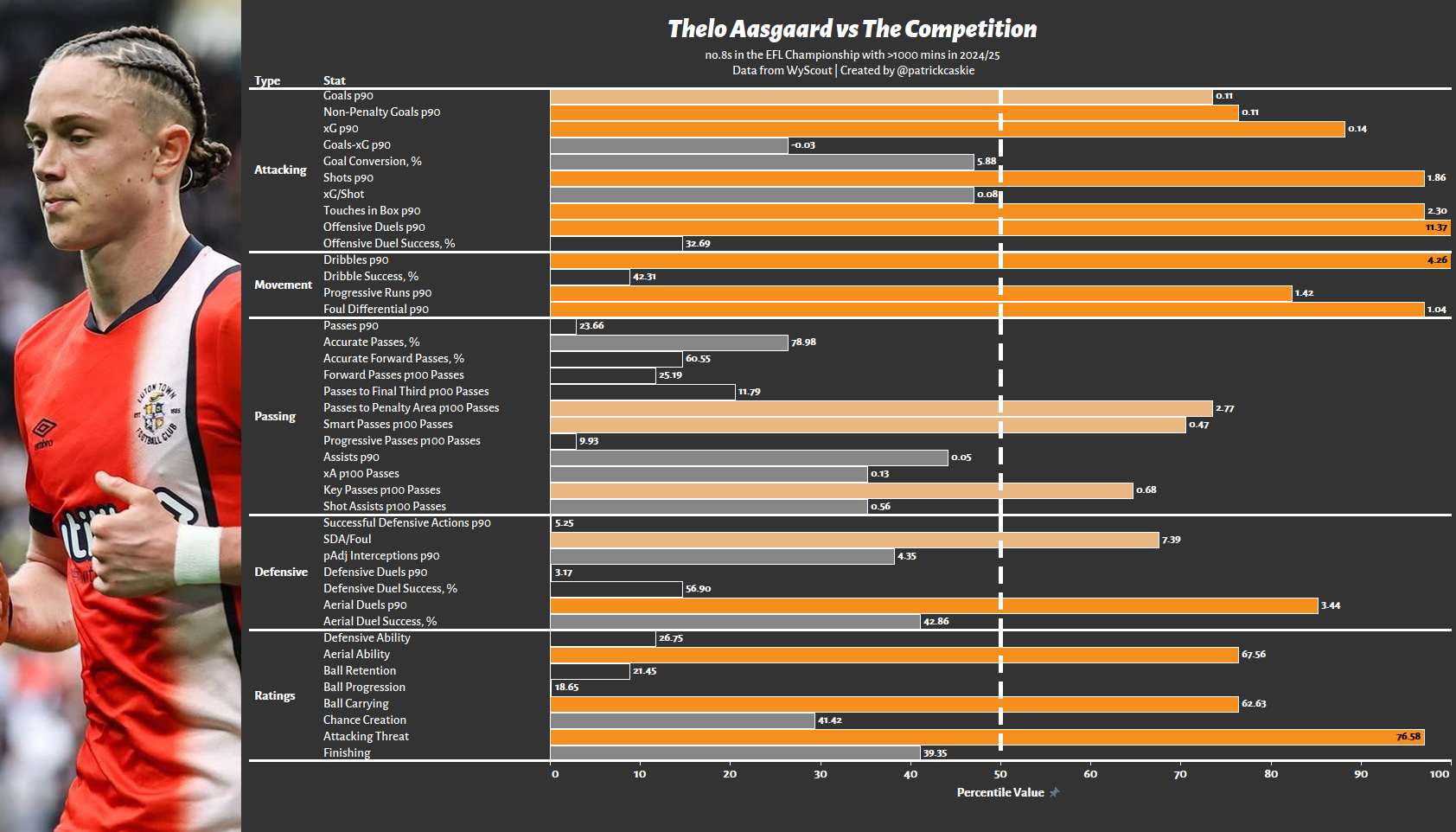
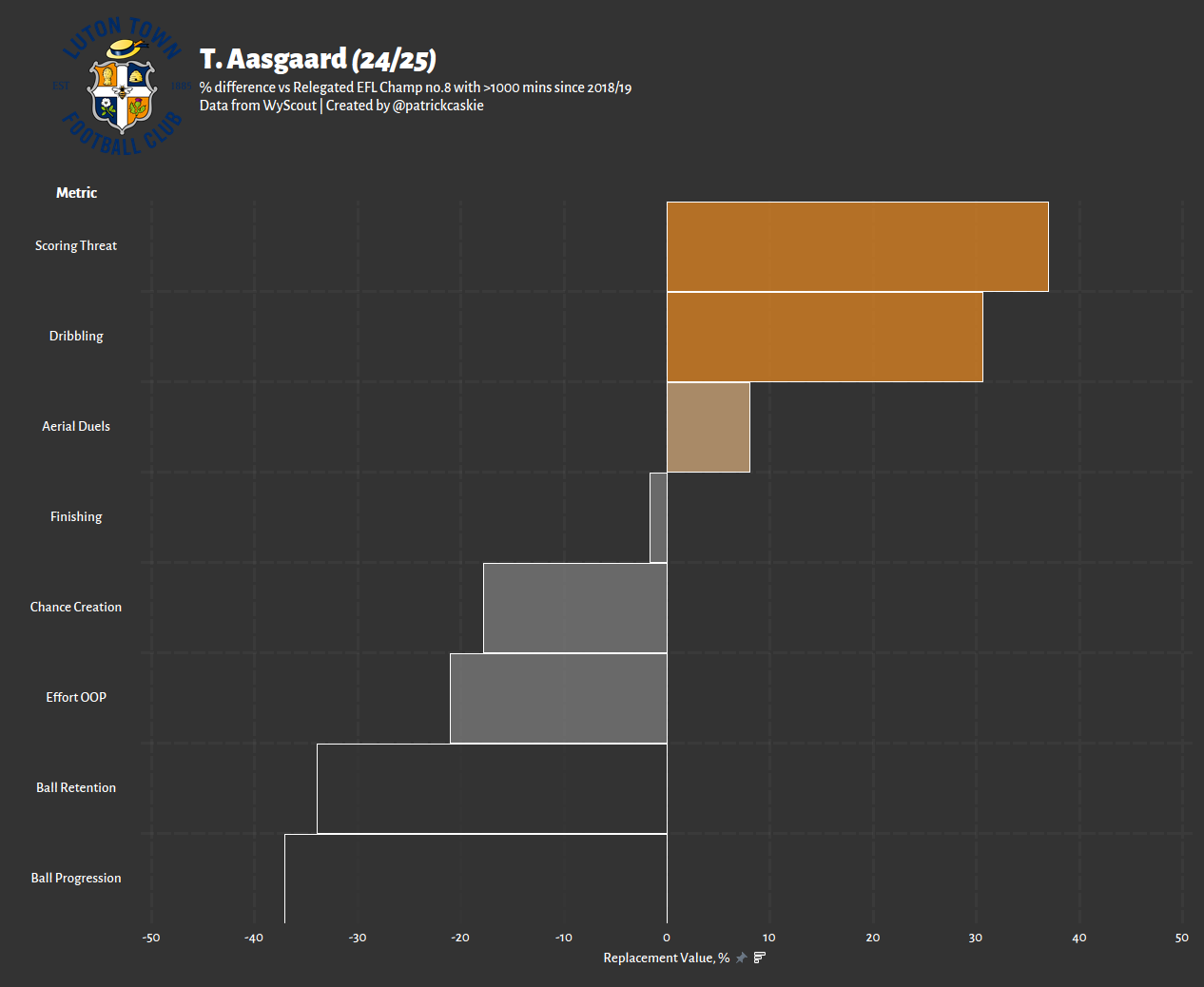
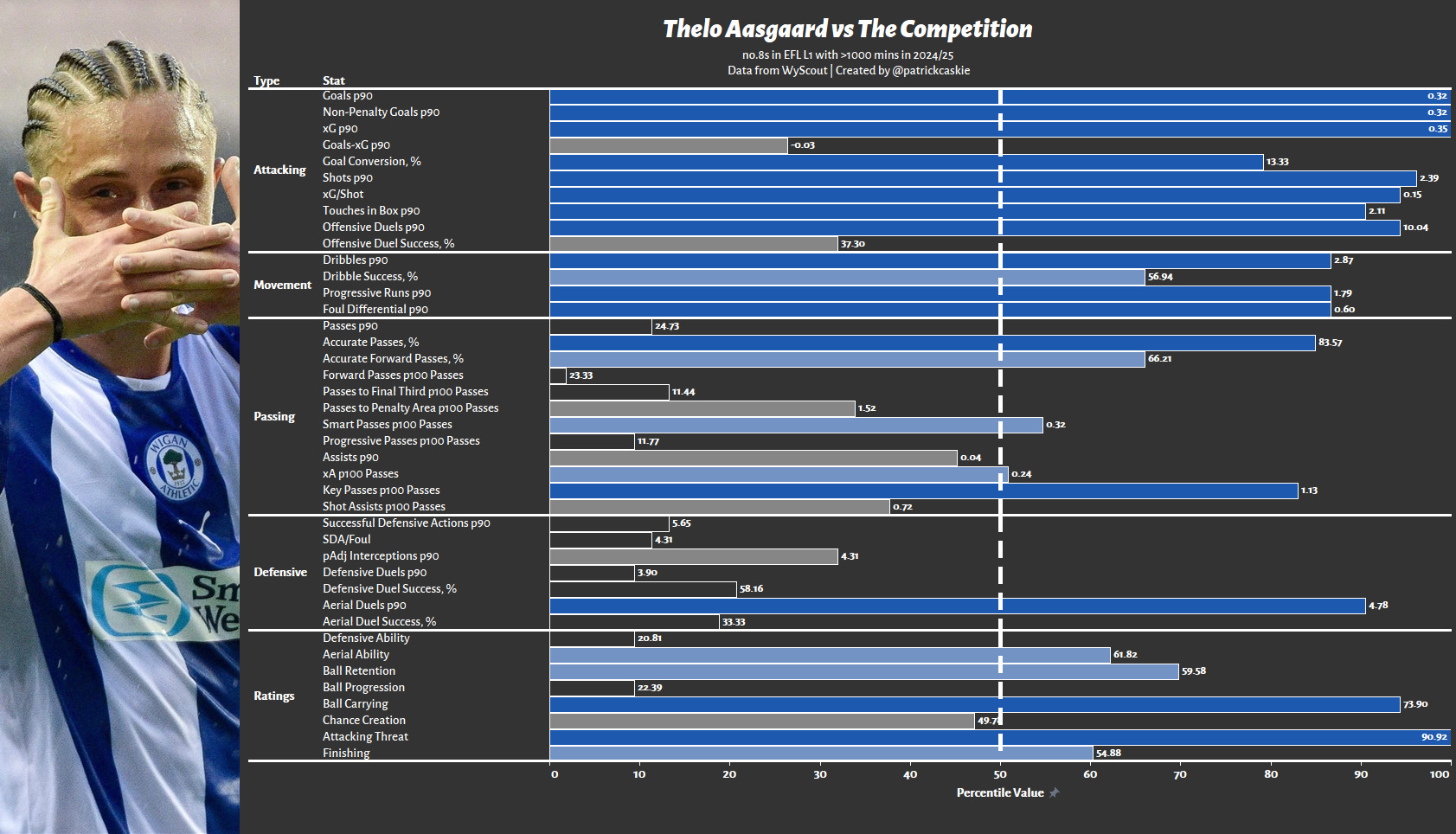
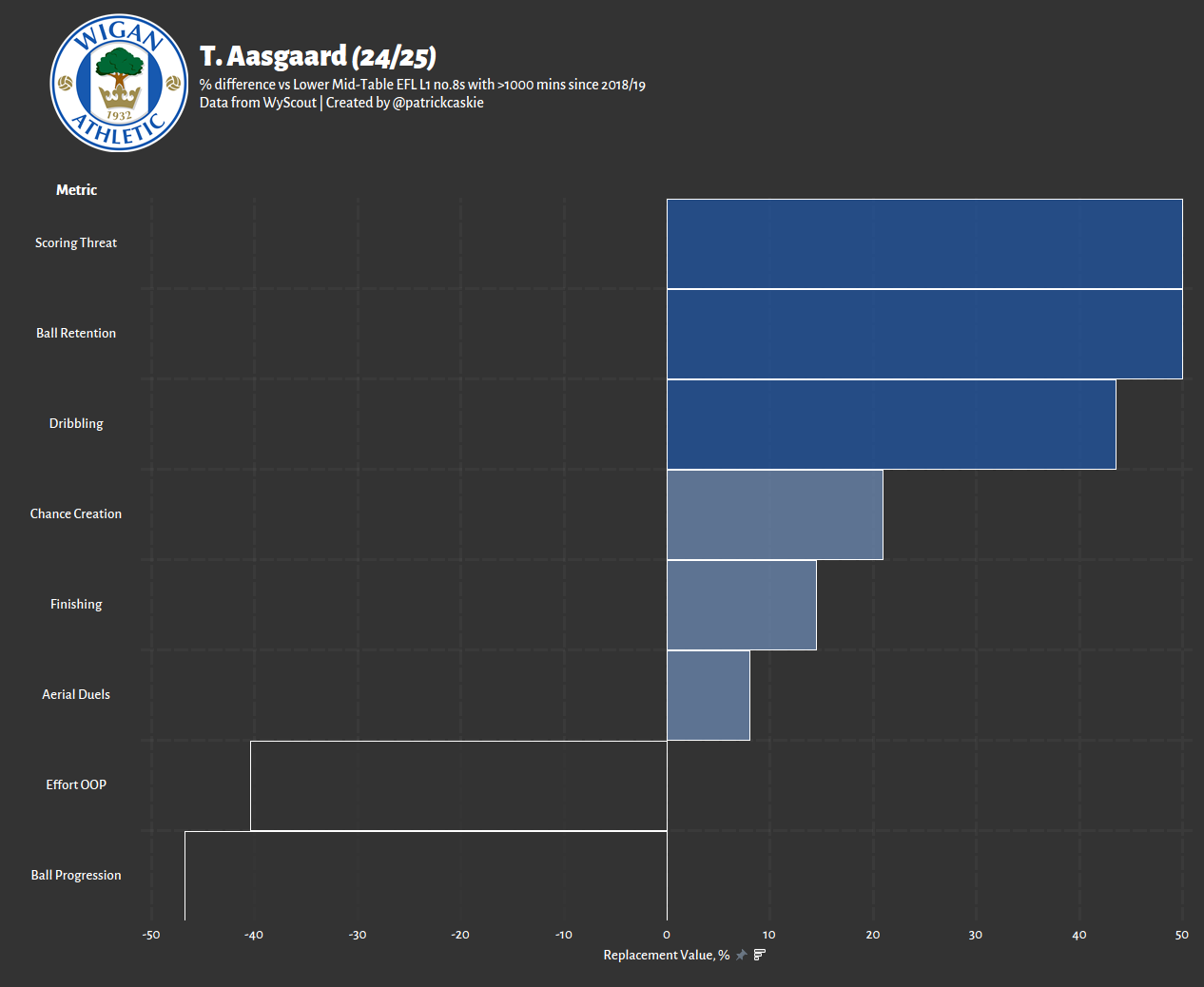
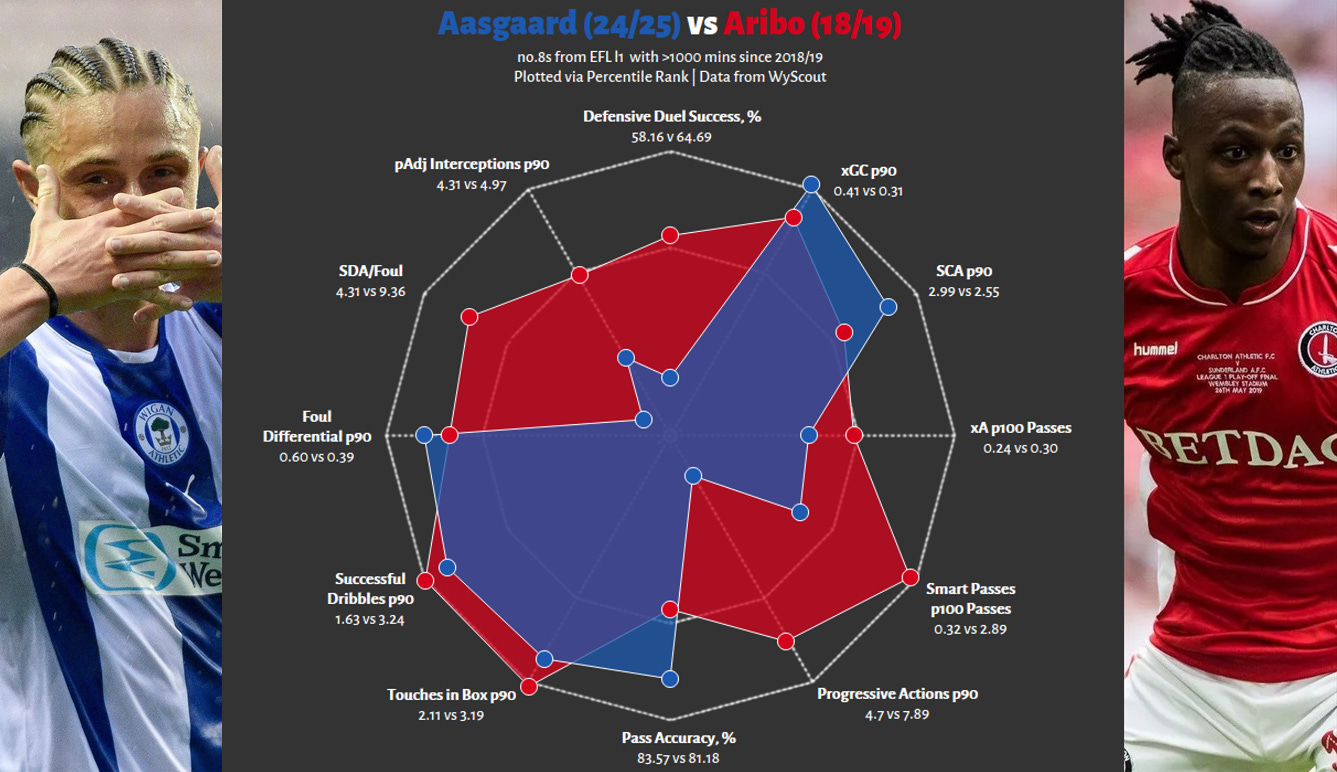
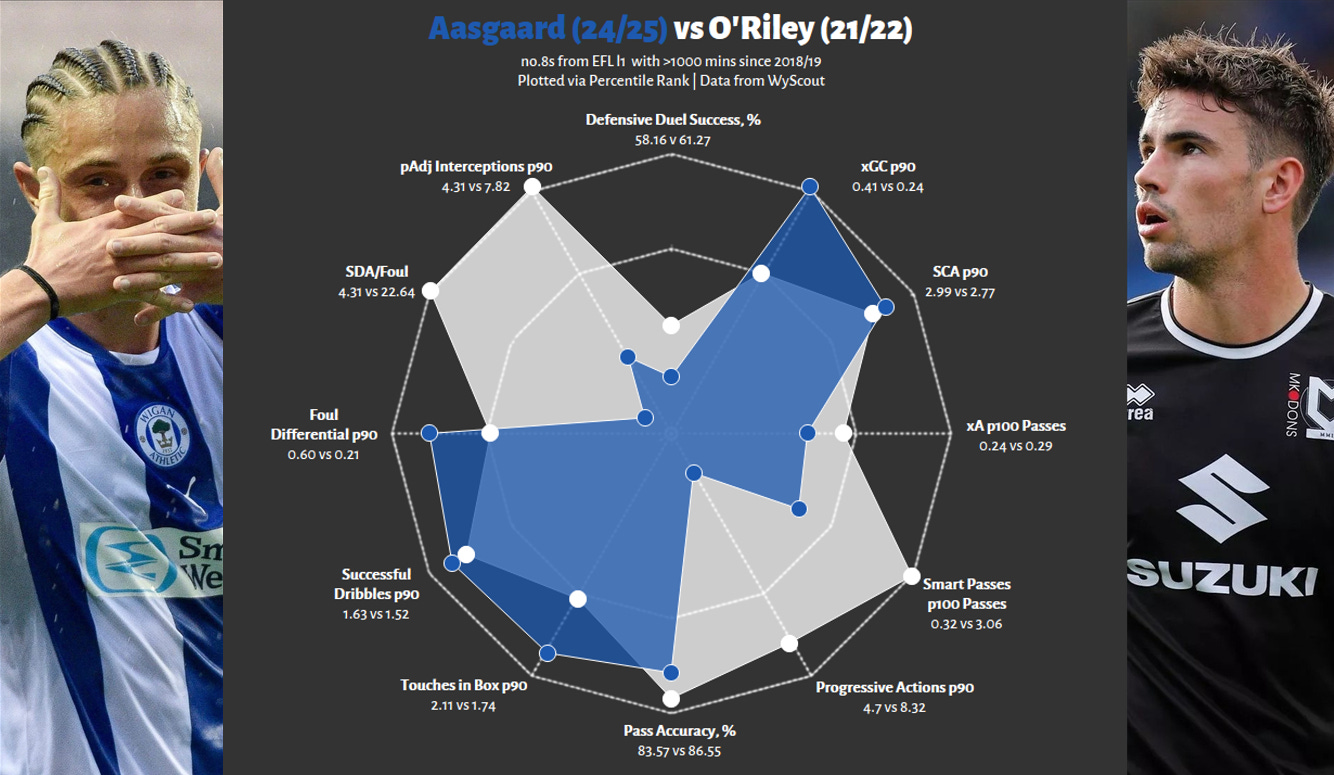
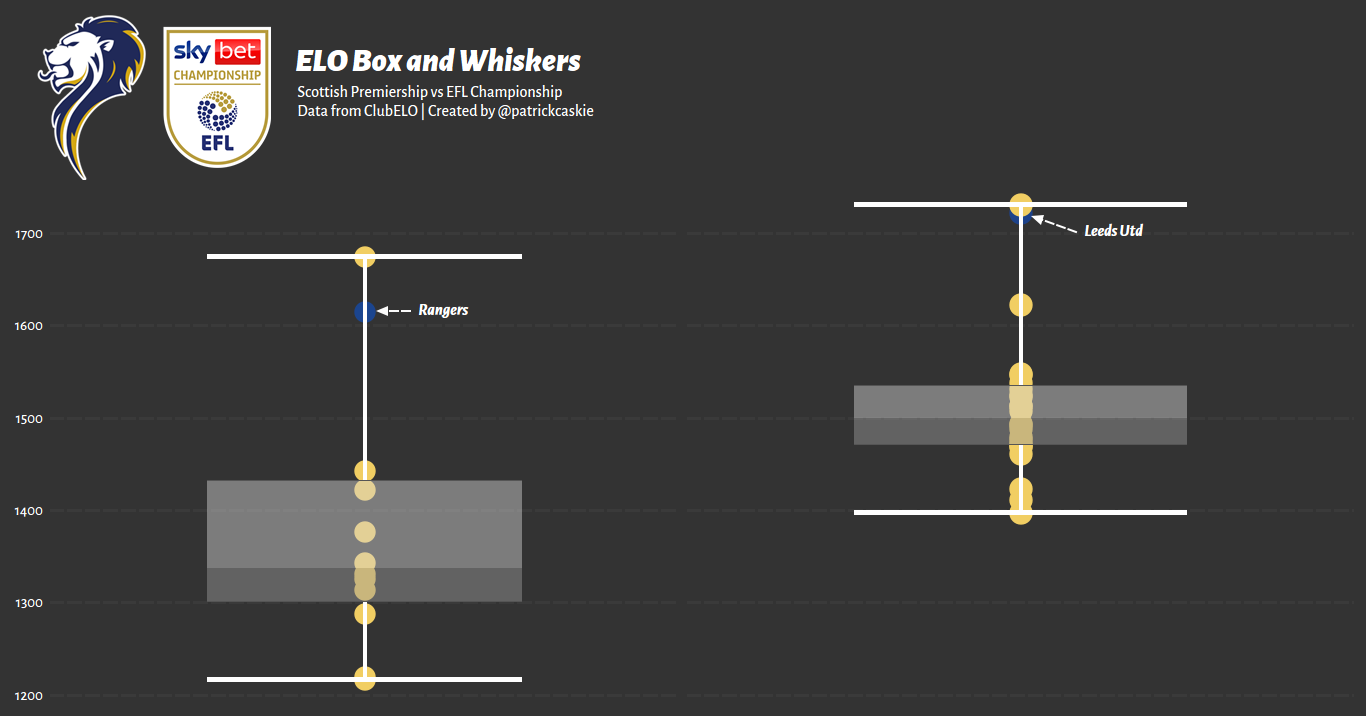
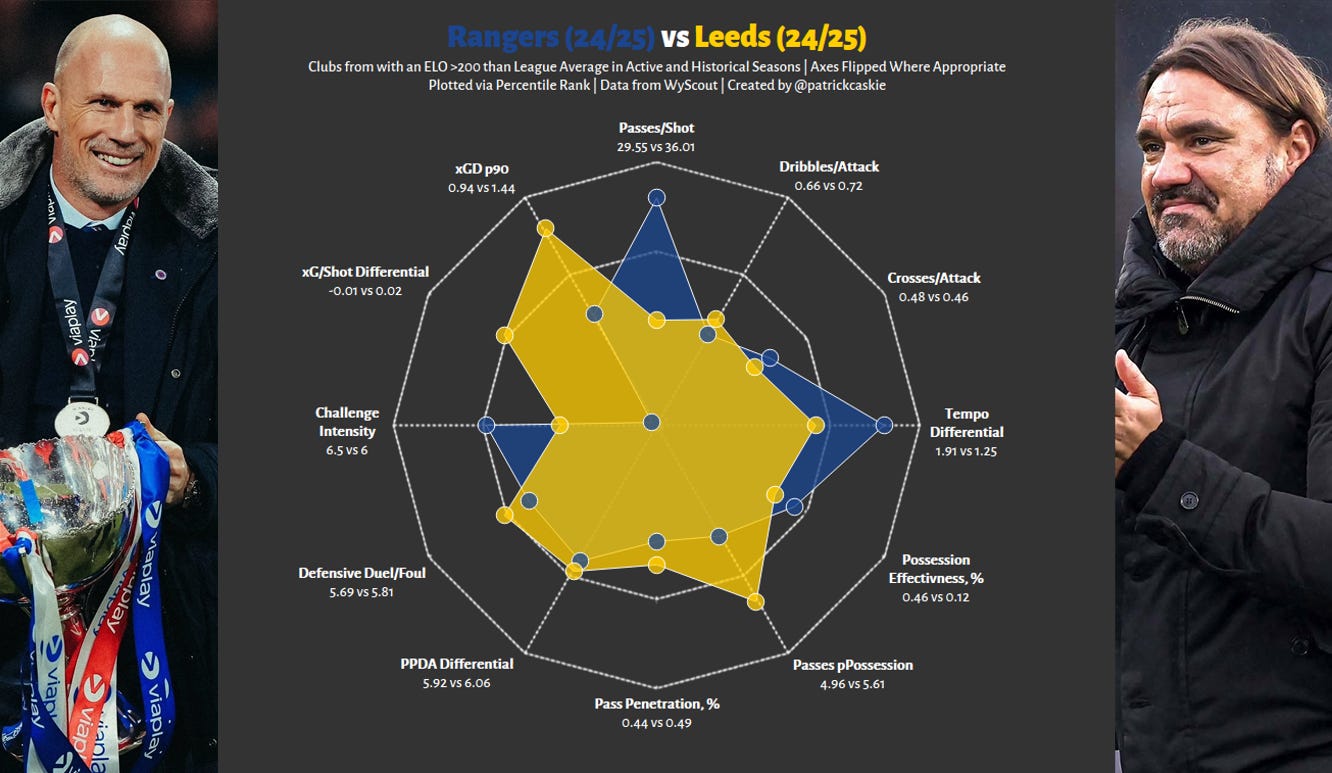
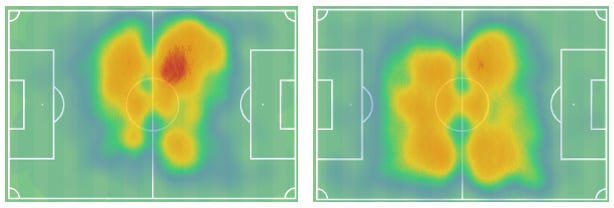
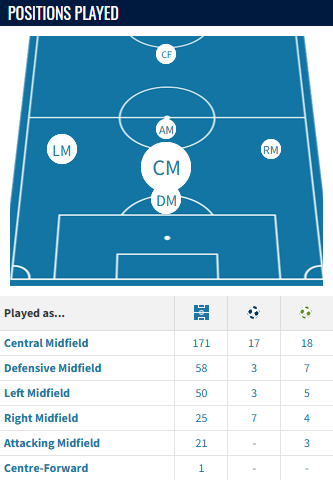
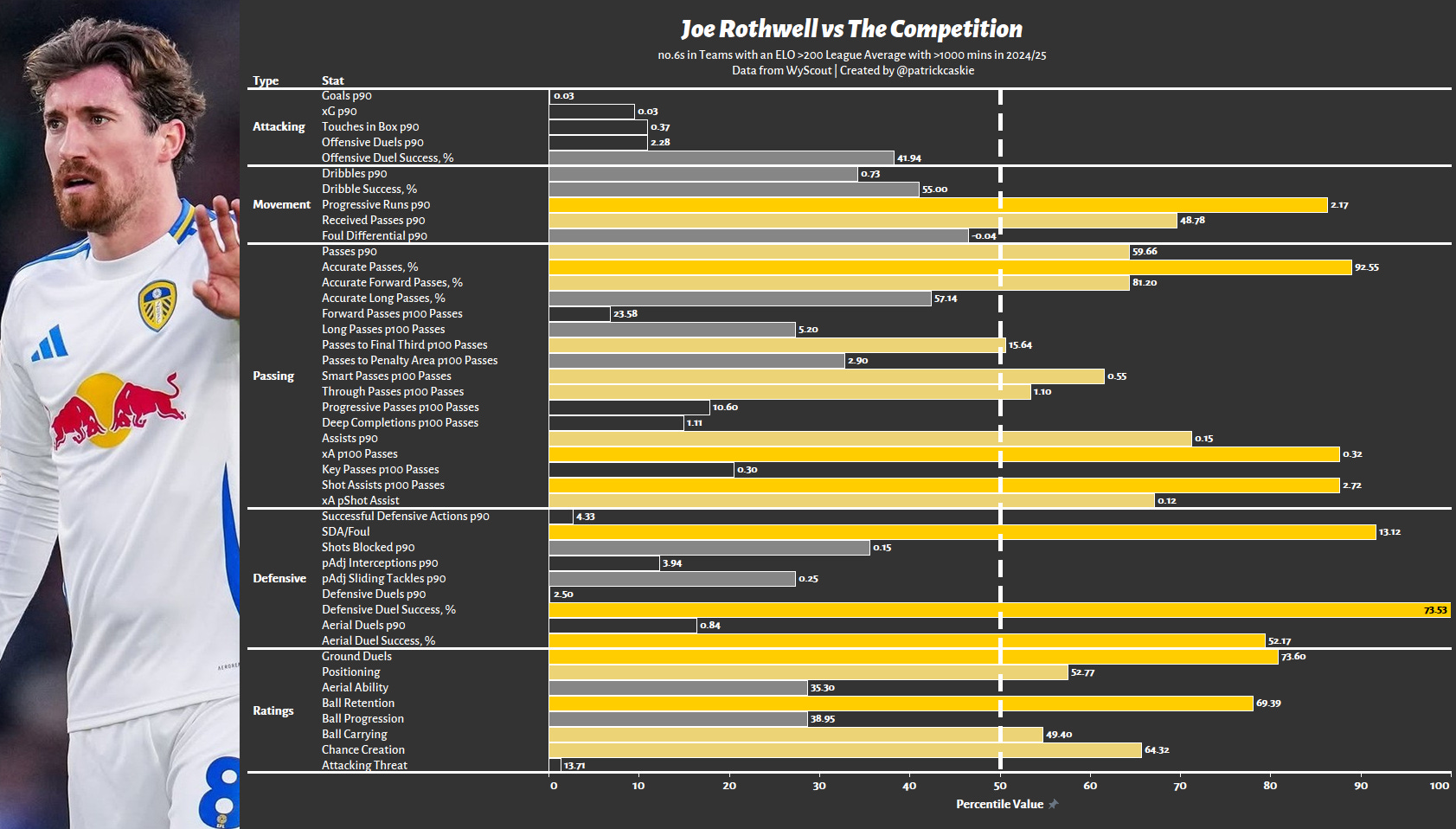
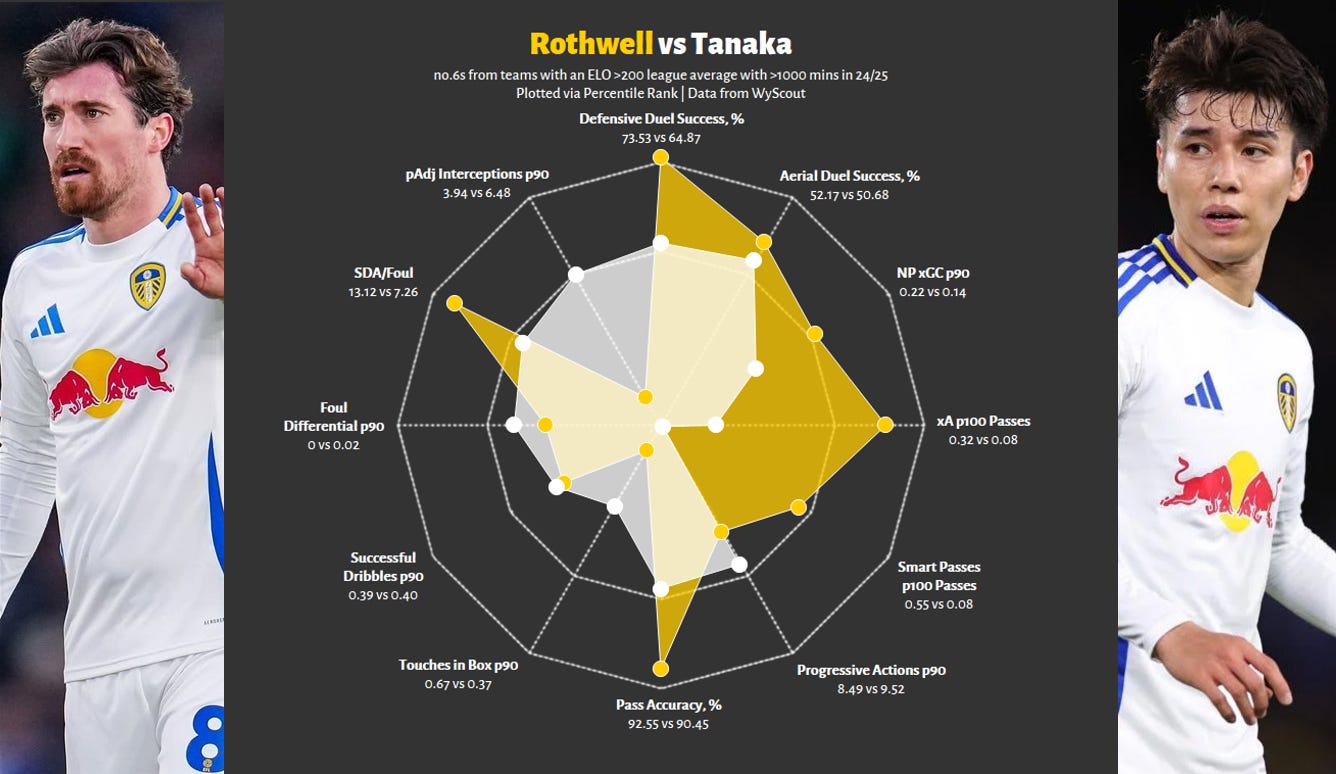
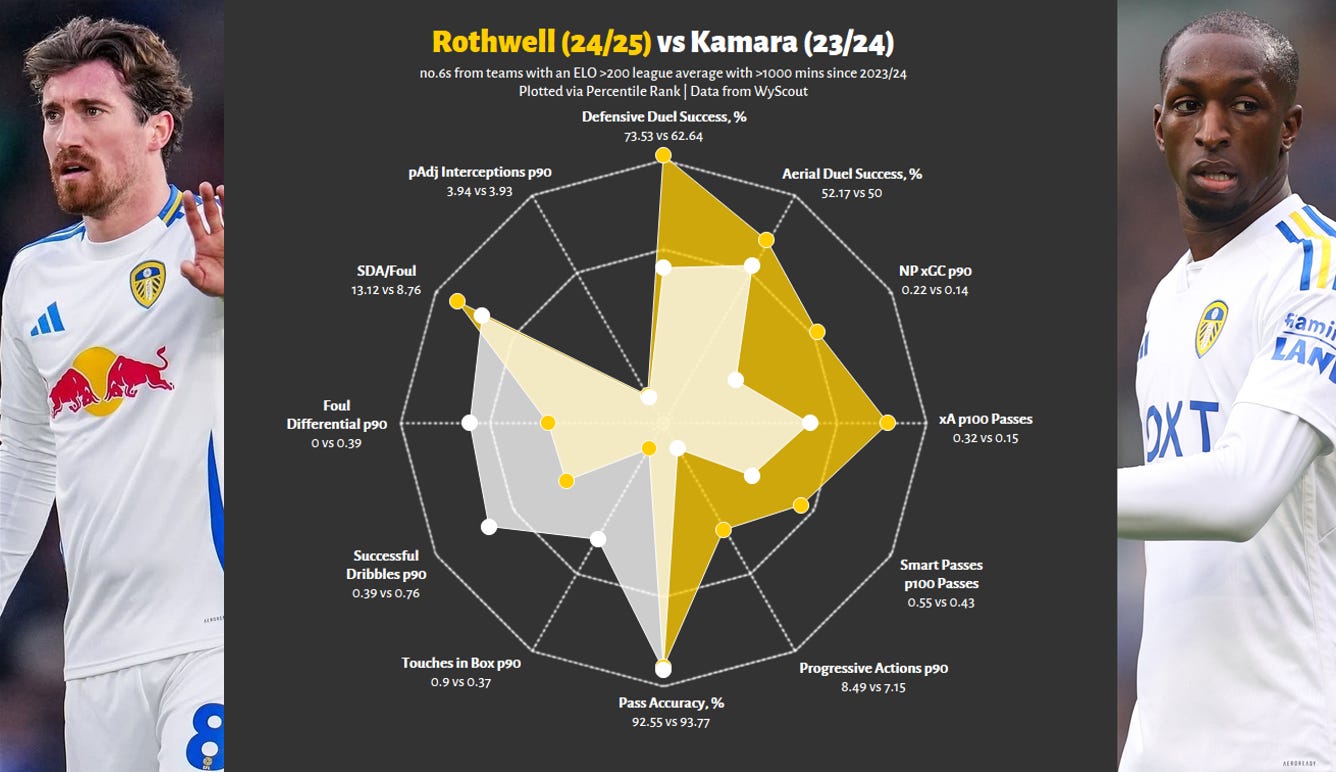
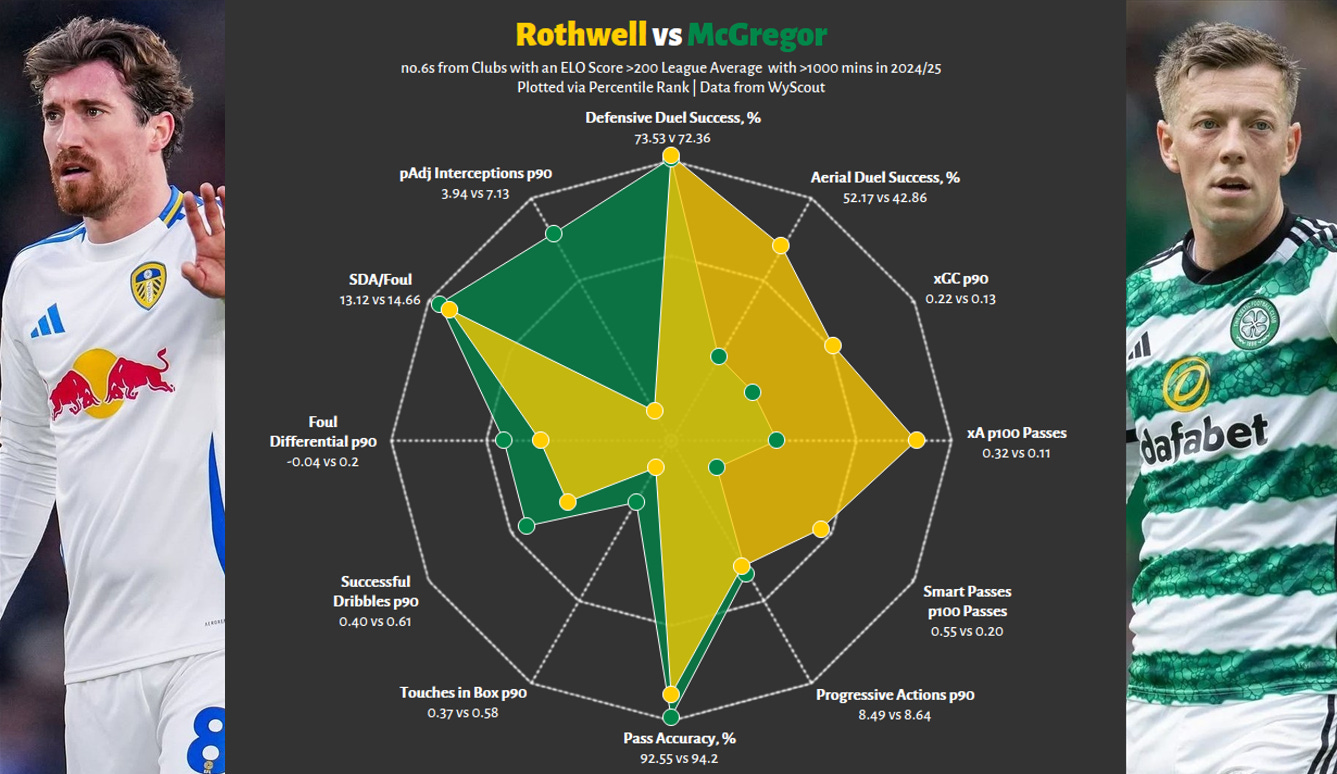
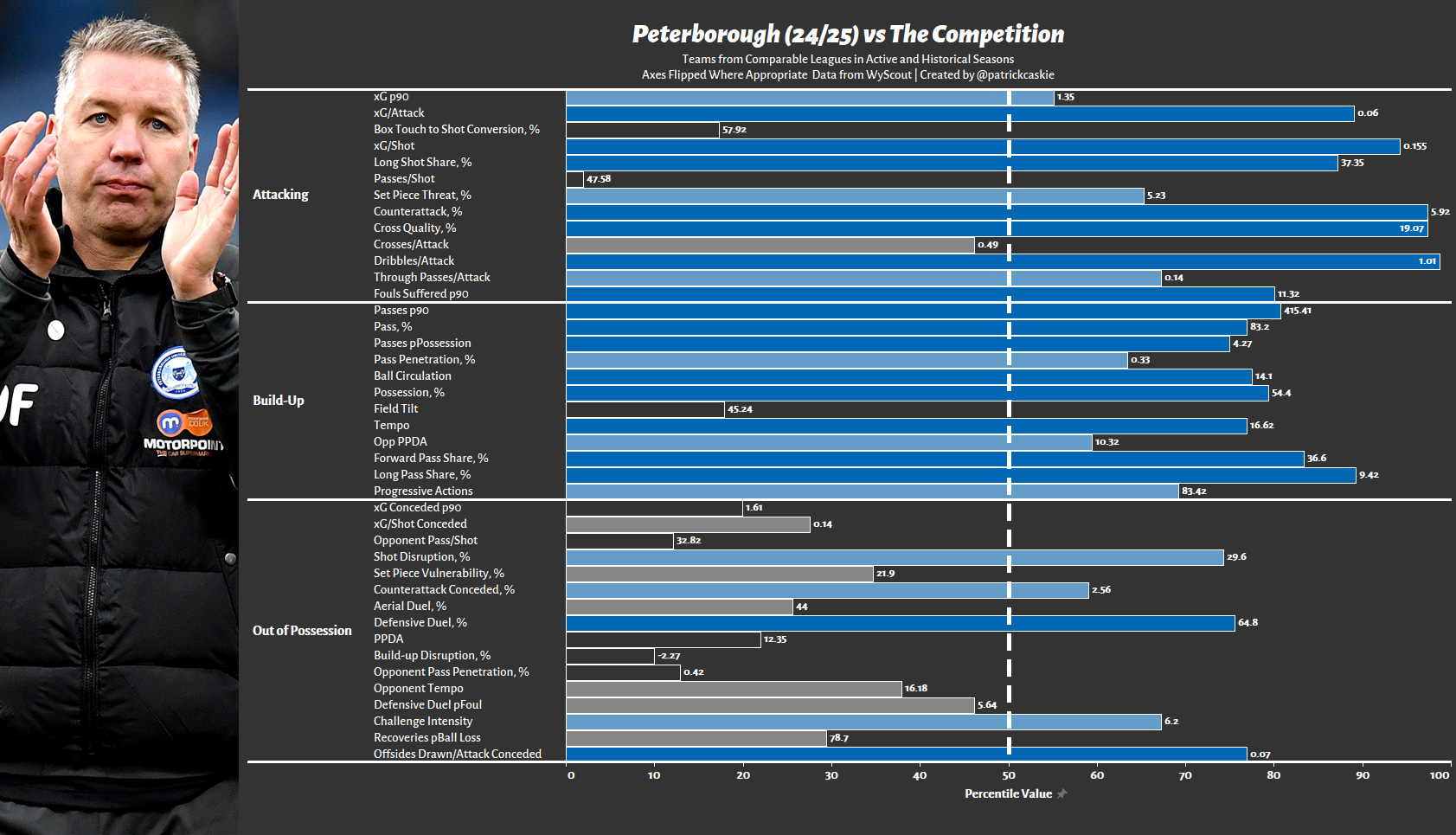
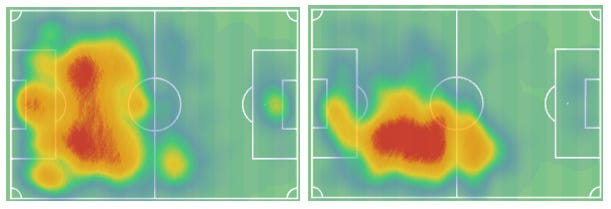
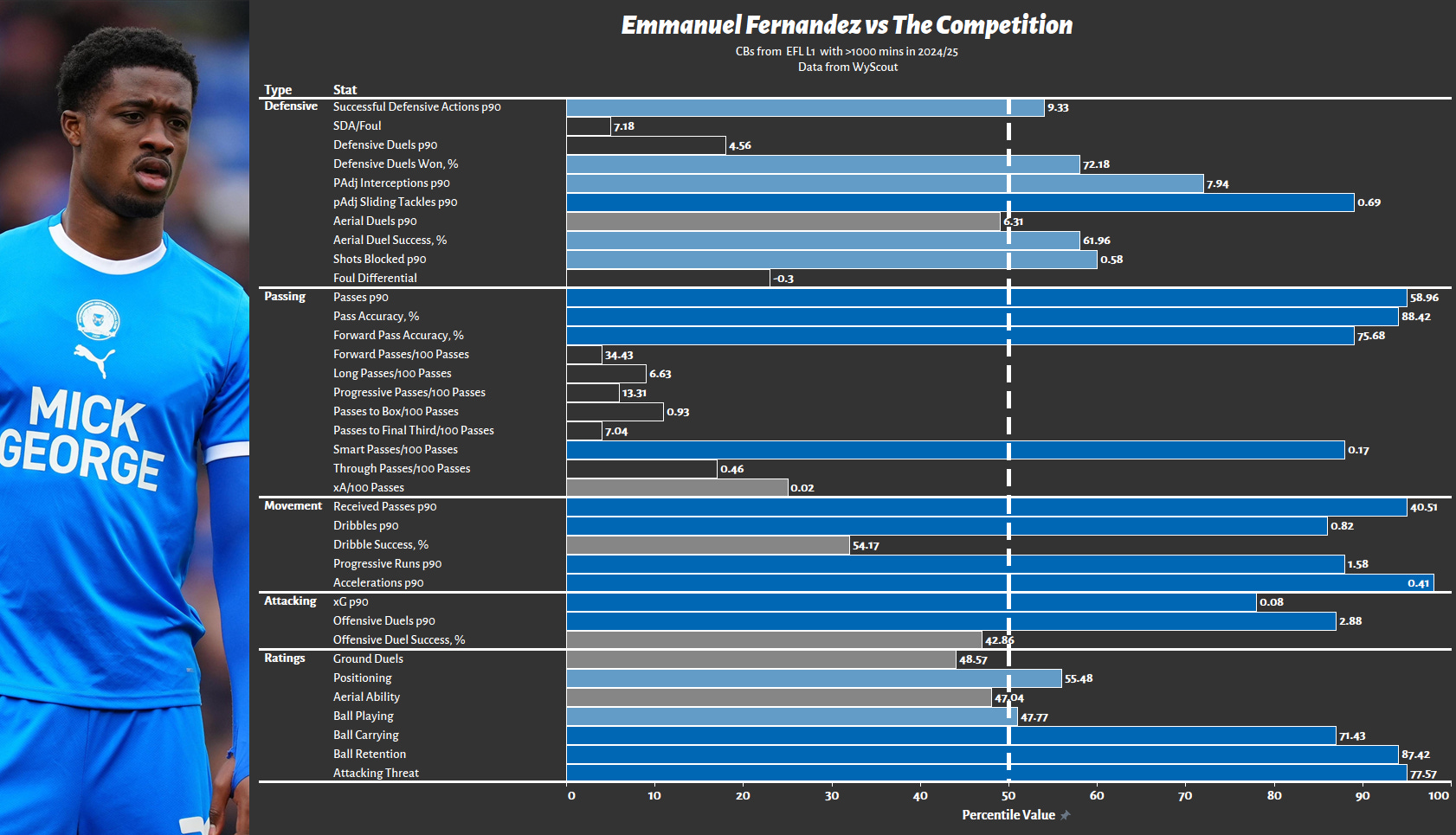
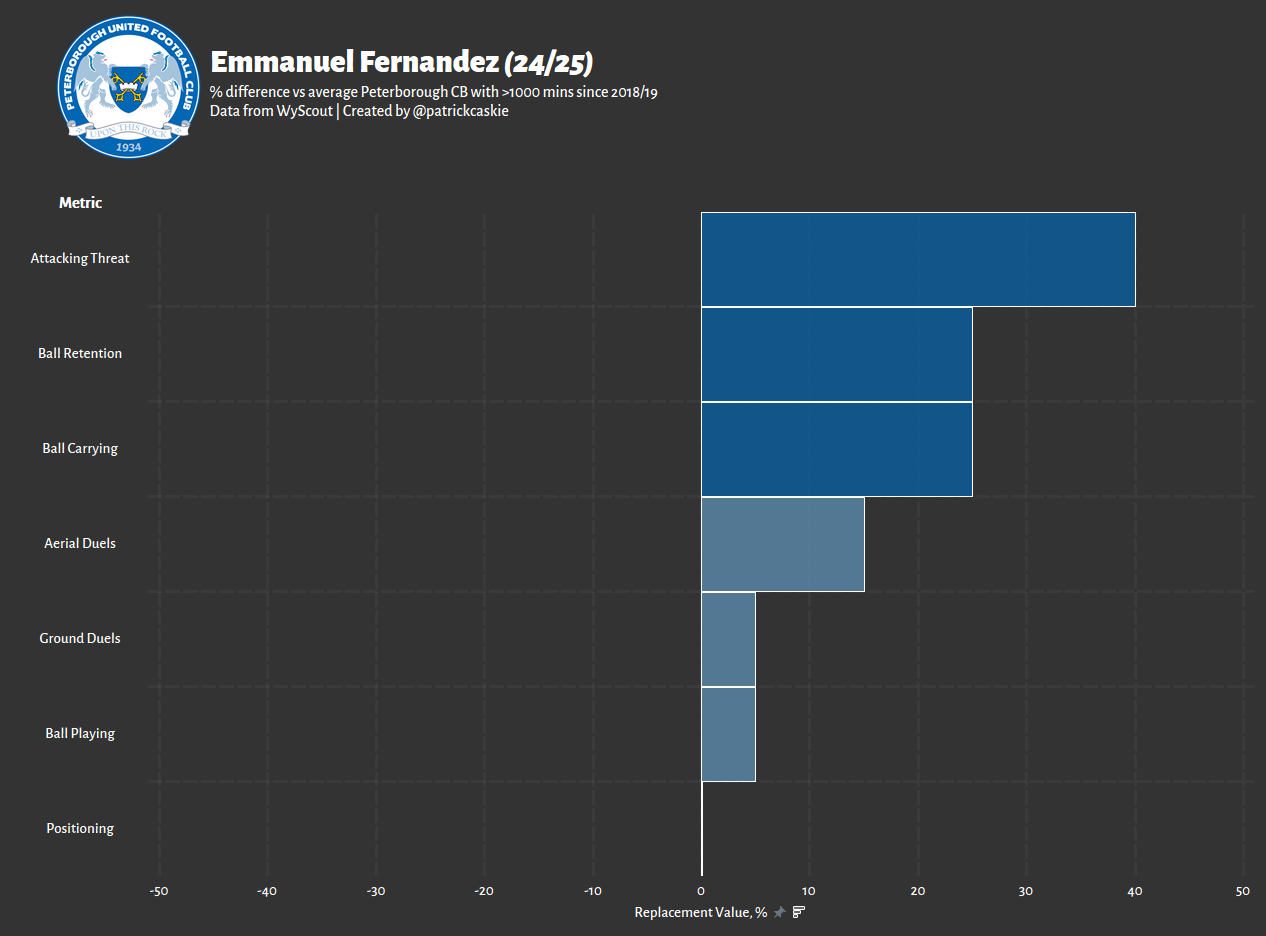
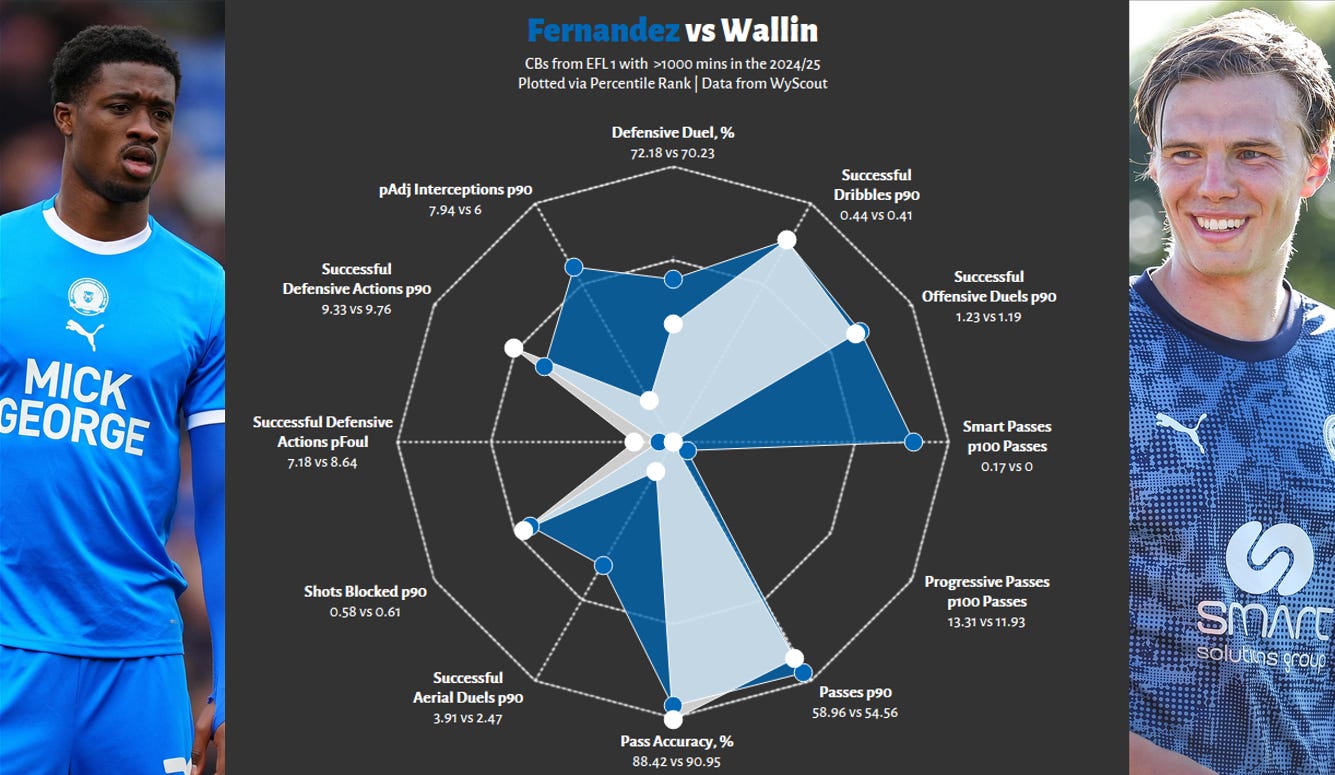
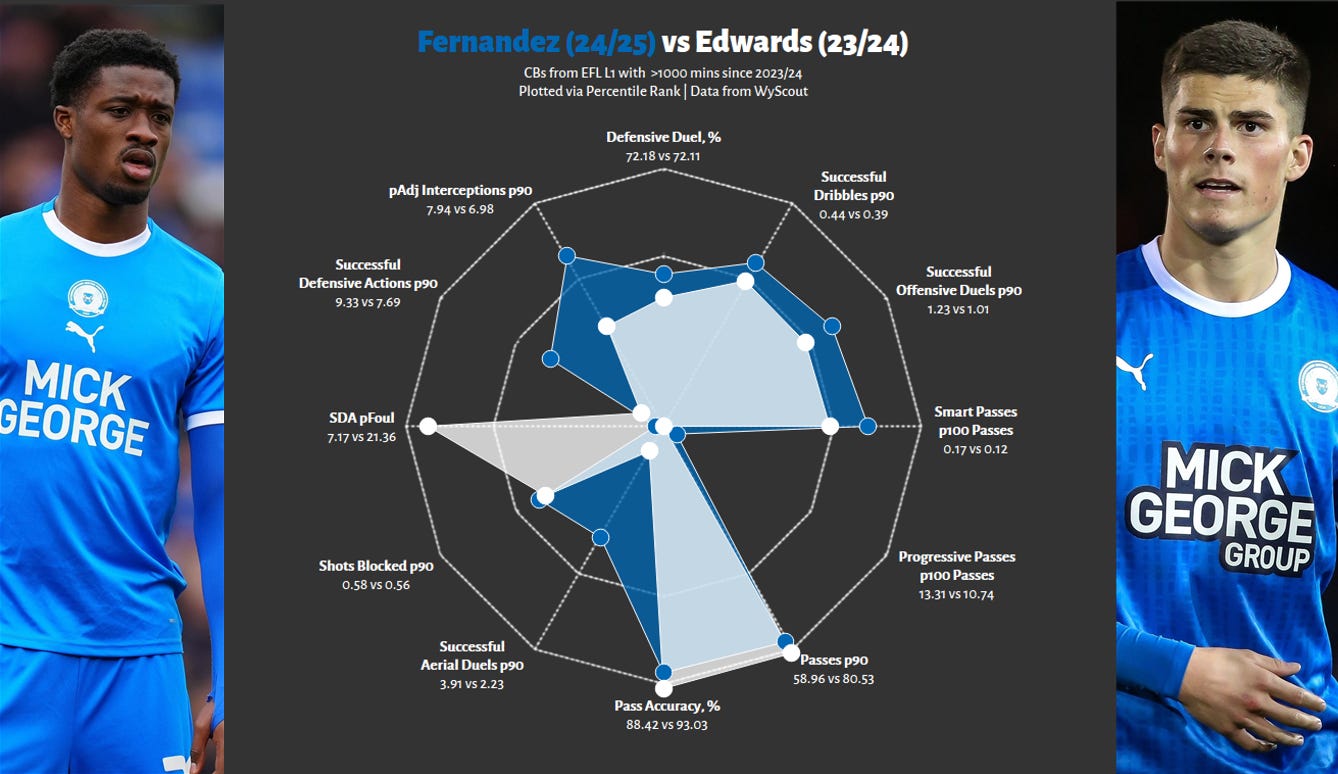
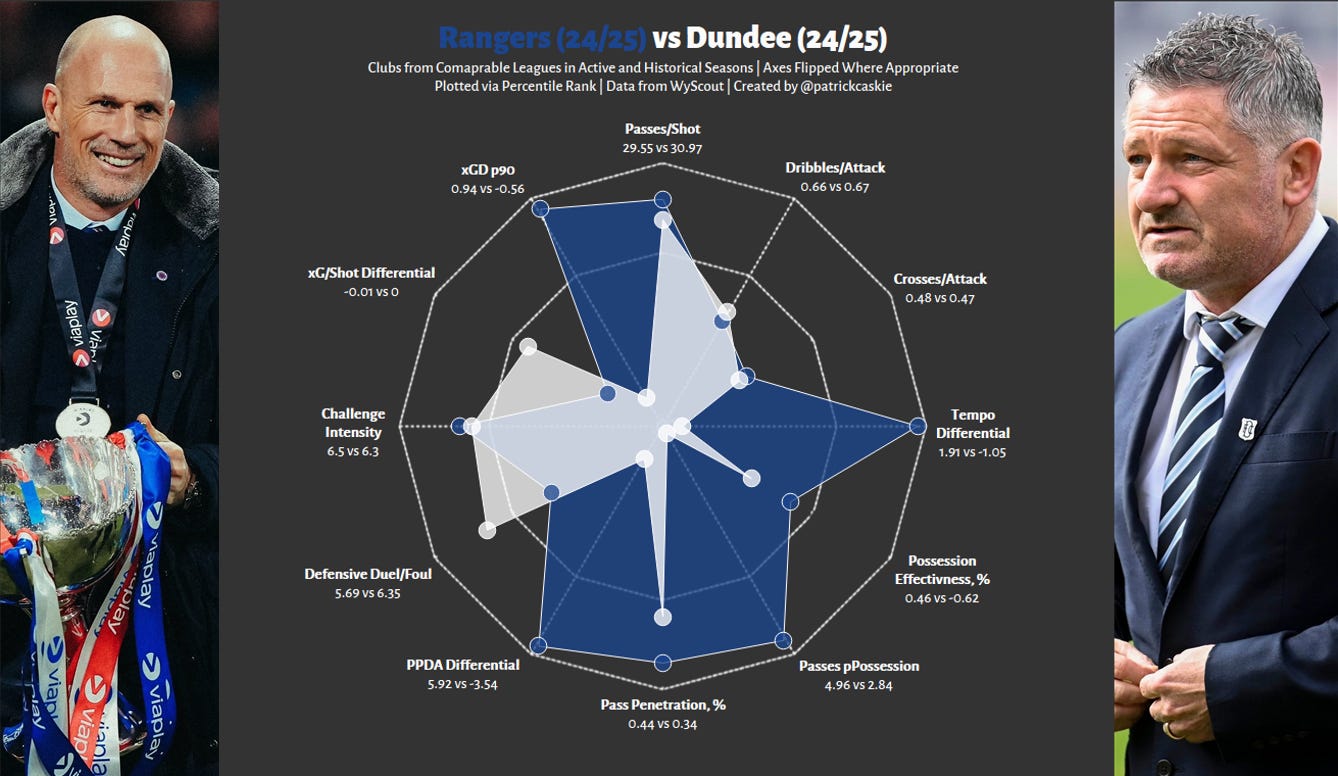
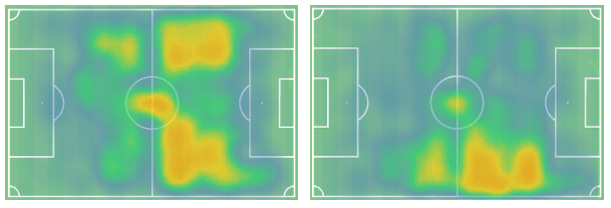
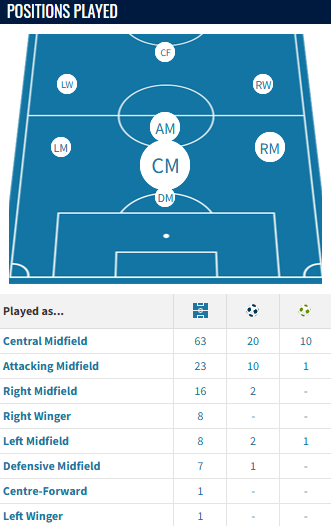
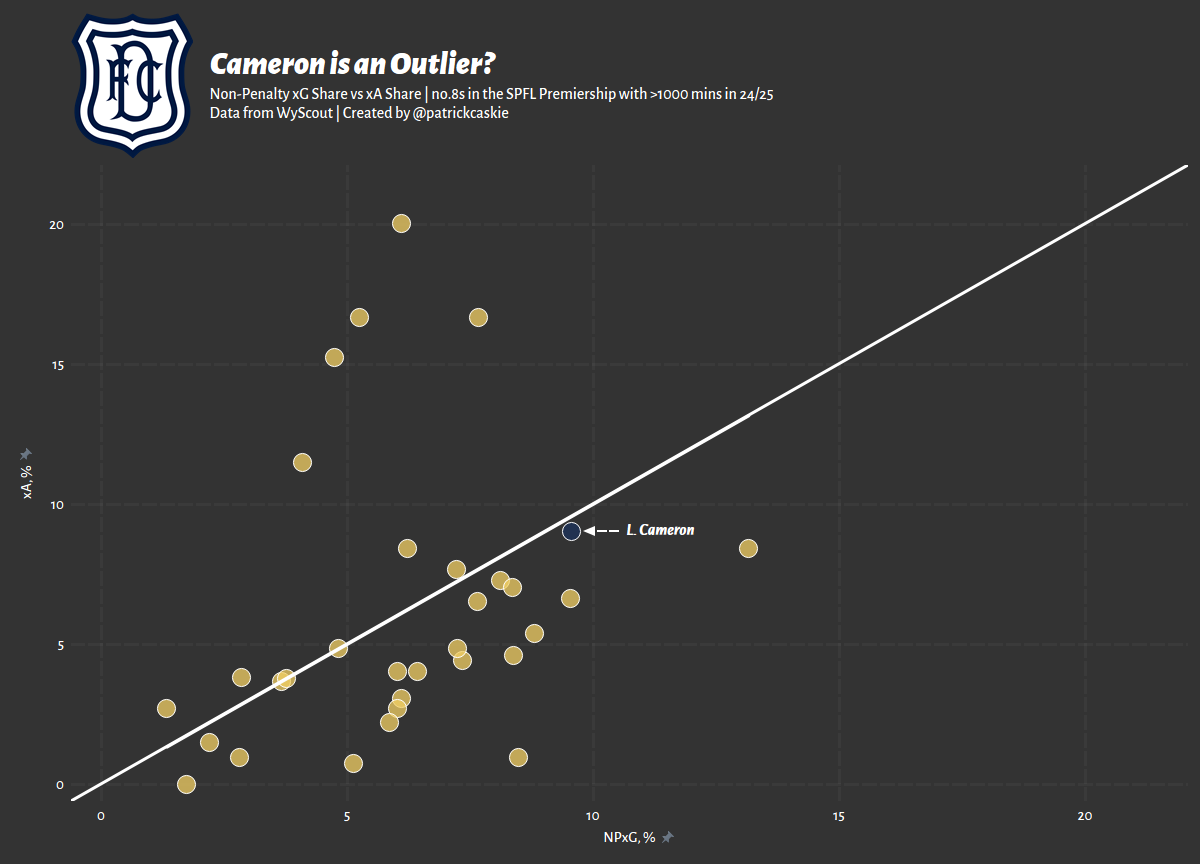
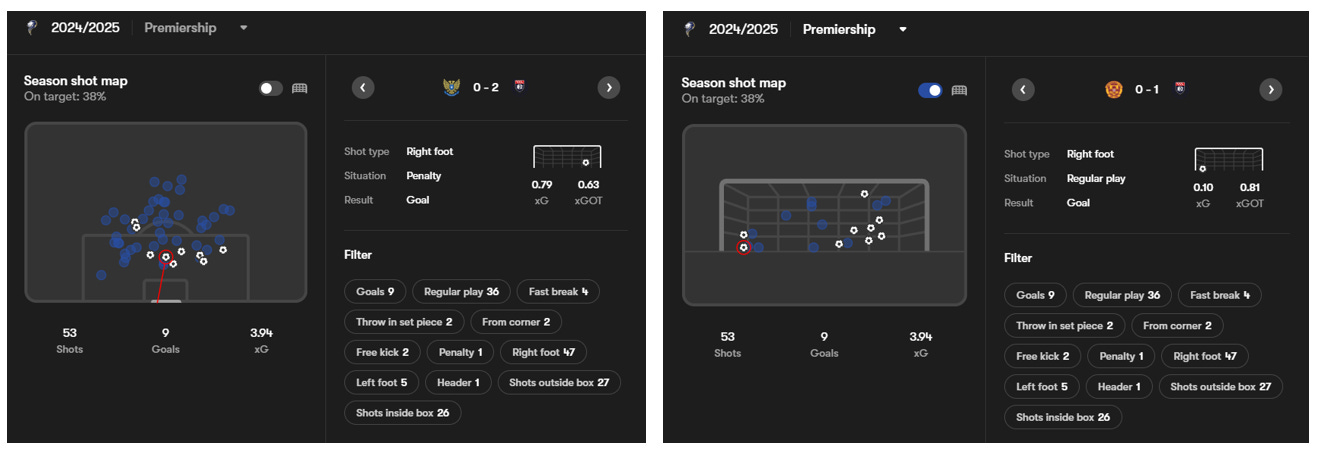
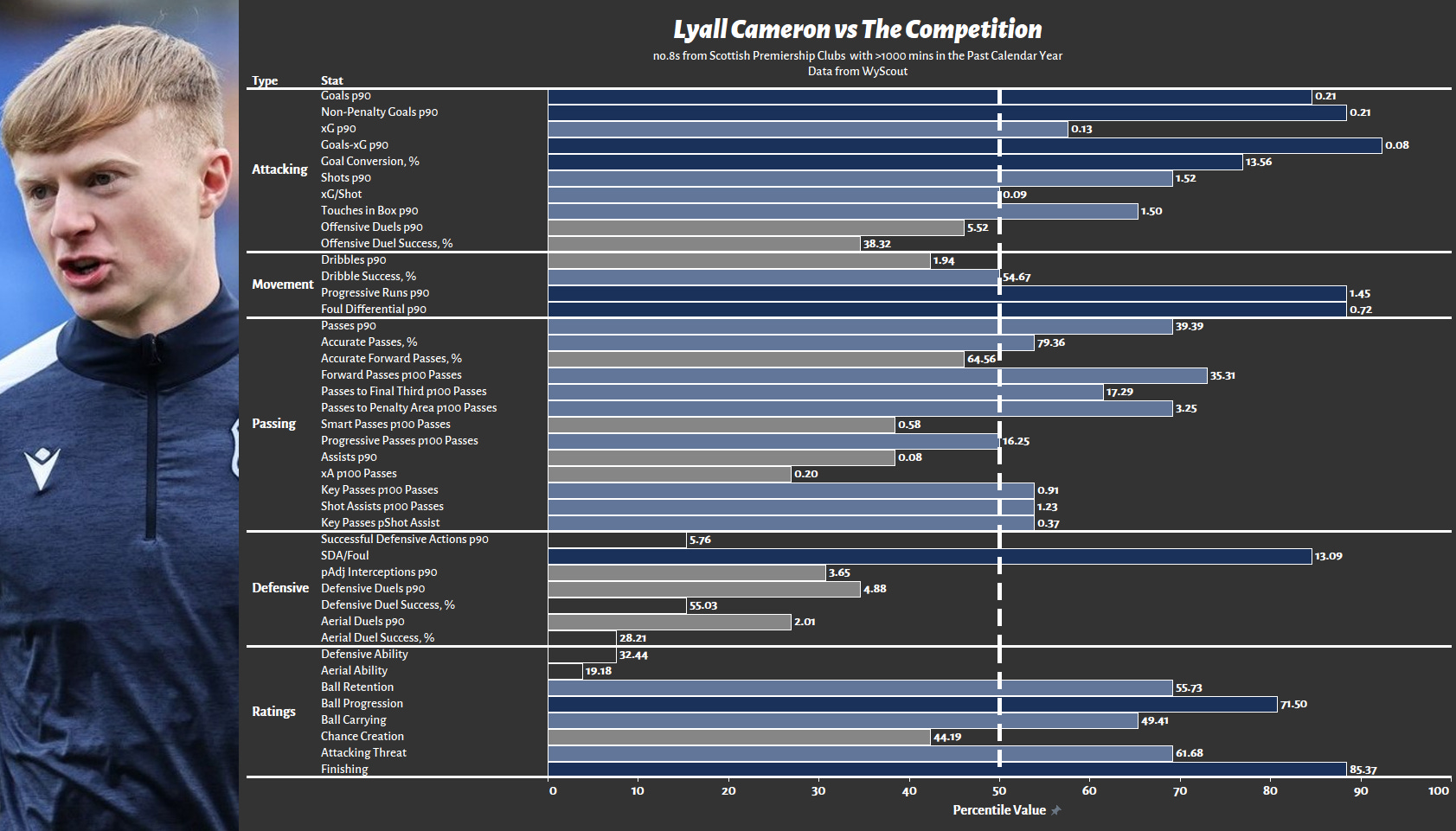
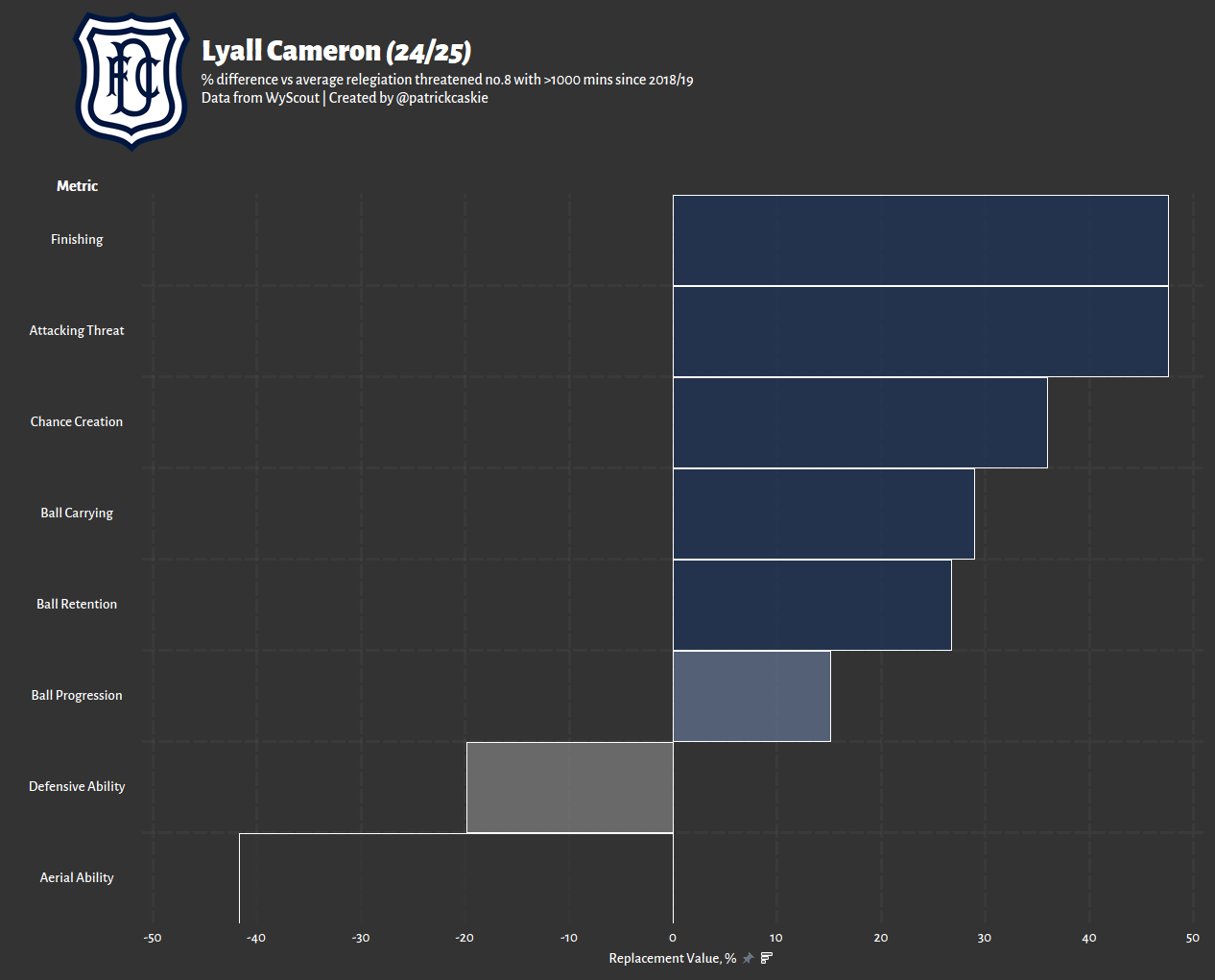
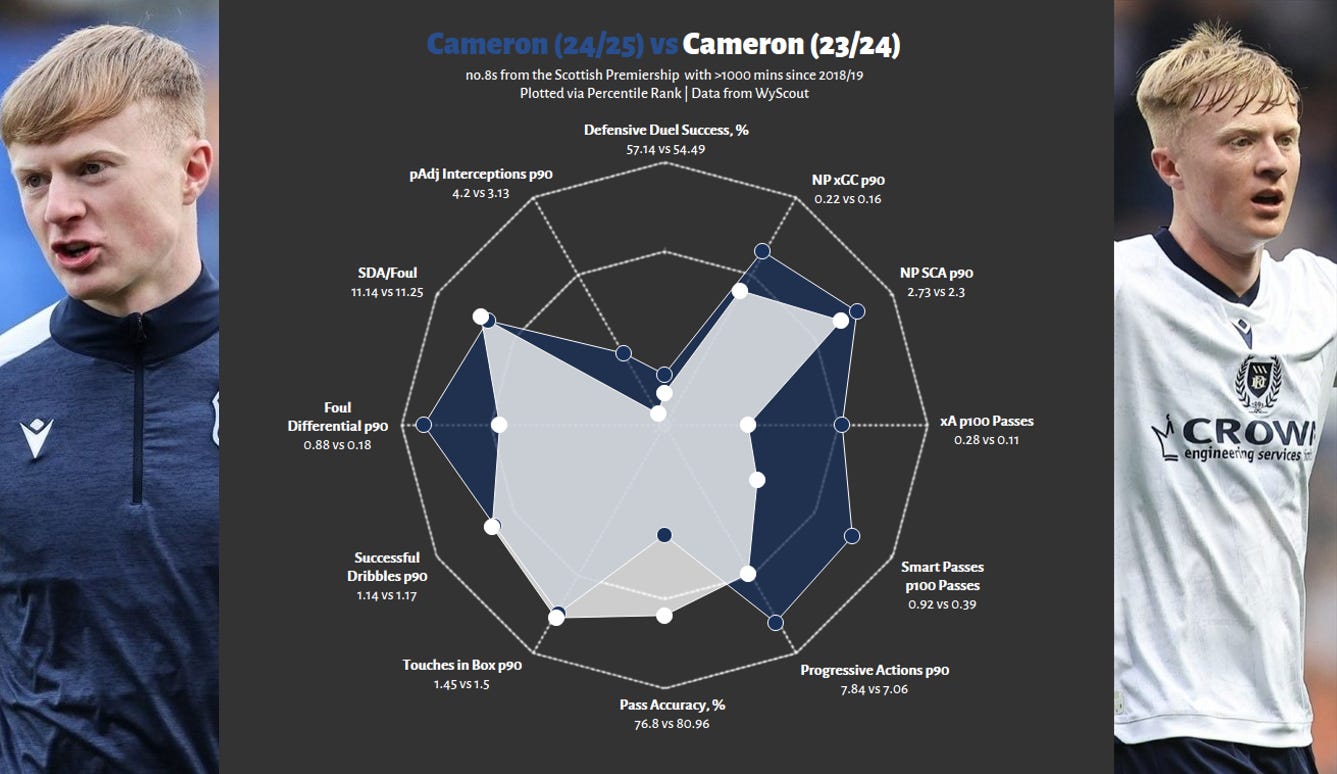
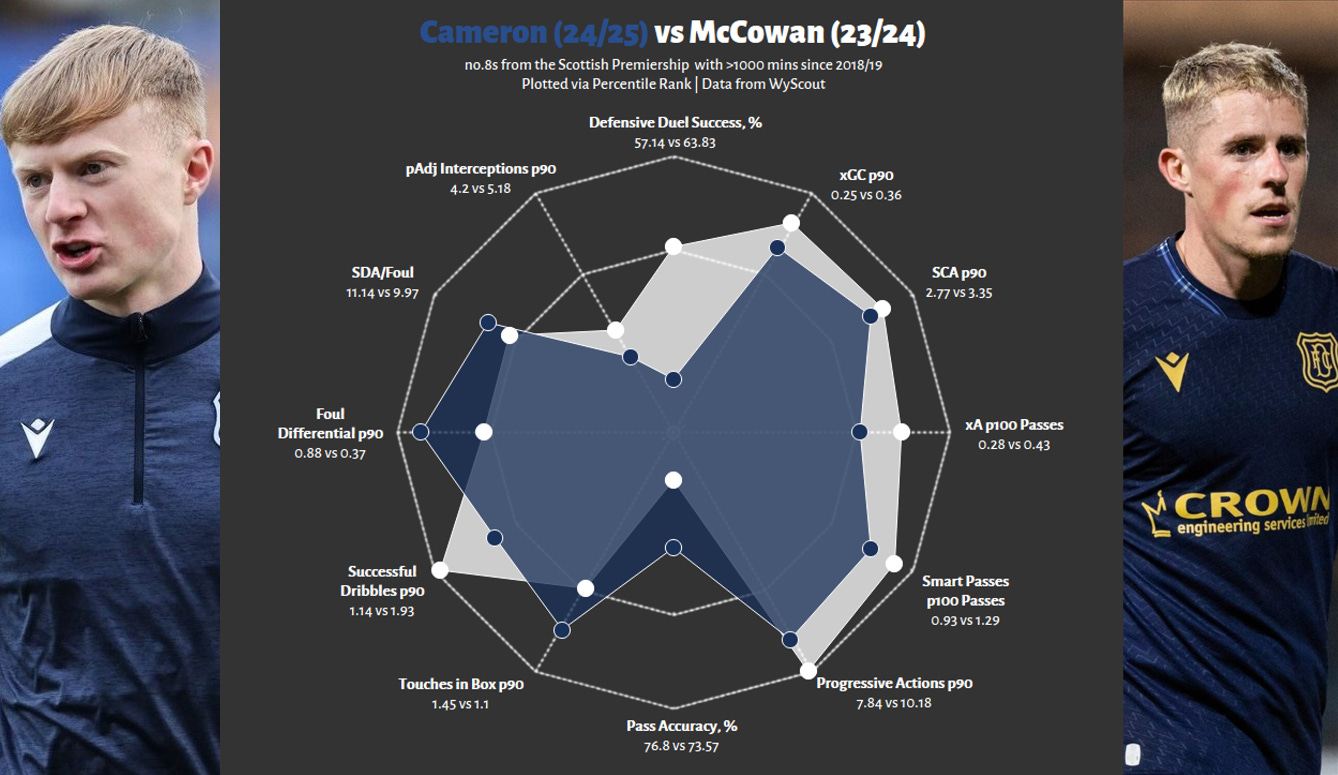
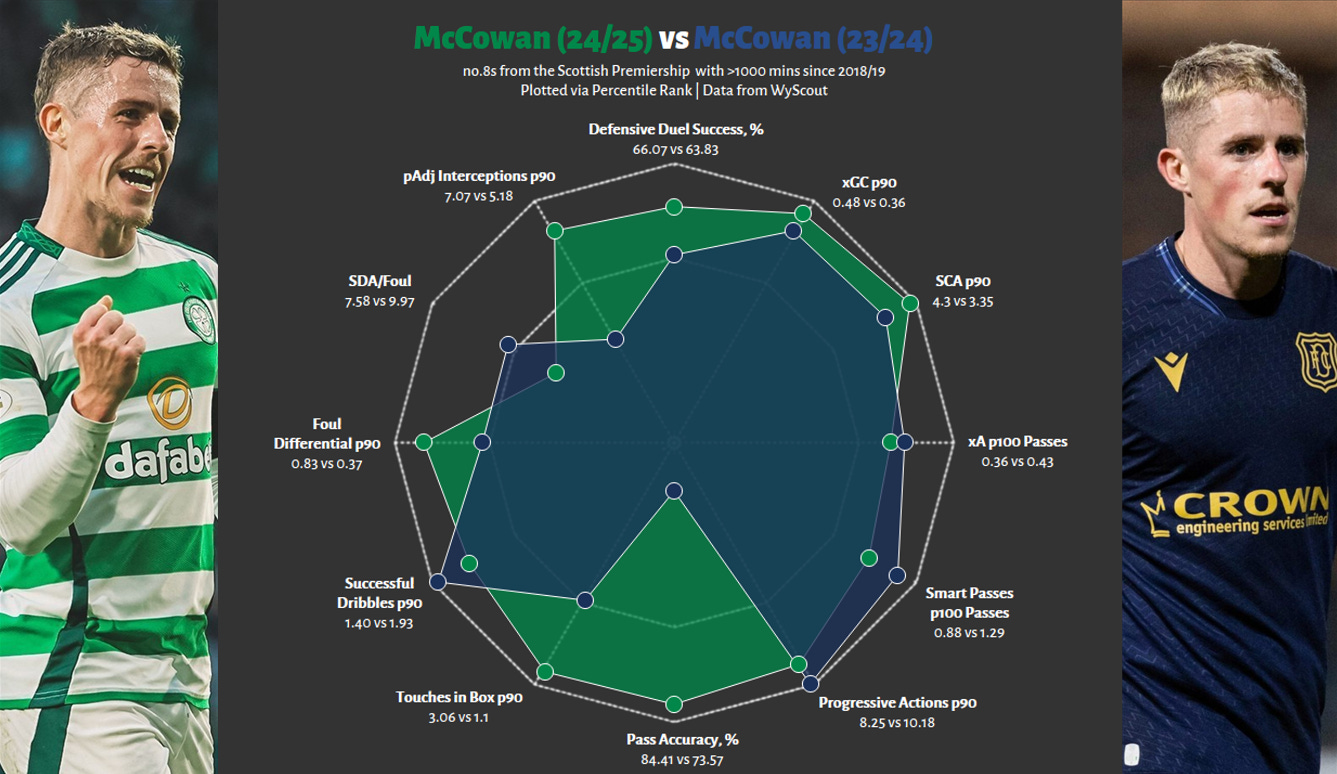
Regrettably, this serves well as confirmation bias as to my thoughts on the window, which as whole has been disappointing.
I have no idea what Thelwell's remit has been compared to Koppens, but have to wonder if he was aware what sort of players Martin actually wants, or whether or not he has watched a Rangers game in the past 2+ years from an analytical perspective.
Players who suit neither the league nor the team, a lack of proven experience but also future resale ability means we've been left with a baffling mix of players we probably won't end up need in the short term but also won't be able to shift in the long term. Considering the need to win and win now, I'm worried to say the least.
Justice for Nils koppen